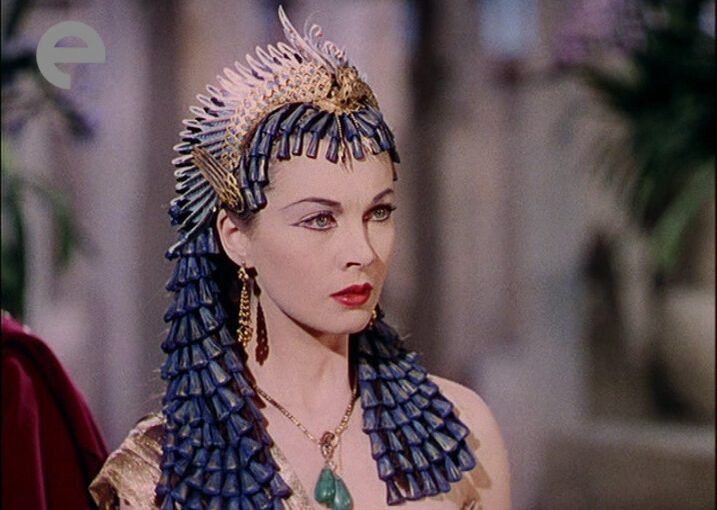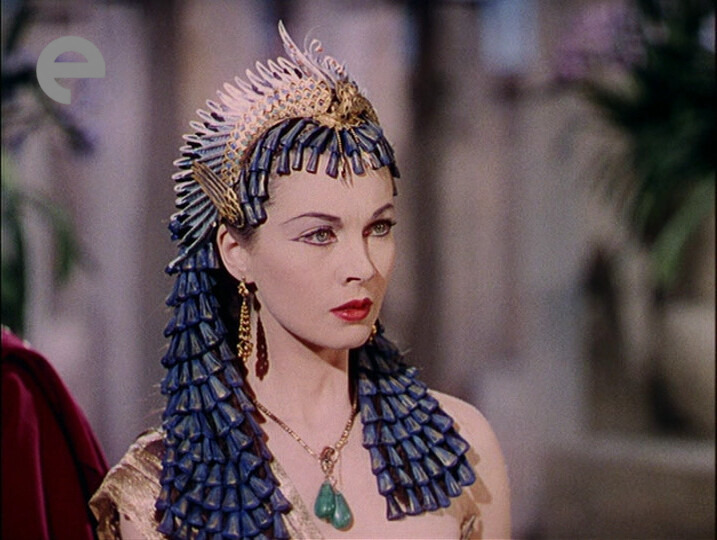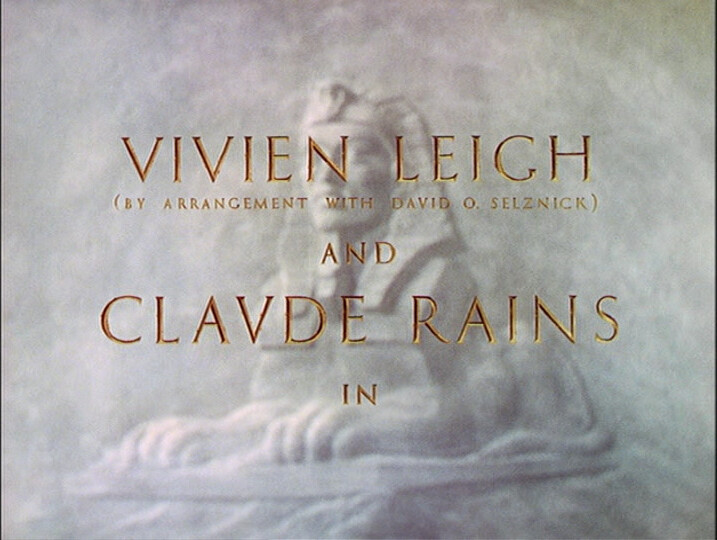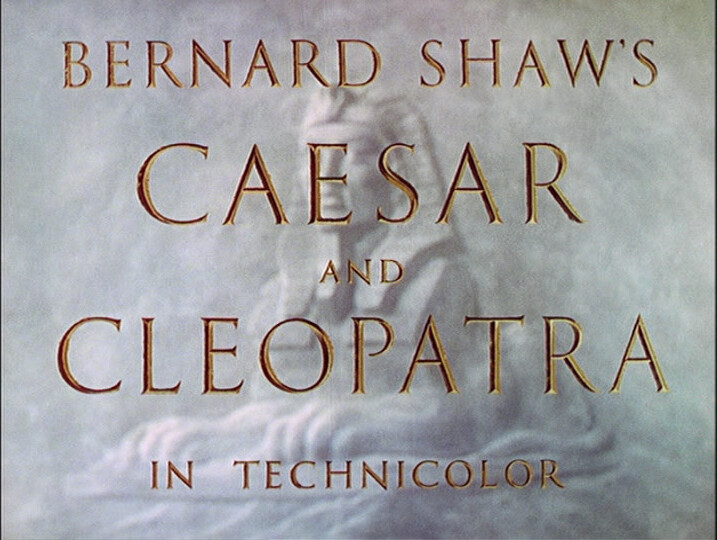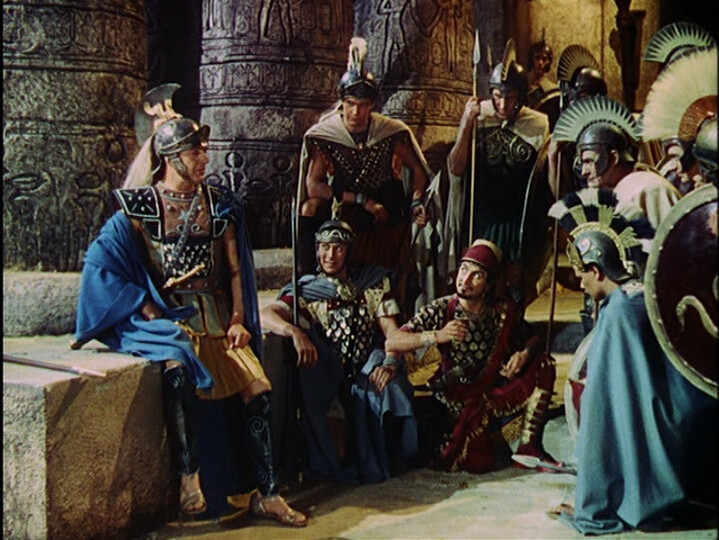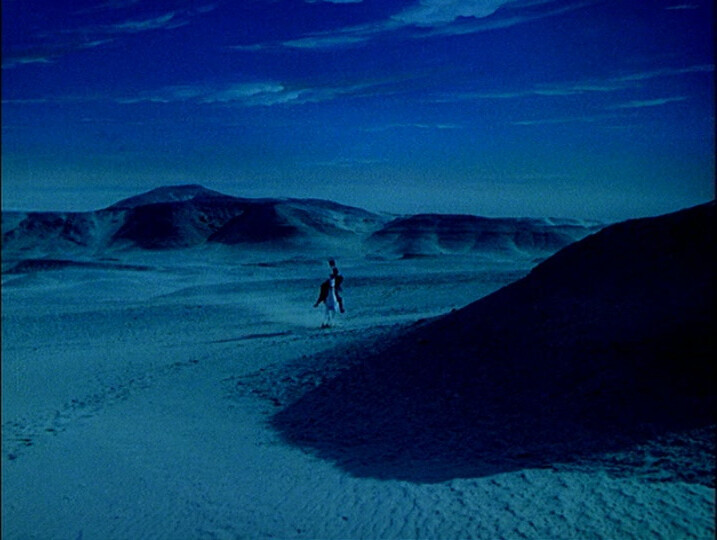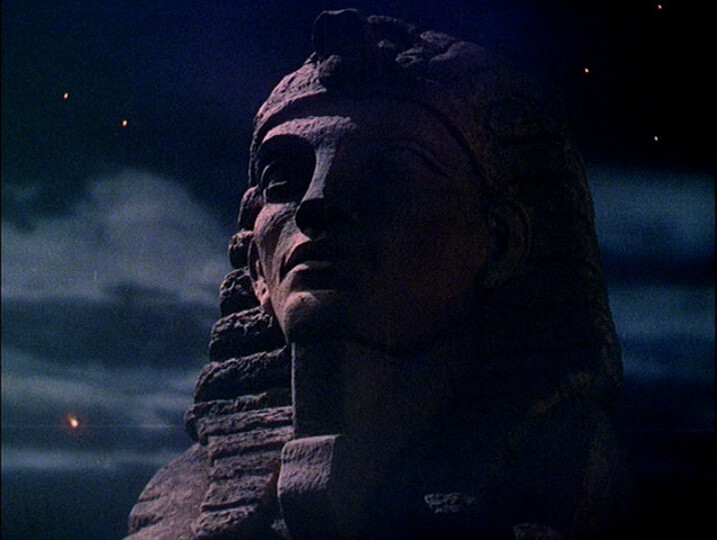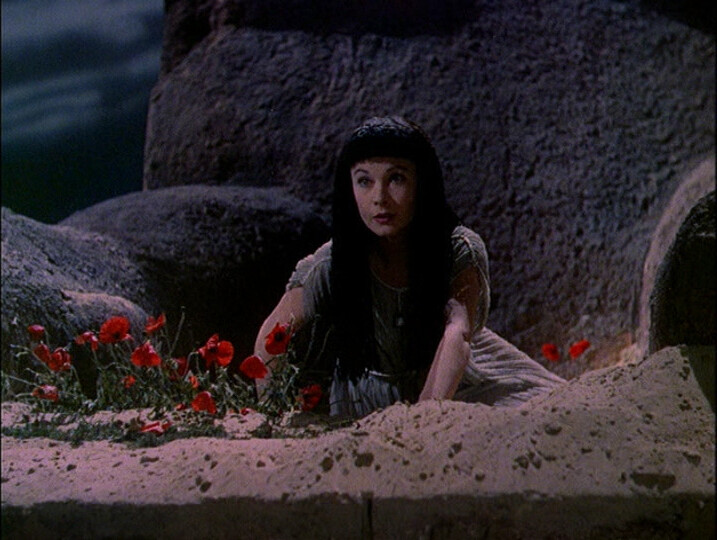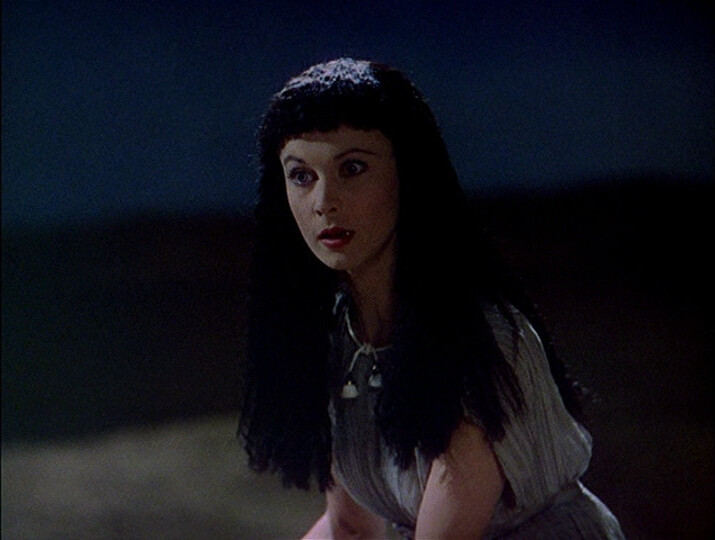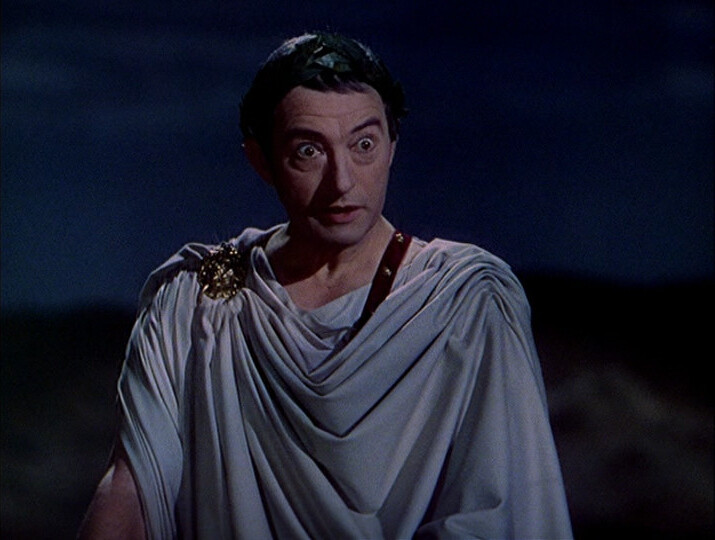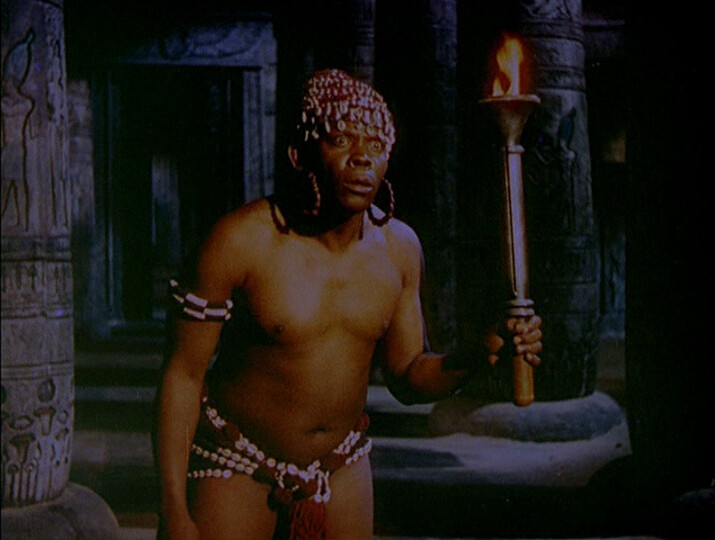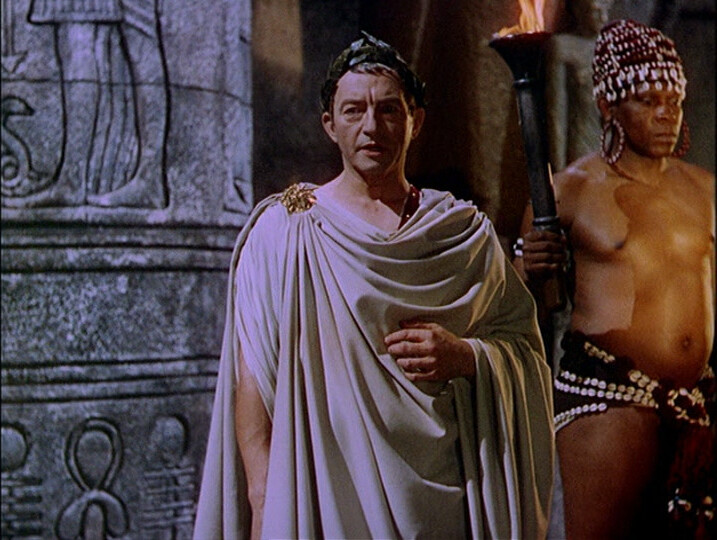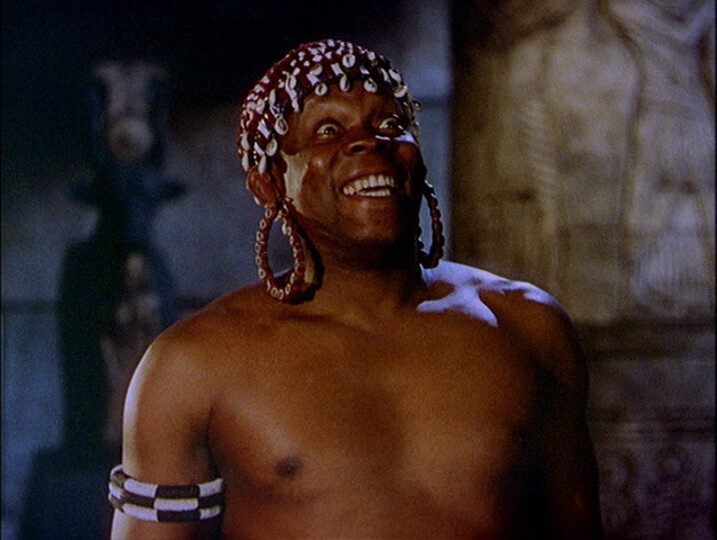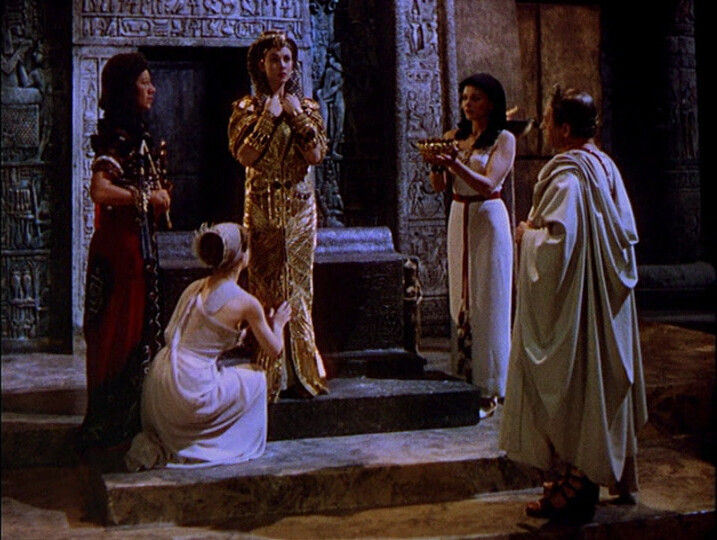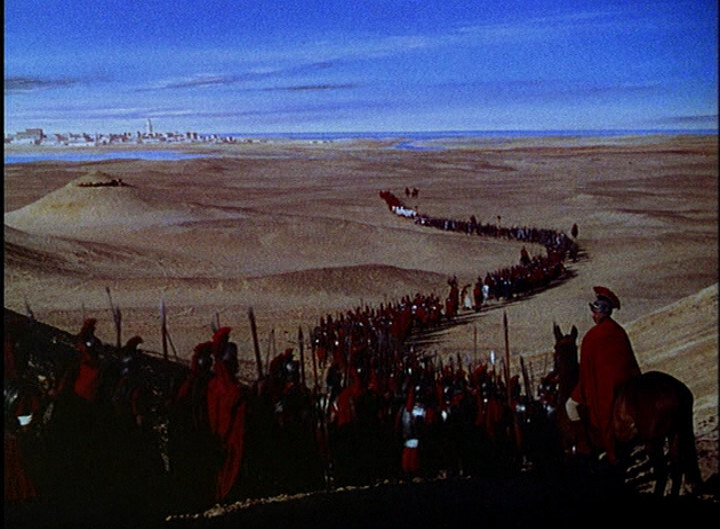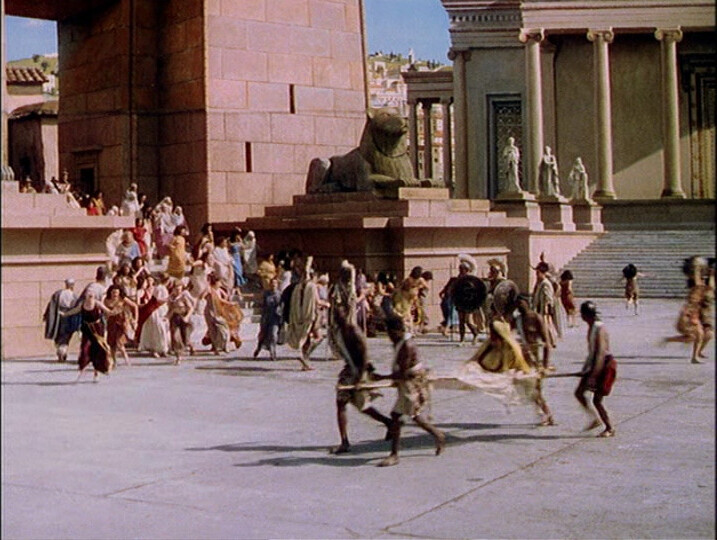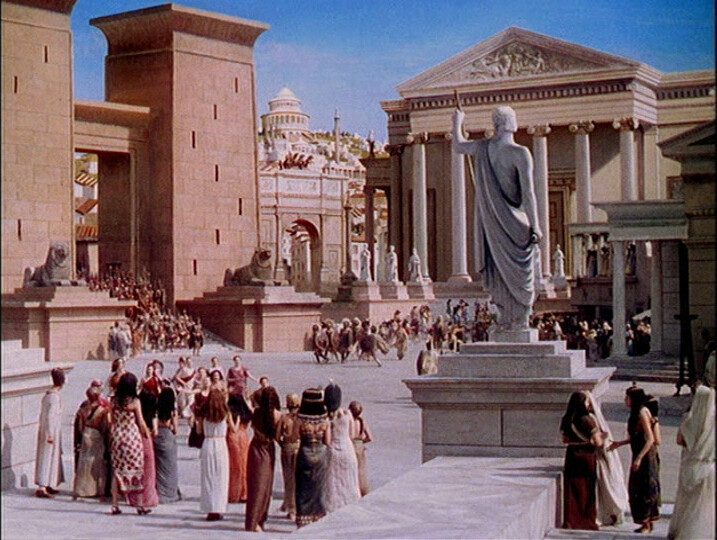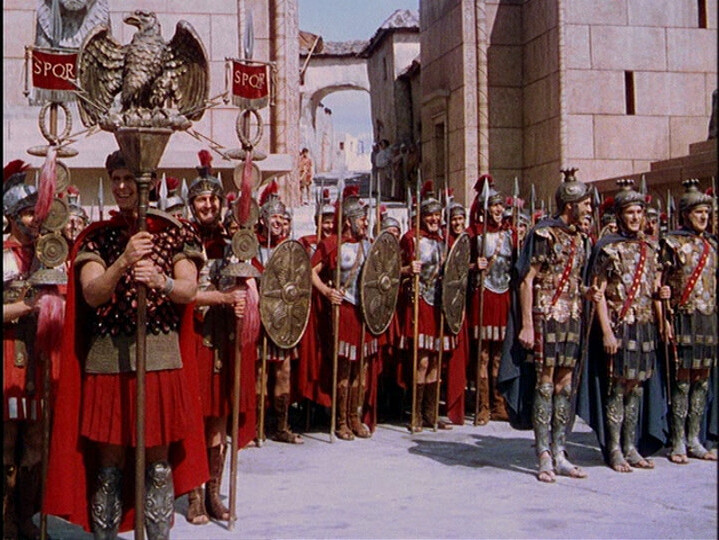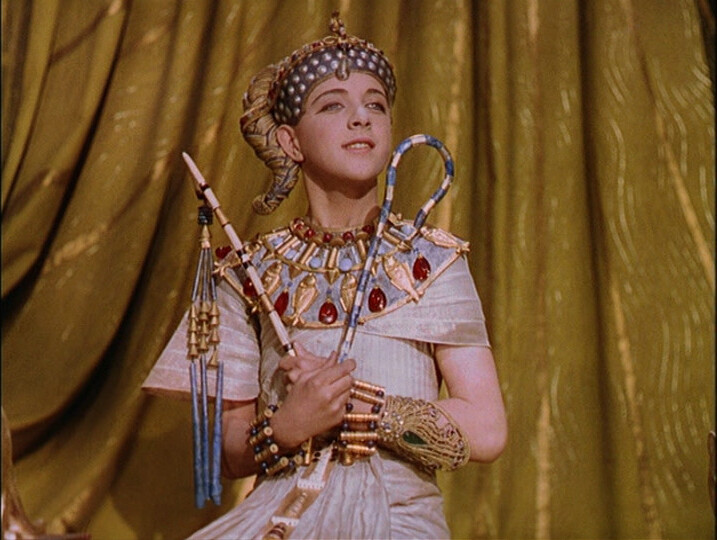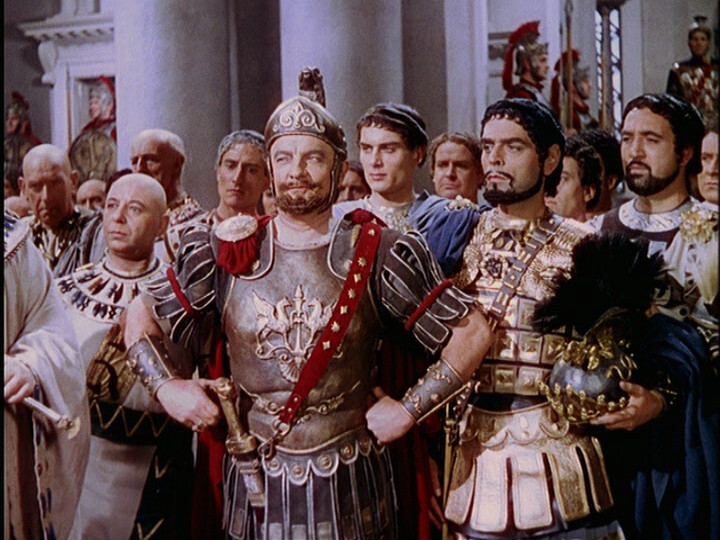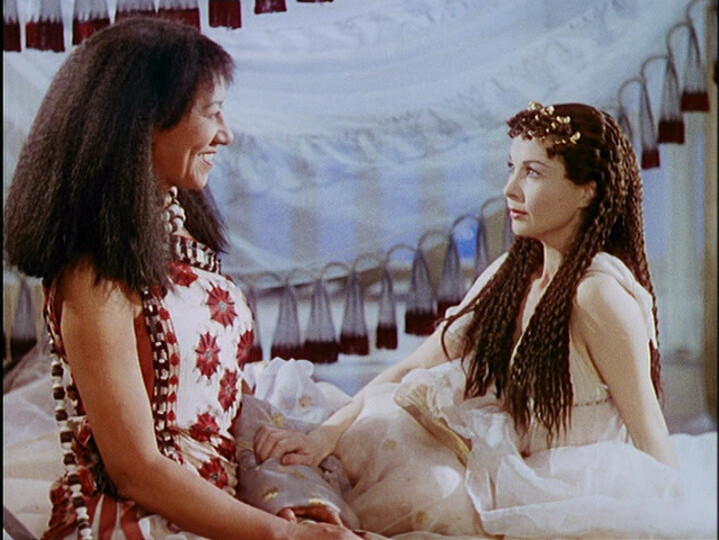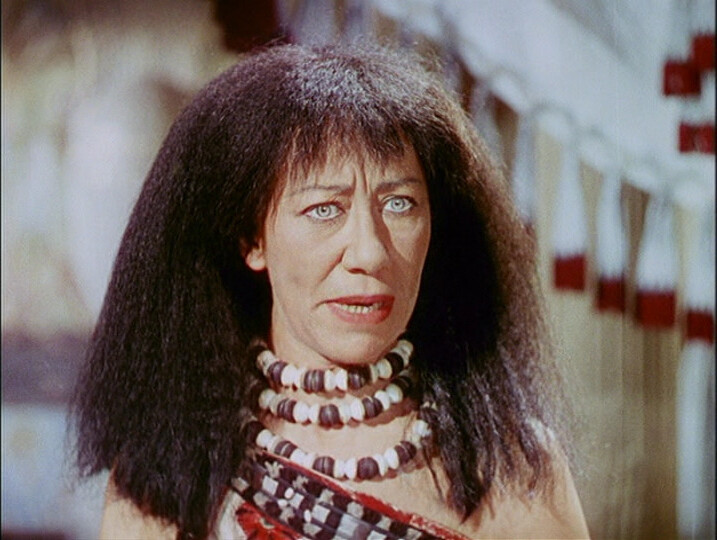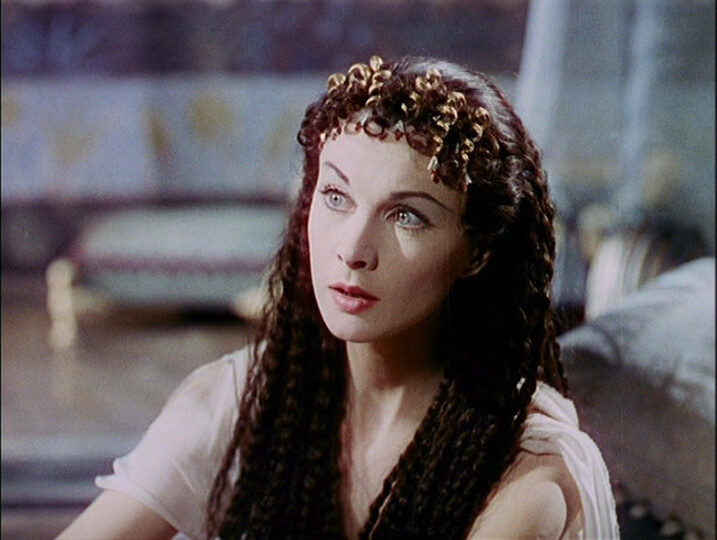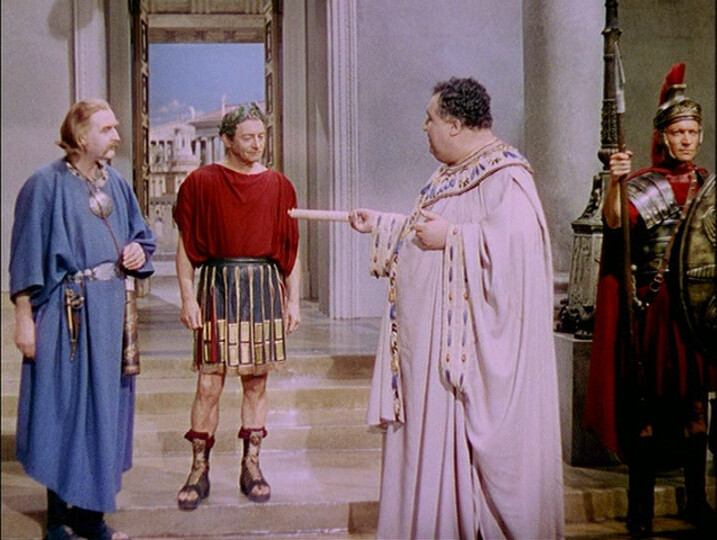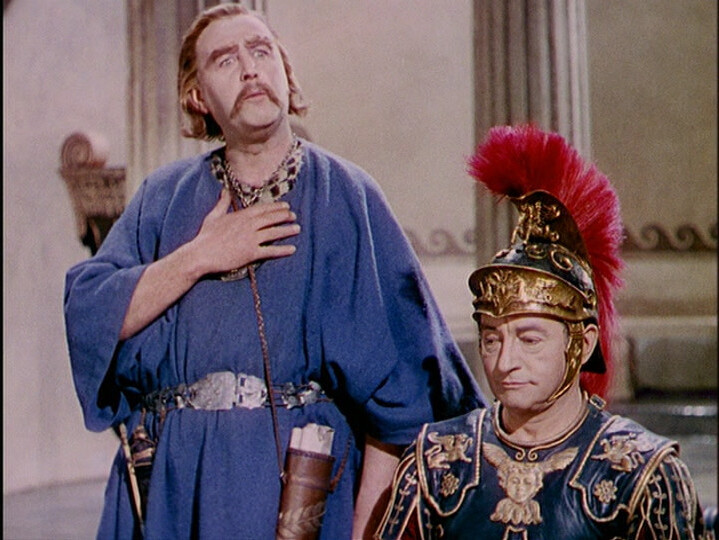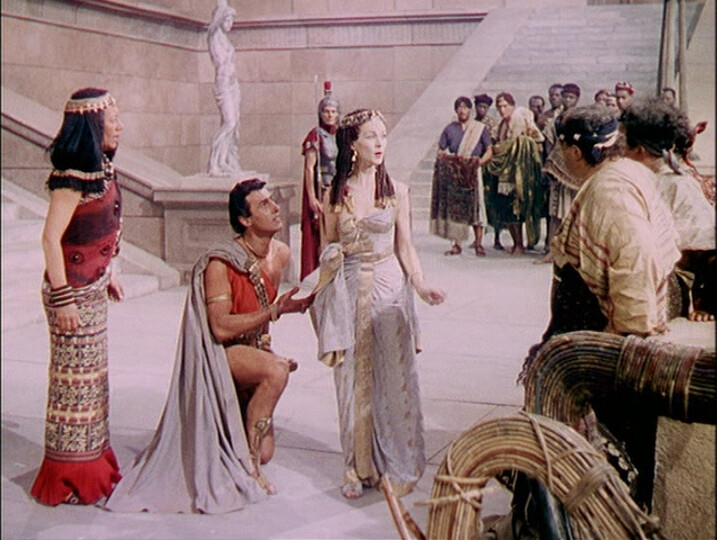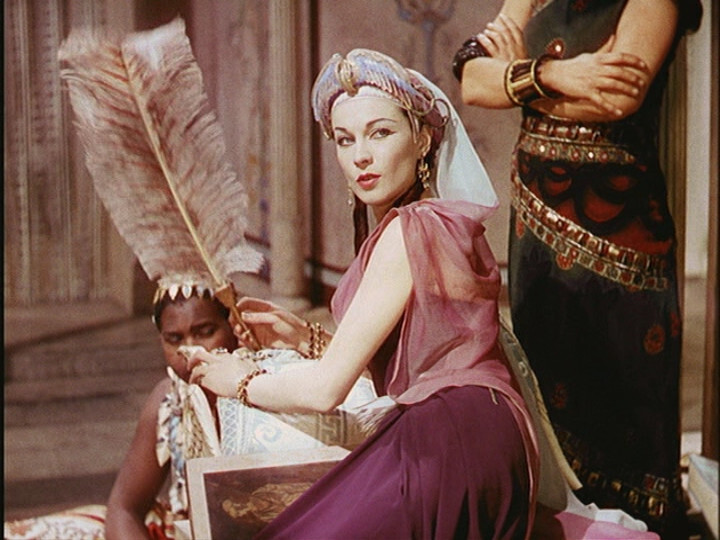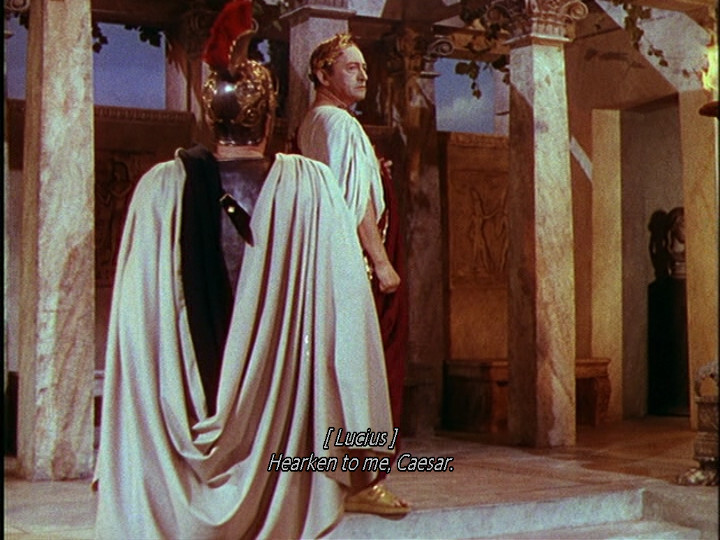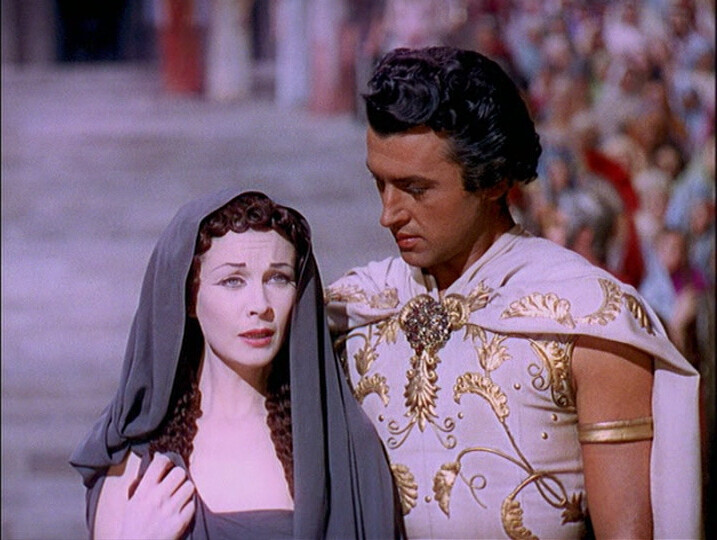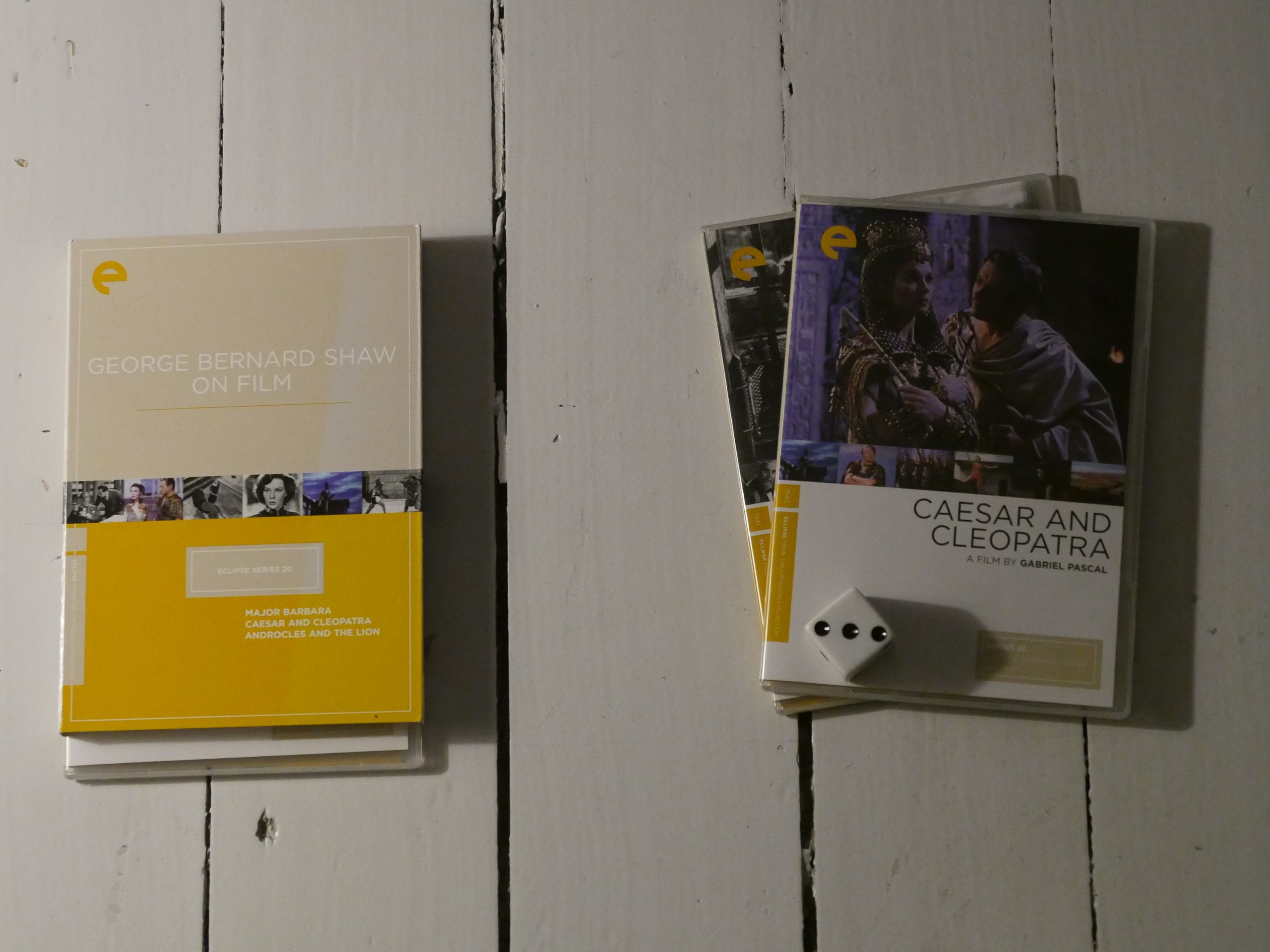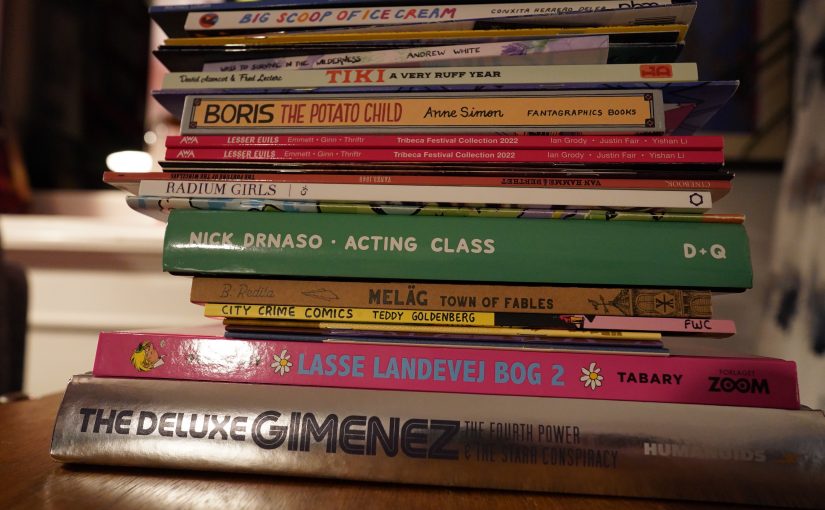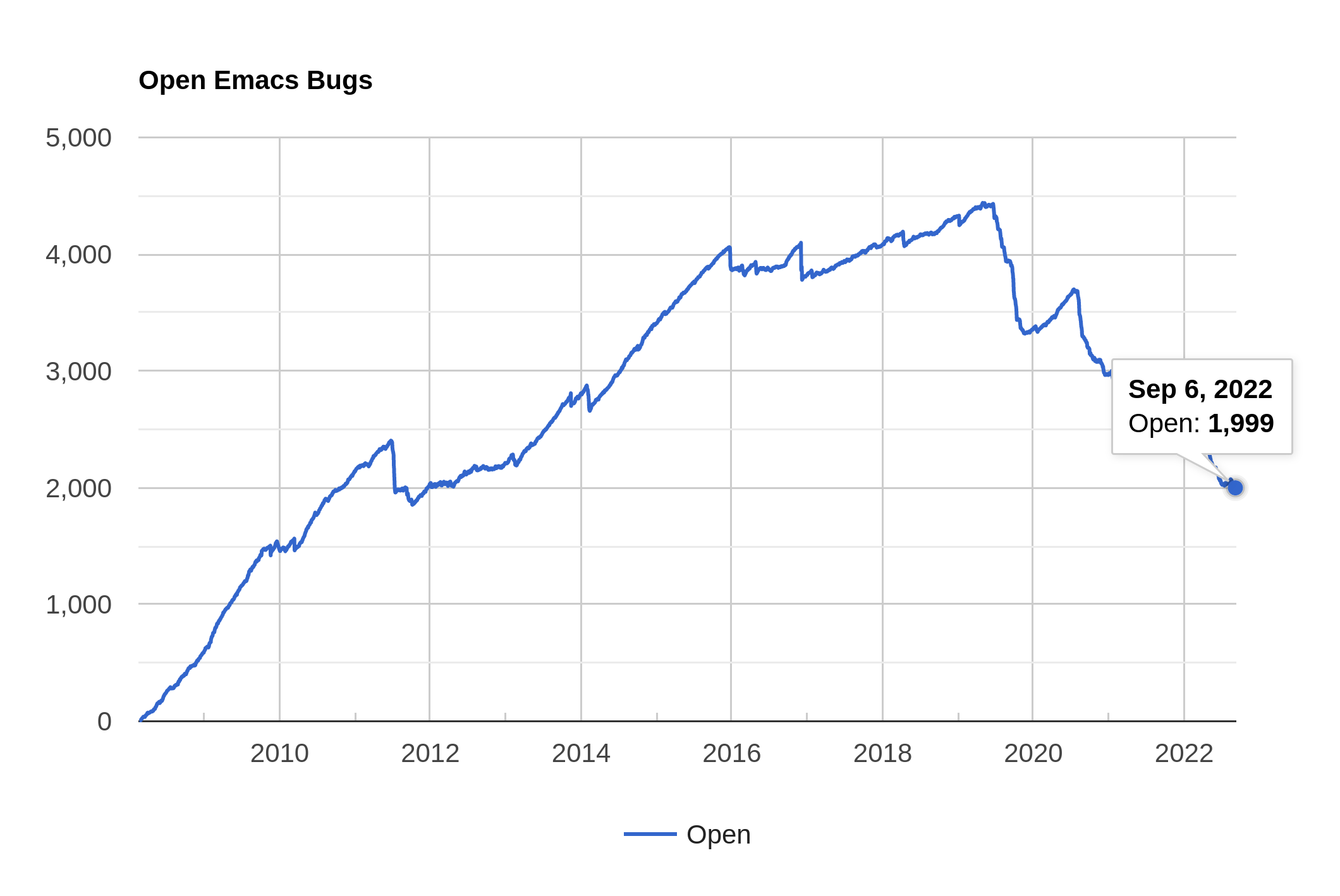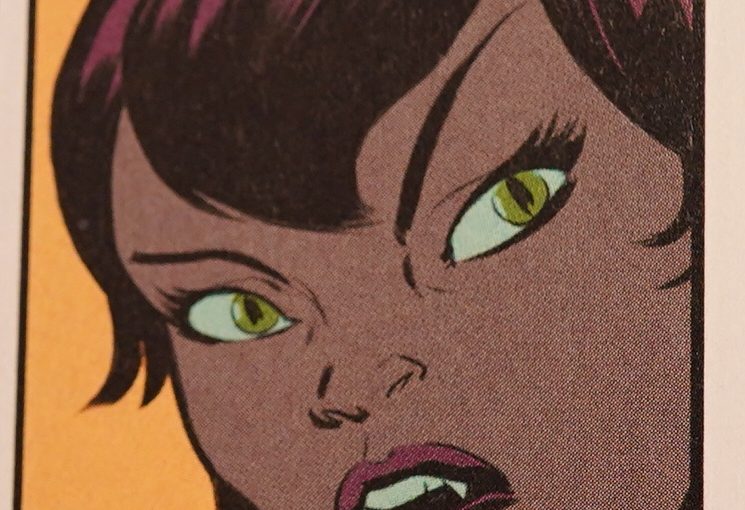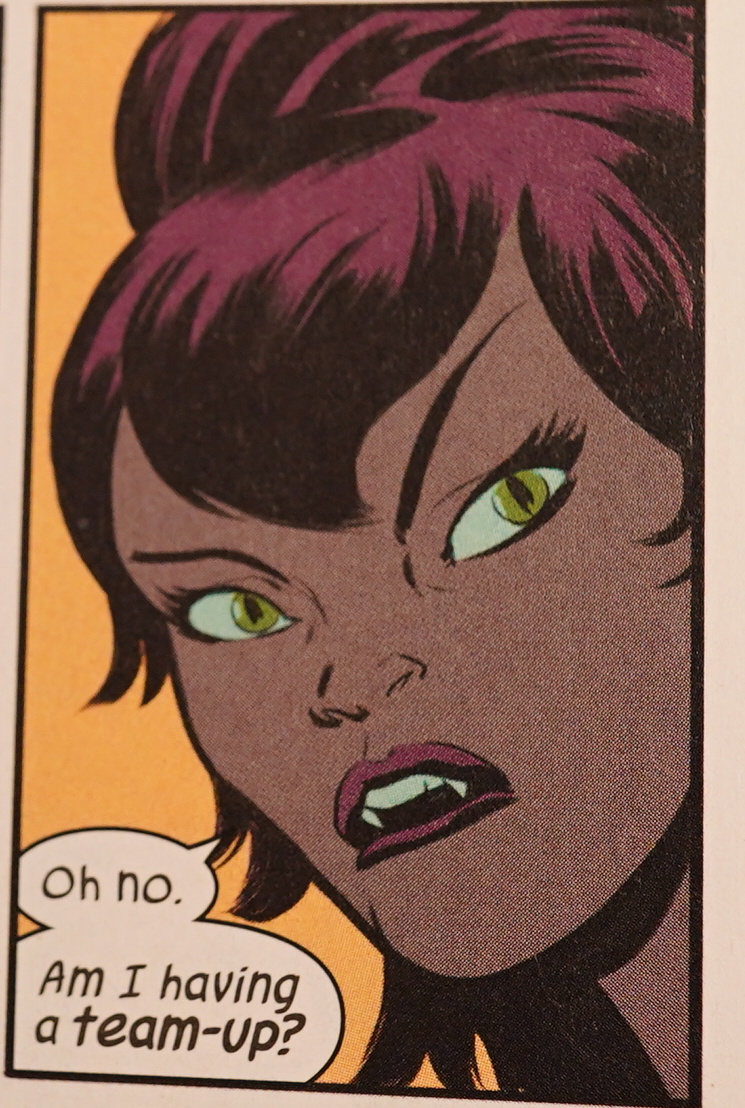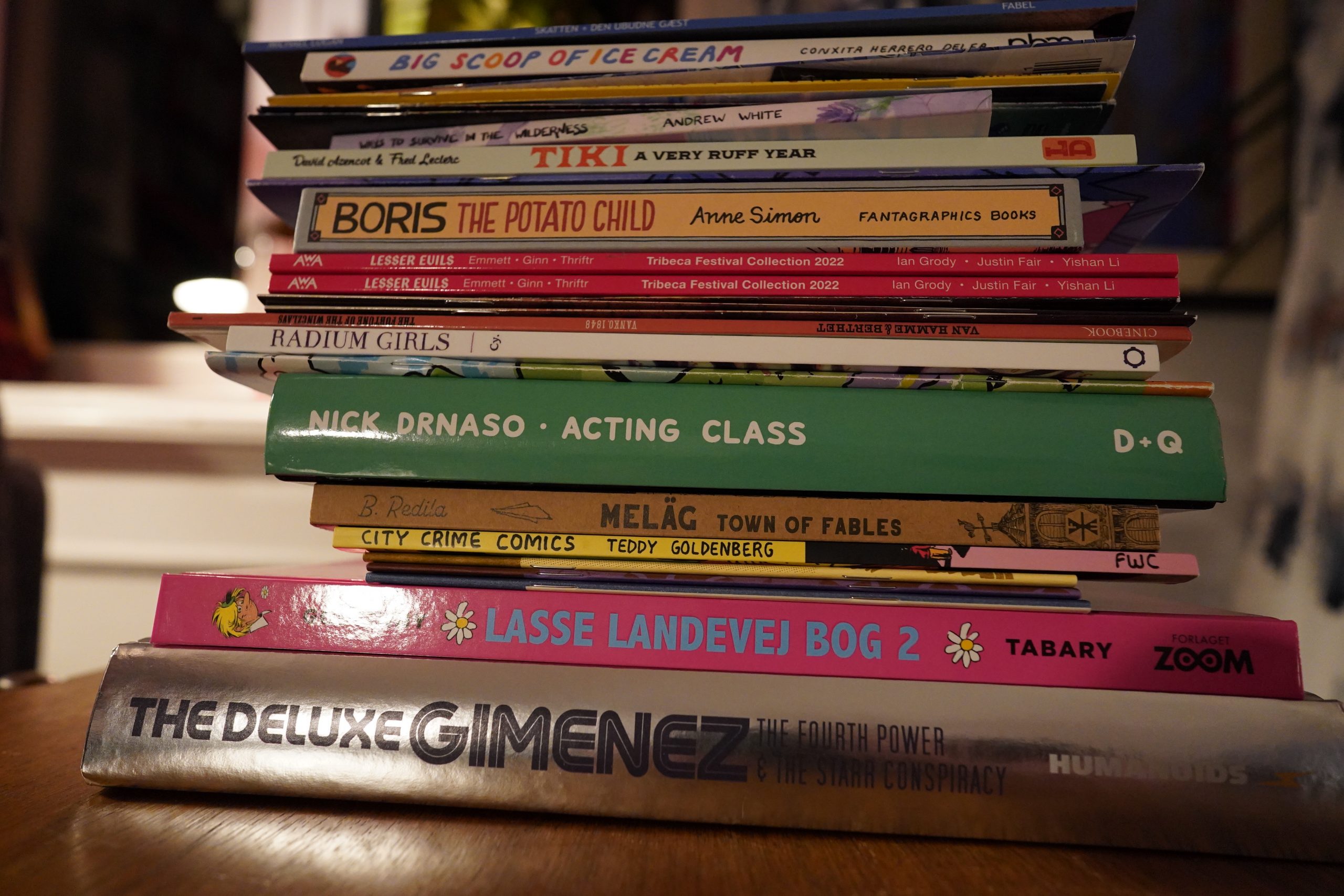
Late start today, dude. But I need a daze, so here goes.
| The Beatles: Sgt. Peppers Lonely Hearts Club Band (2) | 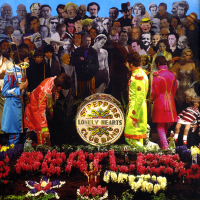 |
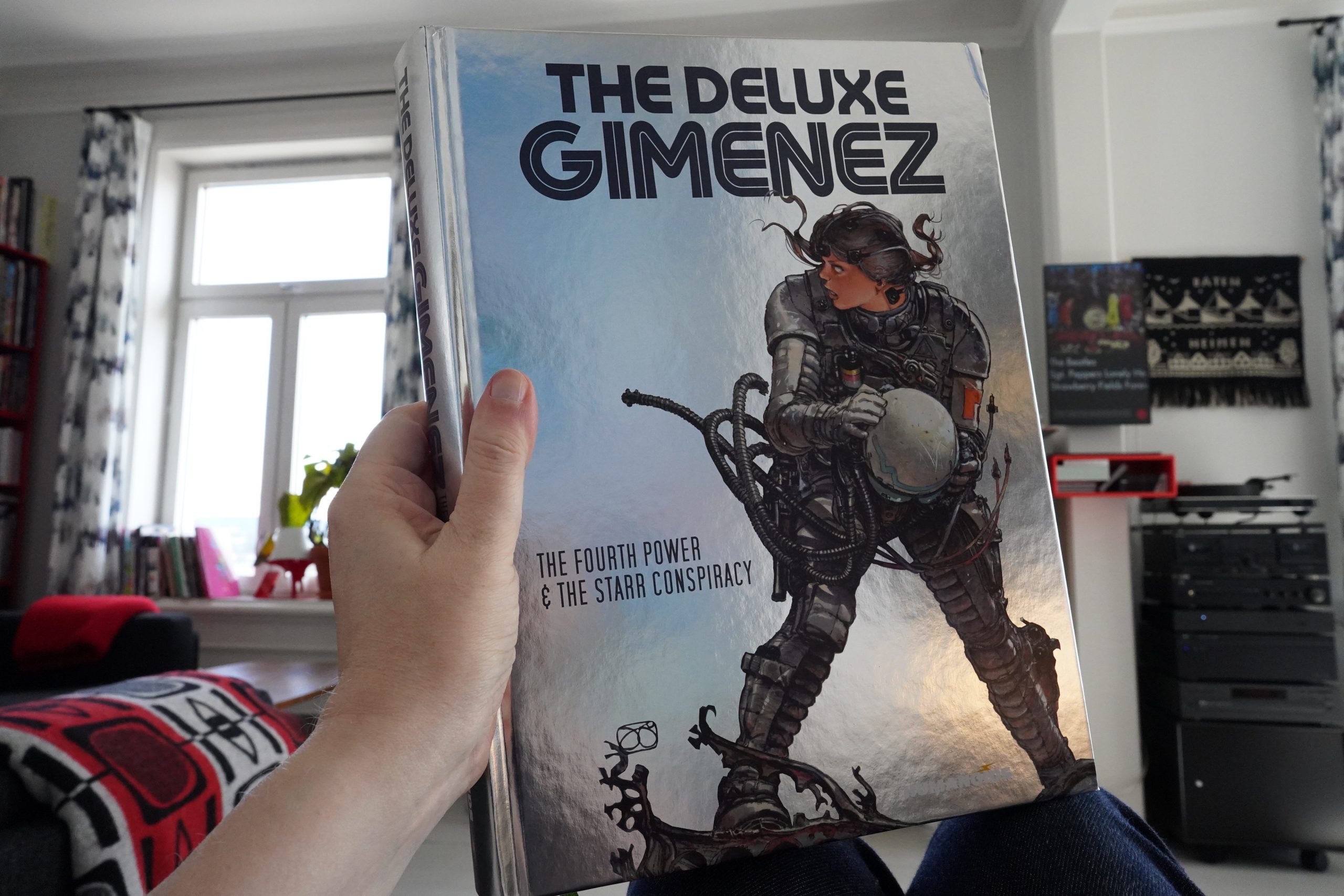
15:24: The Deluxe Gimenez by Juan Gimenez (Humanoids)
This is a very heavy book 2.5kg, printed on shiny paper, so I have to keep angling it *just so* to be able to read it. I’m getting a really good workout here. Huge biceps. And it collects six albums — the Fourth Power cycle (four albums) and The Starr Conspiracy (two albums).
I understand that this sort of thing might be the only economical possibility for publishing stuff like this, but I don’t like it. The format is really cumbersome, and stashing all these albums into one book cheapens the reading experience — instead of each album being a satisfying thing of its own, they just become a chapter in a book instead.
But I’d certainly rather have these works available than not, so ignore my kvetching.
(Oh, you already did? Fine.)
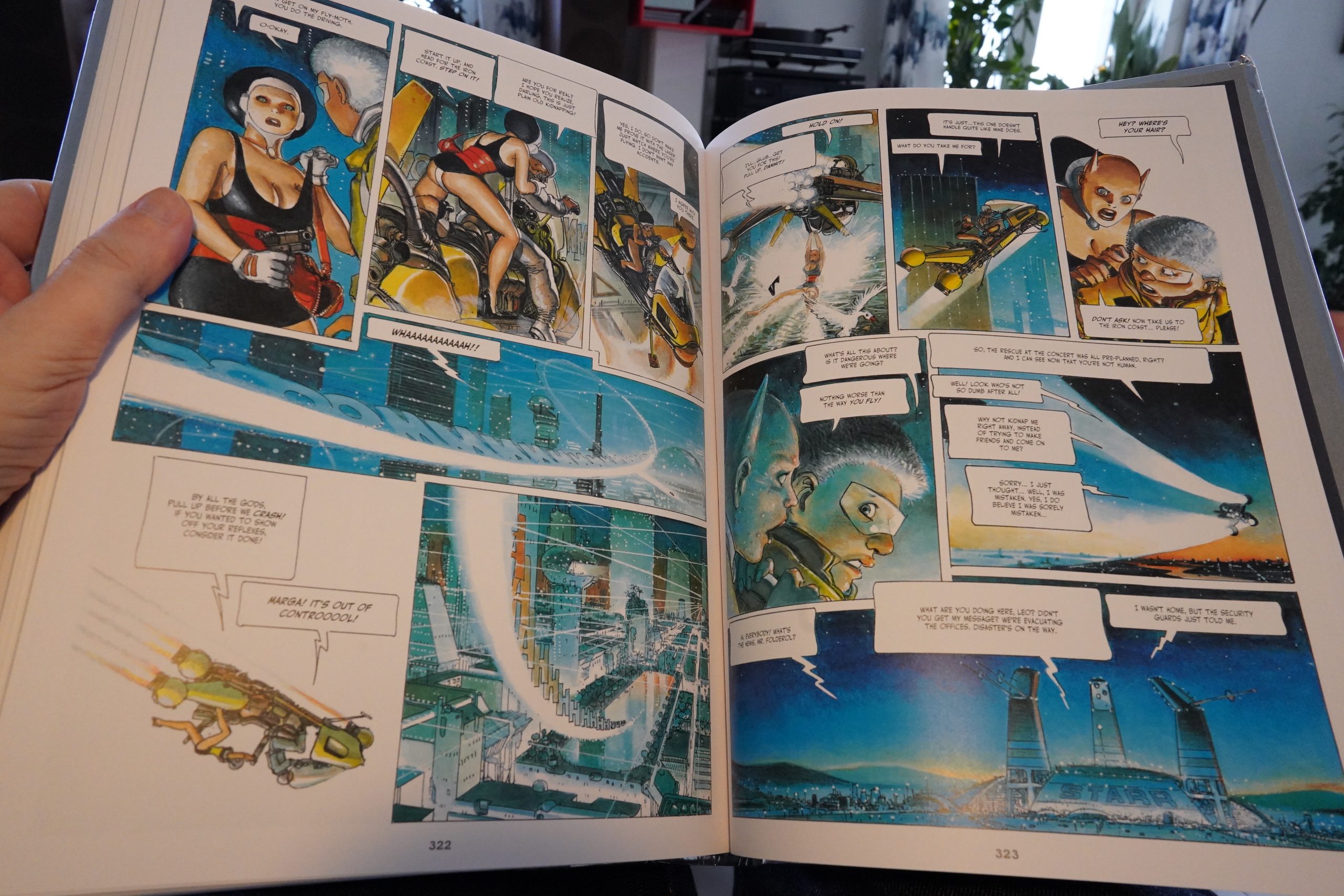
I’ve read the first five albums in this collection earlier this week, so there’s just the final Starr album left. The Fourth Power was grand space opera, while the Starr albums is basically goofy goofery.
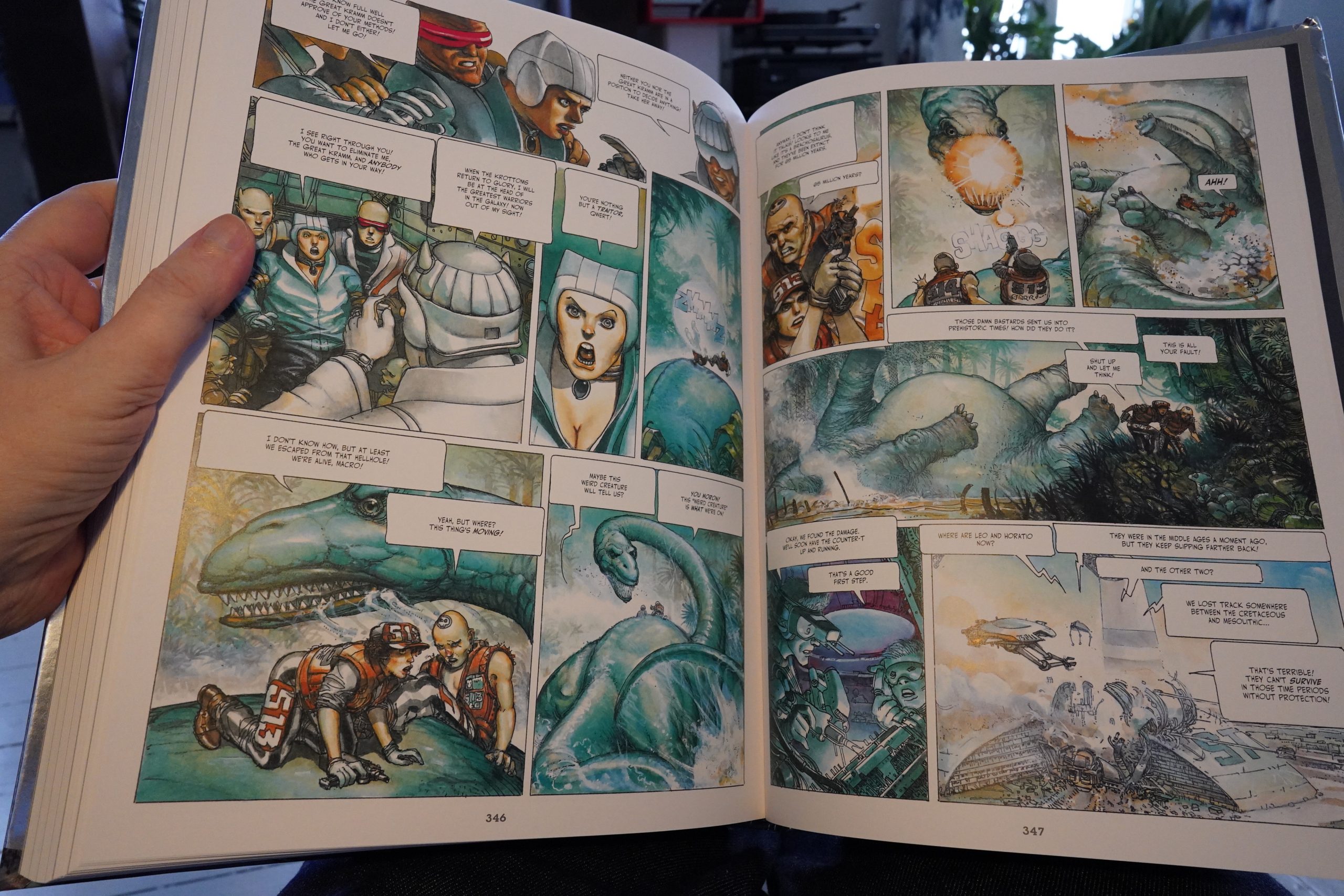
Gimenez’ only mode of storytelling is Complete Chaos (with some infodumps here and there). But his stories are pretty amusing, and some of the gags land. The main attraction here is the artwork, though — he’s got a unique sense of colour, and everything just looks so exquisitely science fictional.
I guess these are from the late 80s or something? There’s no information in this book about anything, which is pretty disappointing for a project like this. Hm… yes, late 80s. And published under the name Léo Roa originally, apparently.
It’s fun.
| Various: #savefabric (11) (Mixed by Second Storey) |  |
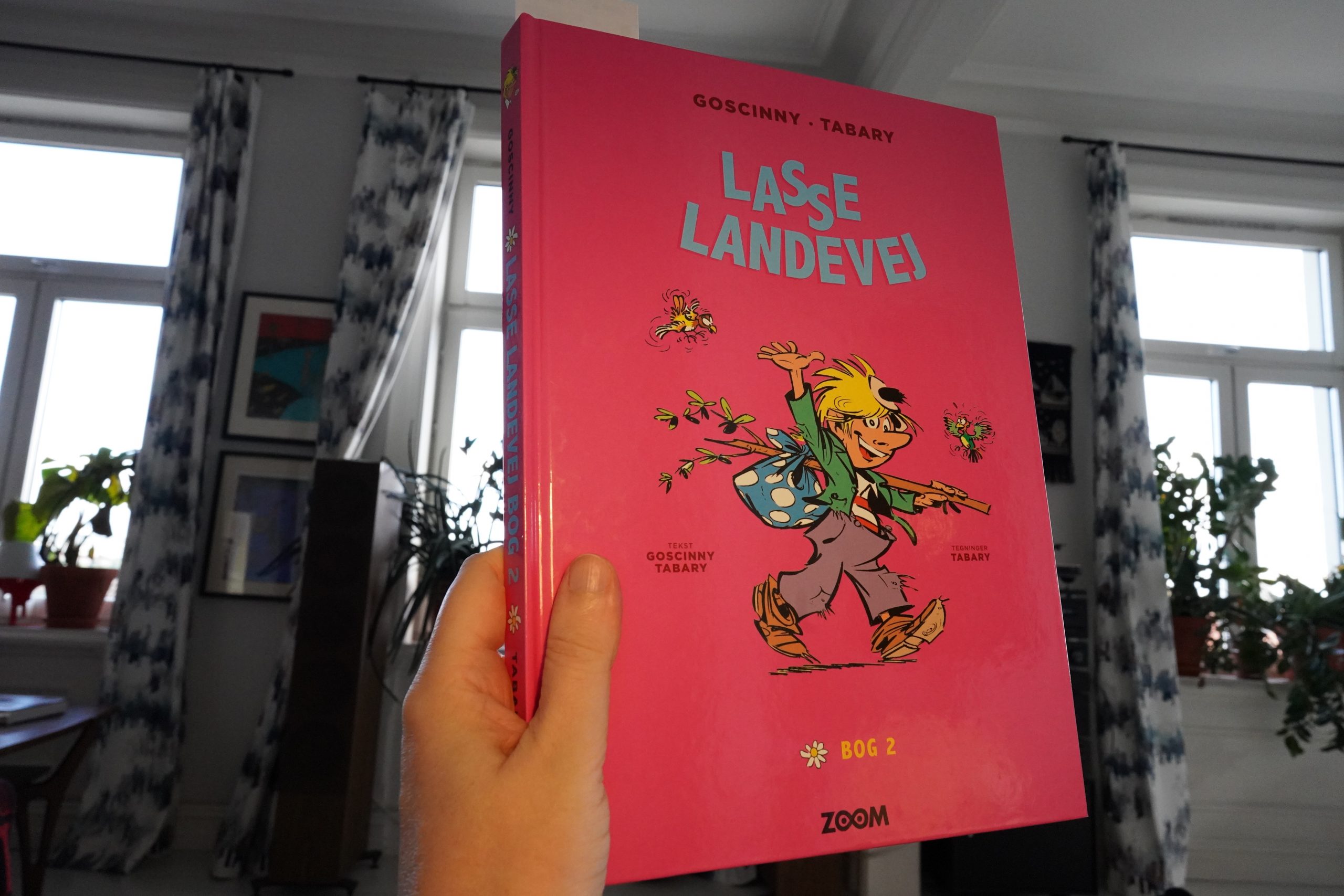
16:07: Valentin le vagabond by Tabary (Zoom)
And speaking of collections… I read this in between the Gimenez book the last week, and here, too, I’ve only got the last album in this collection to go. Synchronicity!
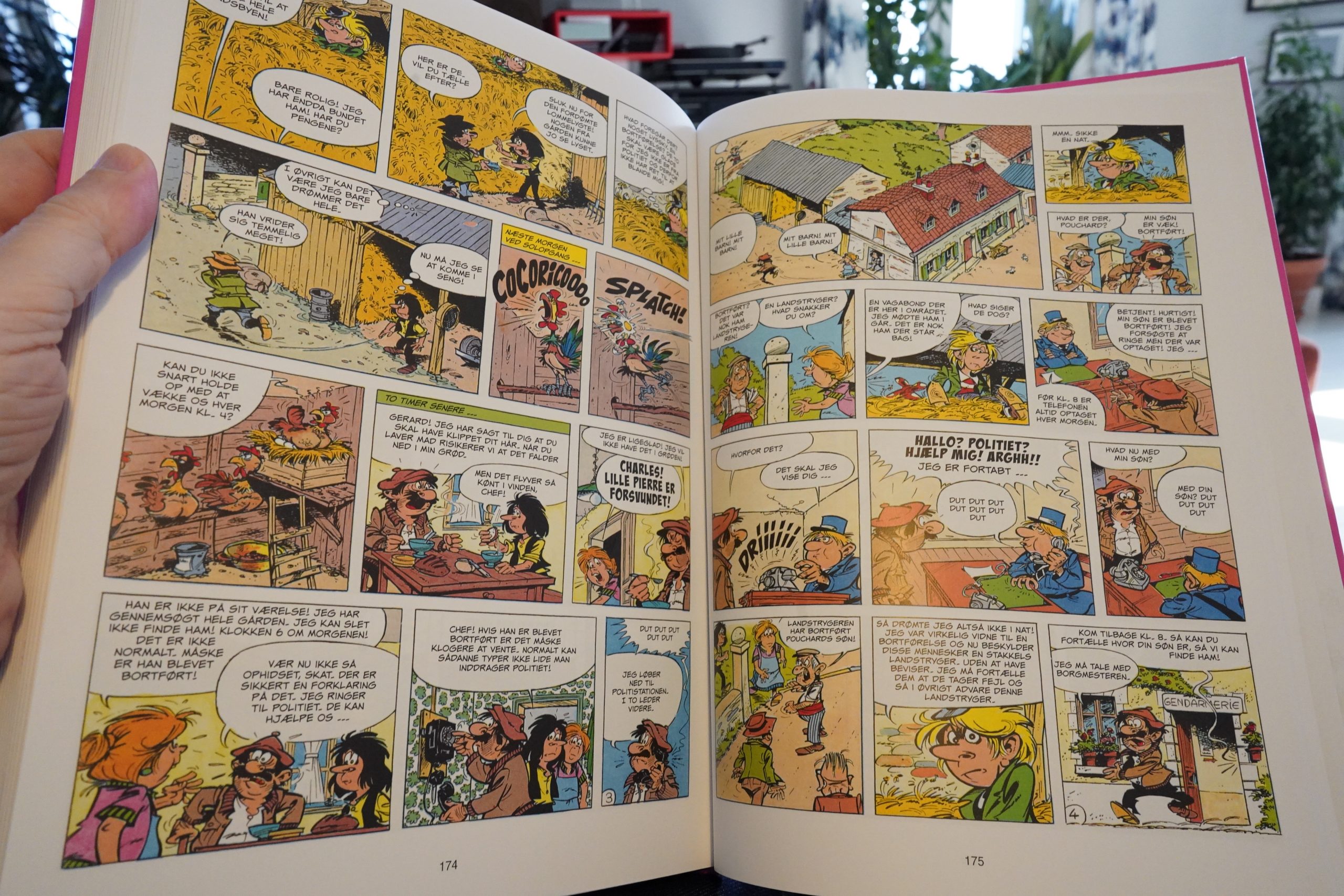
Tabary, like Gimenez, has one single mode of storytelling: Total chaos. Tabary has one extremely silly gag every two panels, and I think he’s aiming for a cumulative effect where everything gets funnier and funnier…
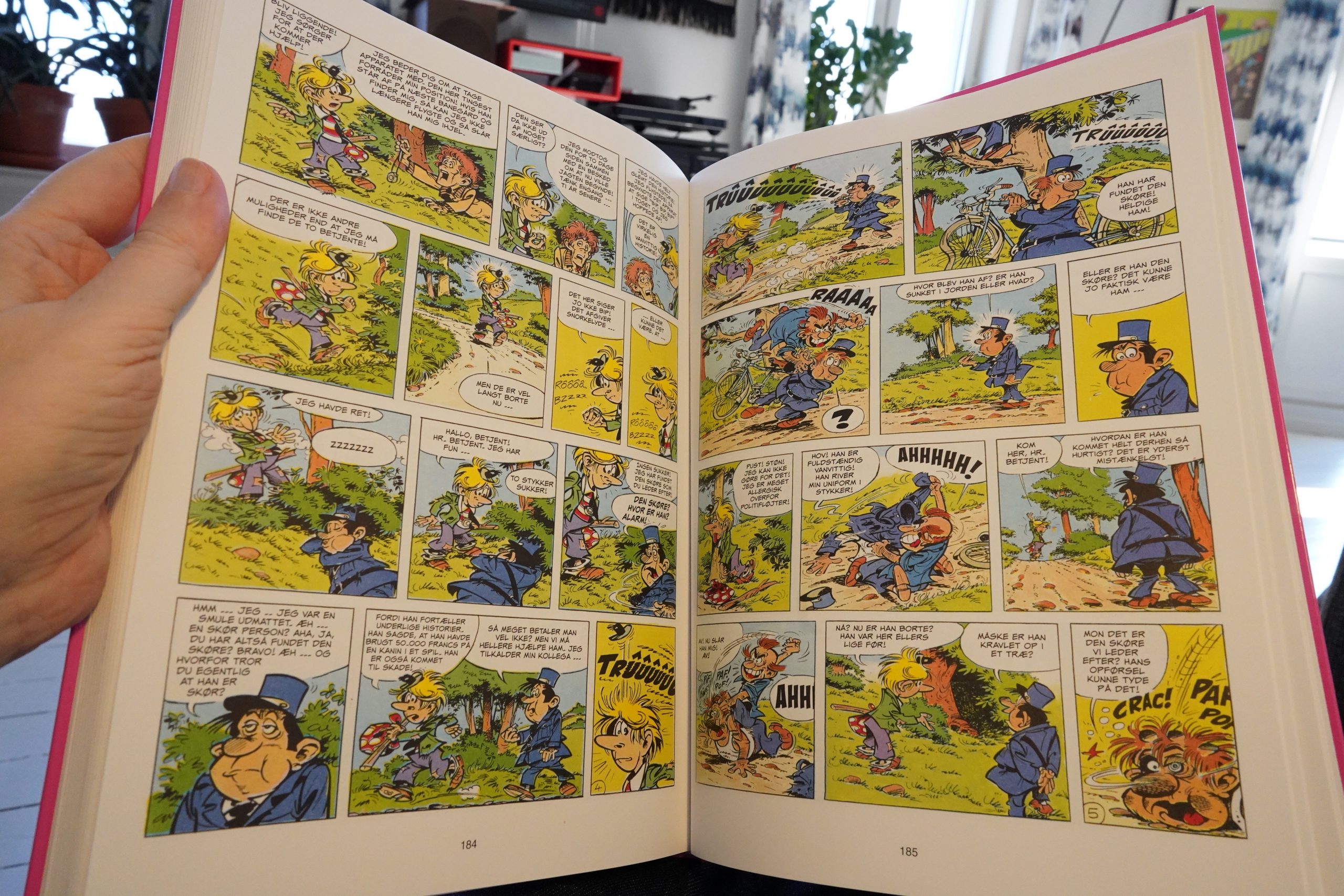
… but the gags just aren’t good enough. These strips are from the 70s, so the gags are mostly about incredibly stupid cops, but… And I’m not quite sure what the intended audience is. Many of the gags seem to be aimed at, say, nine-year-olds, but the level of (non-cartoony) violence seems excessive for that audience.
I think there’s a good reason that this series was mostly forgotten (although I can understand if somebody who read this when they were exactly the right age, whatever that was) still finds this hilarious.
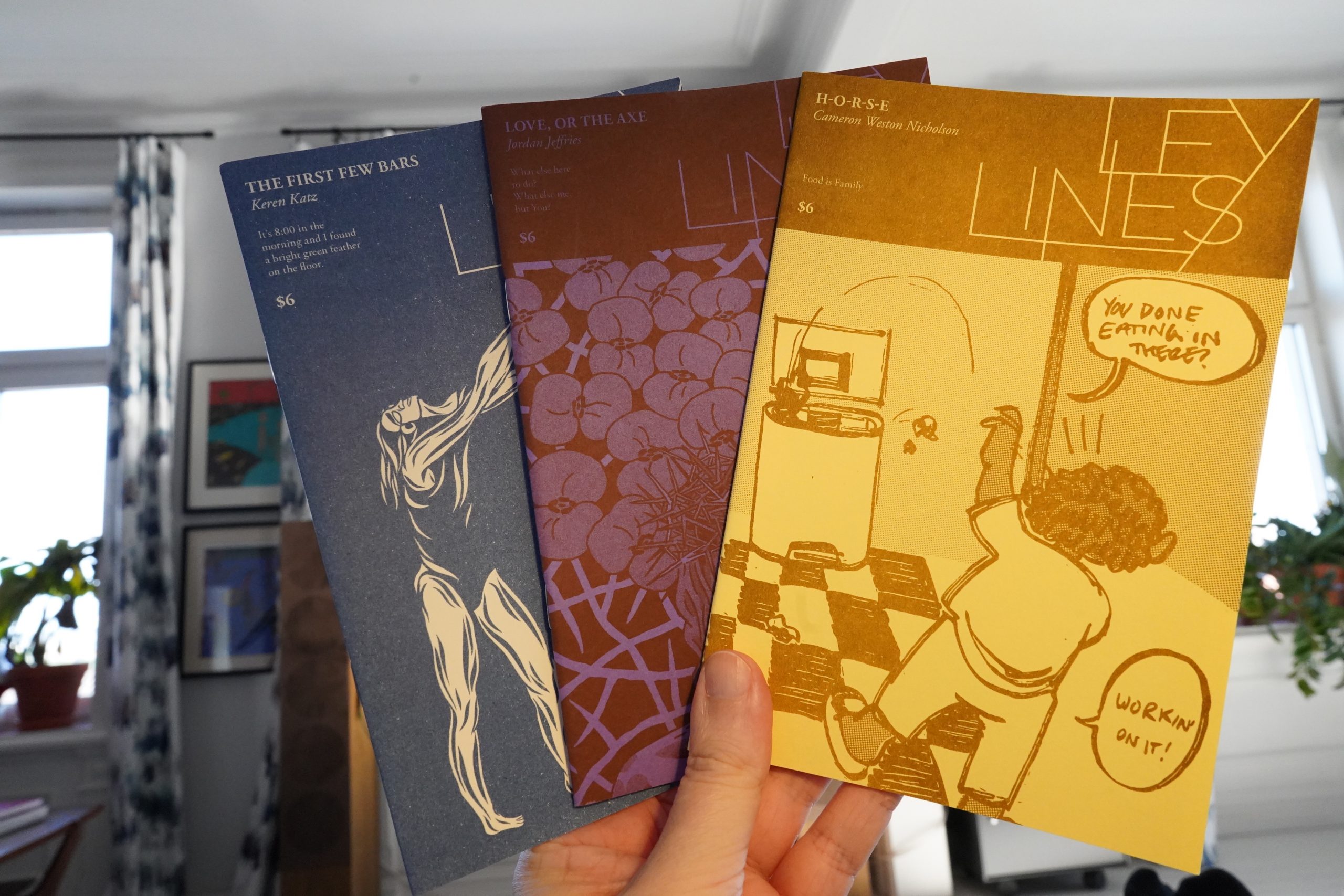
16:42: Ley Lines (Czap)
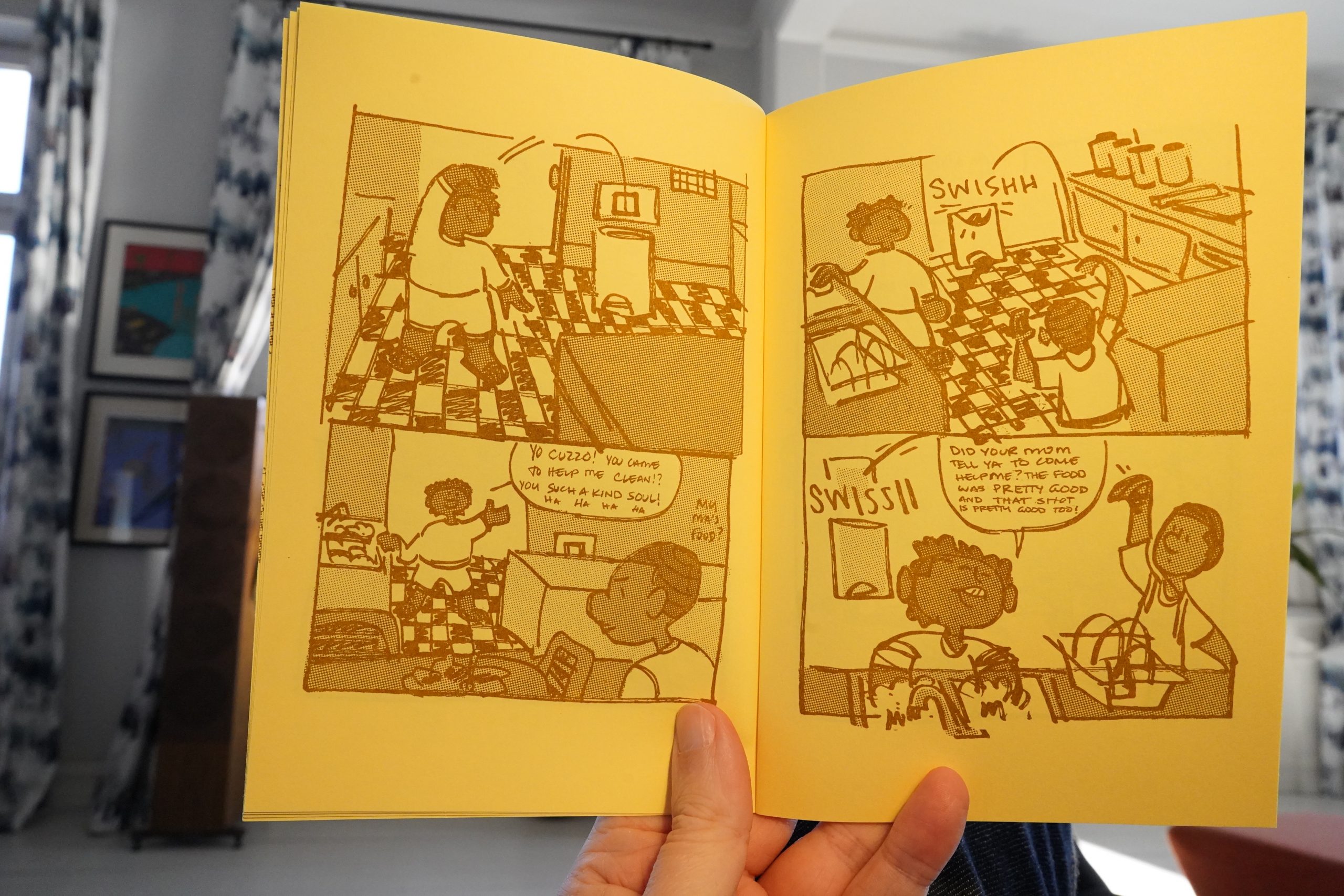
Cameron Weston Nicholson’s book is about food and belonging.
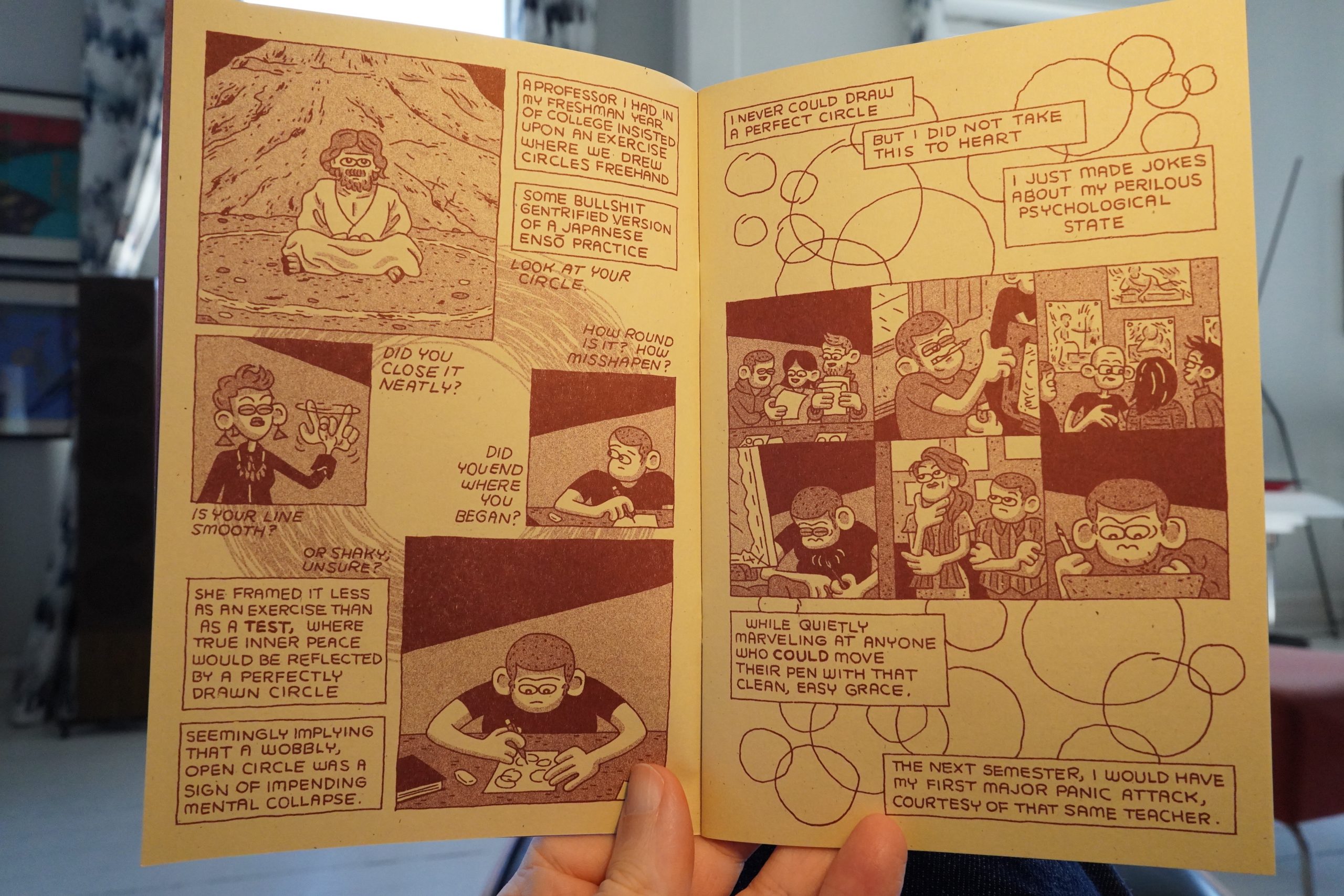
Jordan Jeffries’ book is about religious damage.
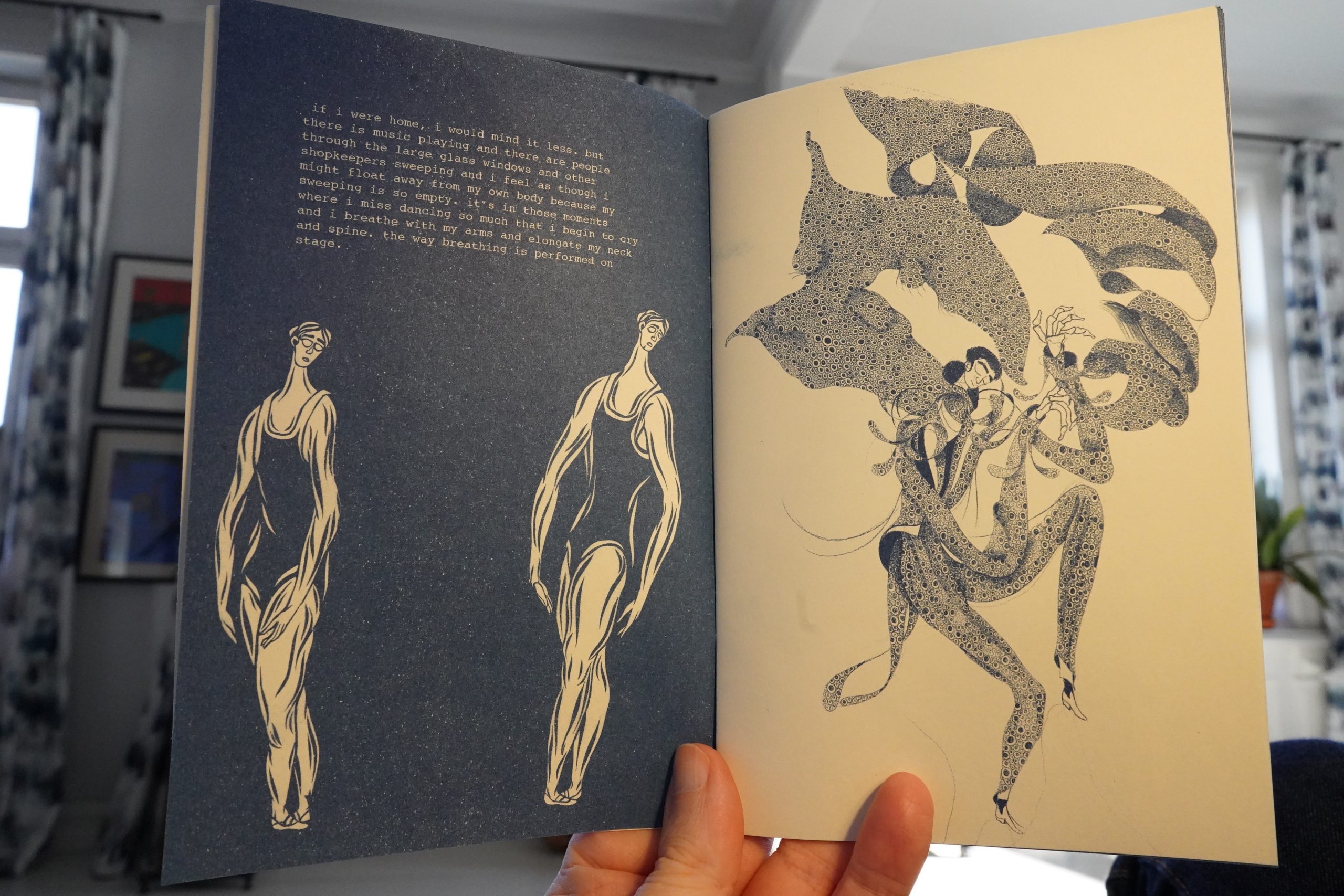
Keren Katz’ book is about ballet and bodies.
It’s a nice bunch of books. I should buy all the Ley Lines, but then I’d have to do some tidying up of my mini-but-larger boxes of comics first to see what I already have, and that’s never gonna happen.
I think.
| Japan: Quiet Life (3): Live At The Budokan 1980 | 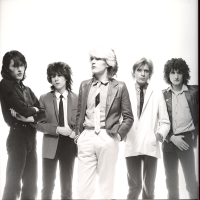 |

17:03: Crime City Comics by Teddy Goldenberg (Floating World)
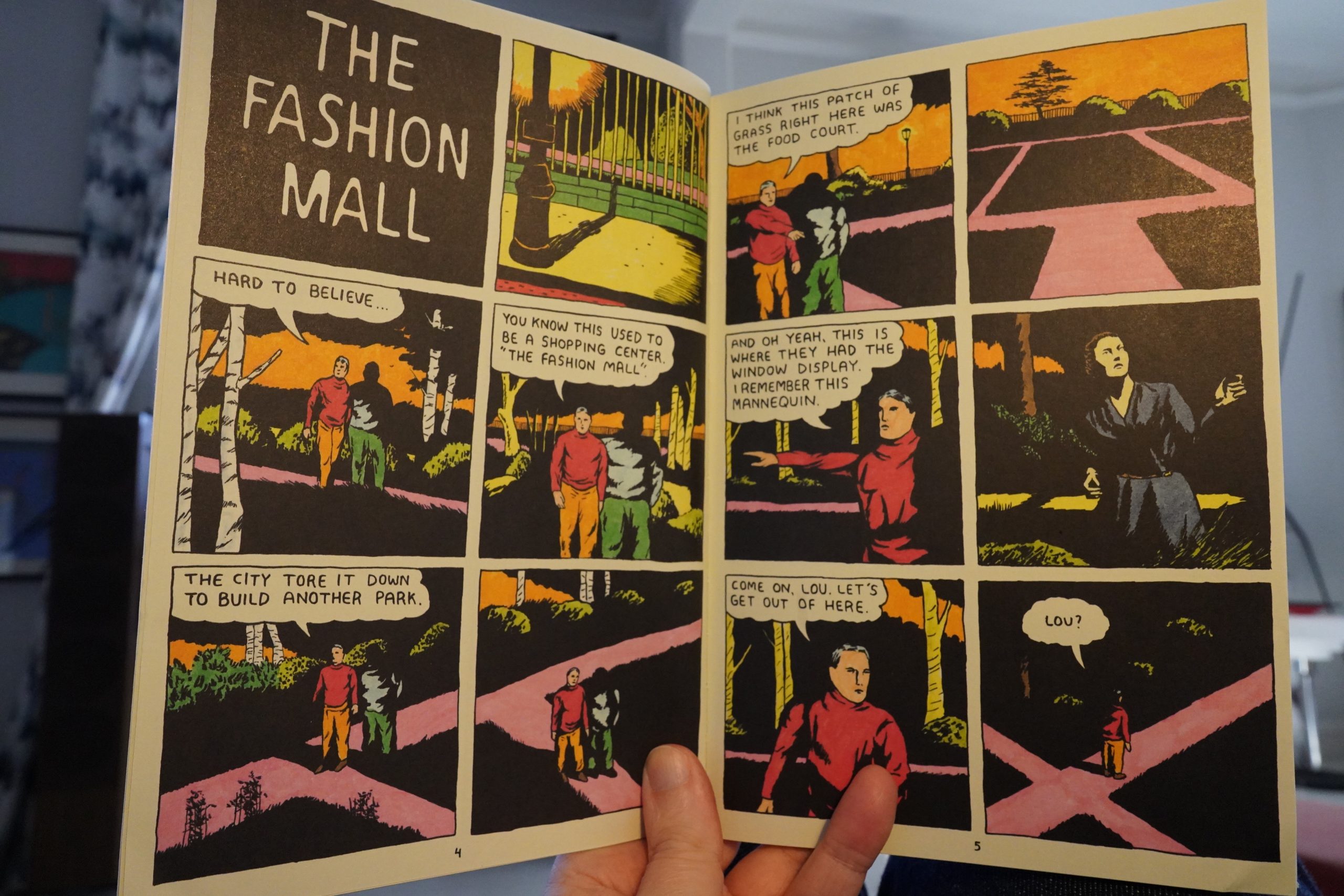
This is a collection of short vignettes — mostly two page strips, but with some longer bits.
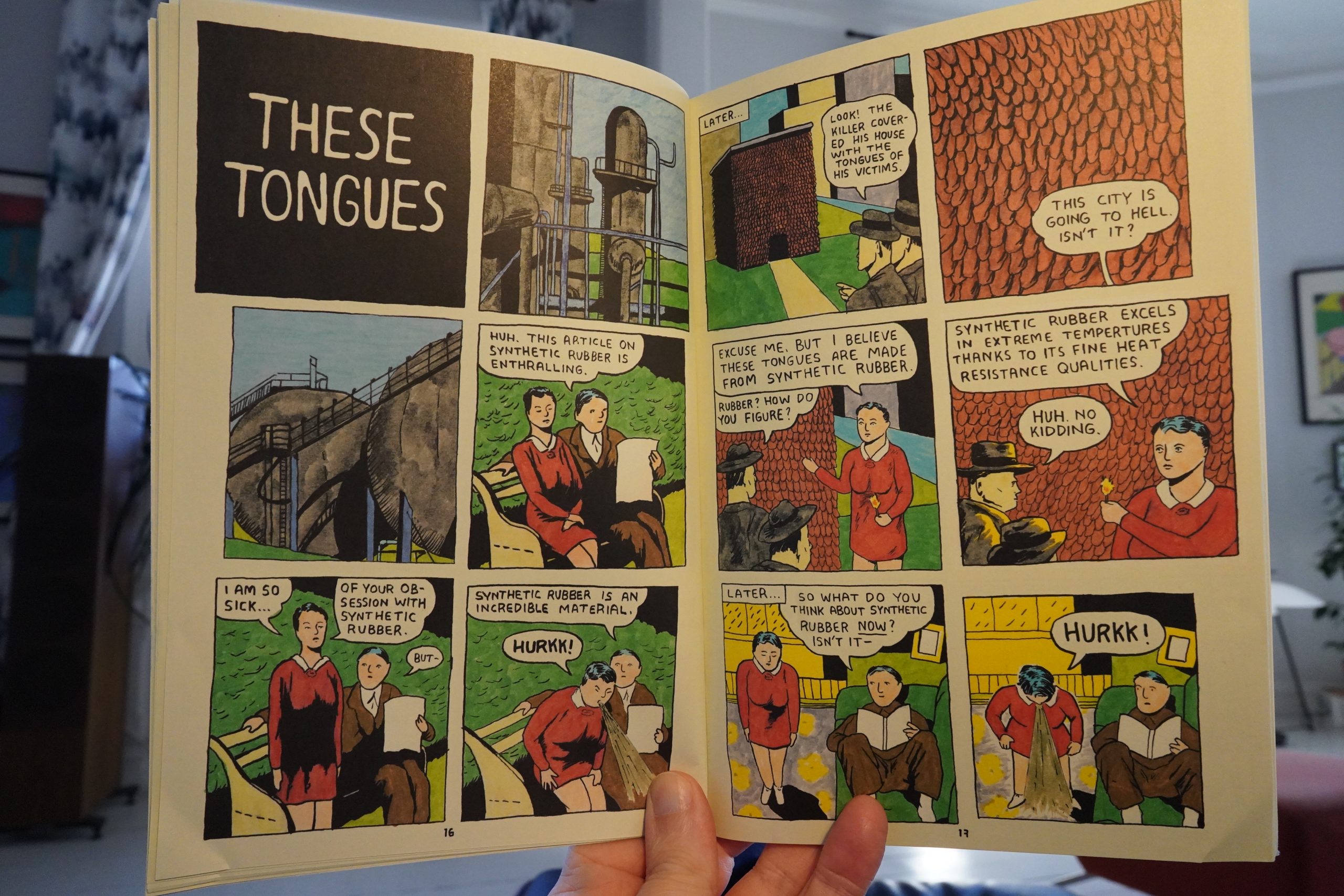
And it’s hilarious! It reminds me of Michael Kupperman in his Tales Designed to Thrizzle mode. Very funny, very sharp, and sometimes very unnerving.
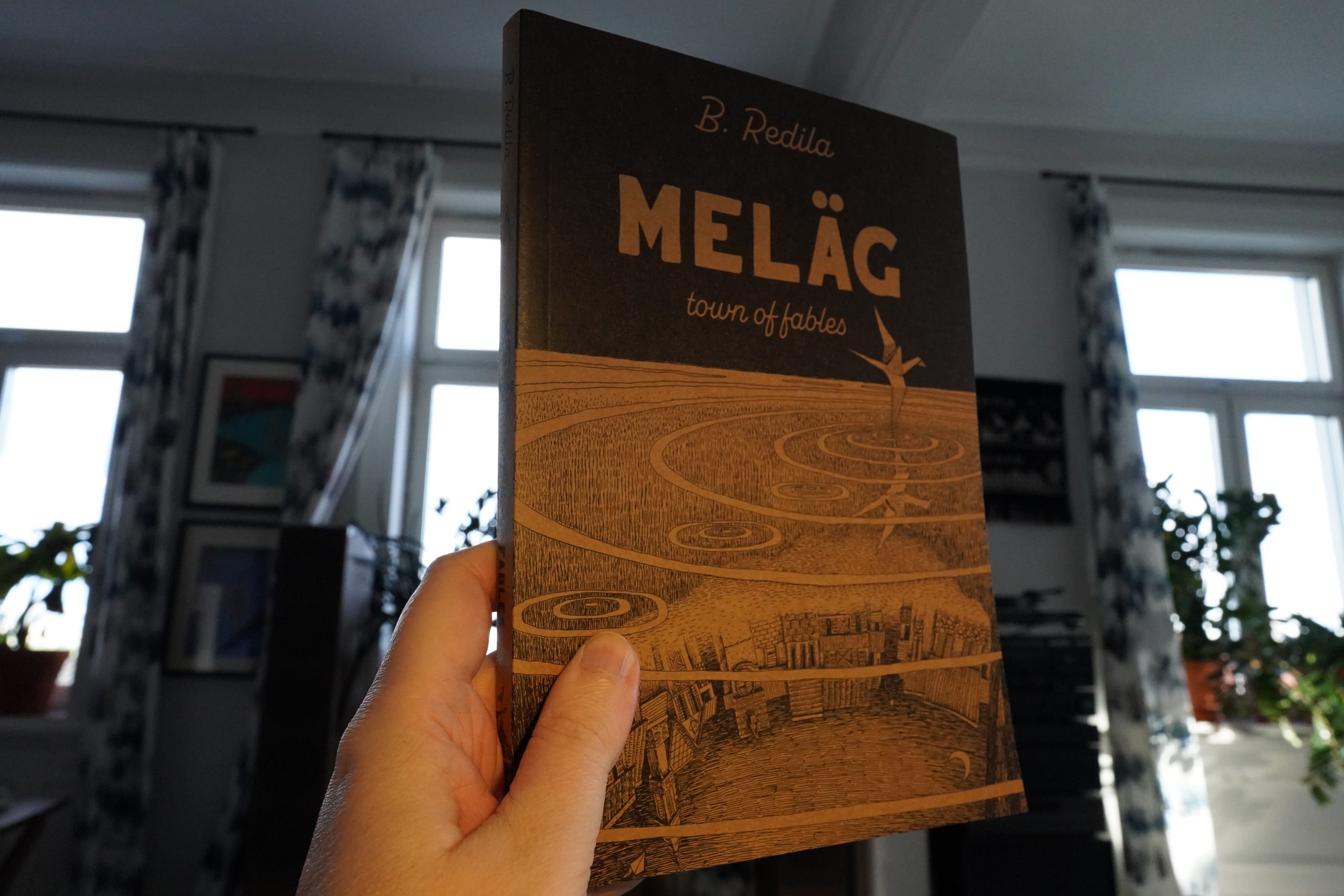
17:22: Meläg: Town of Fables by B. Redila (Fantagraphics)
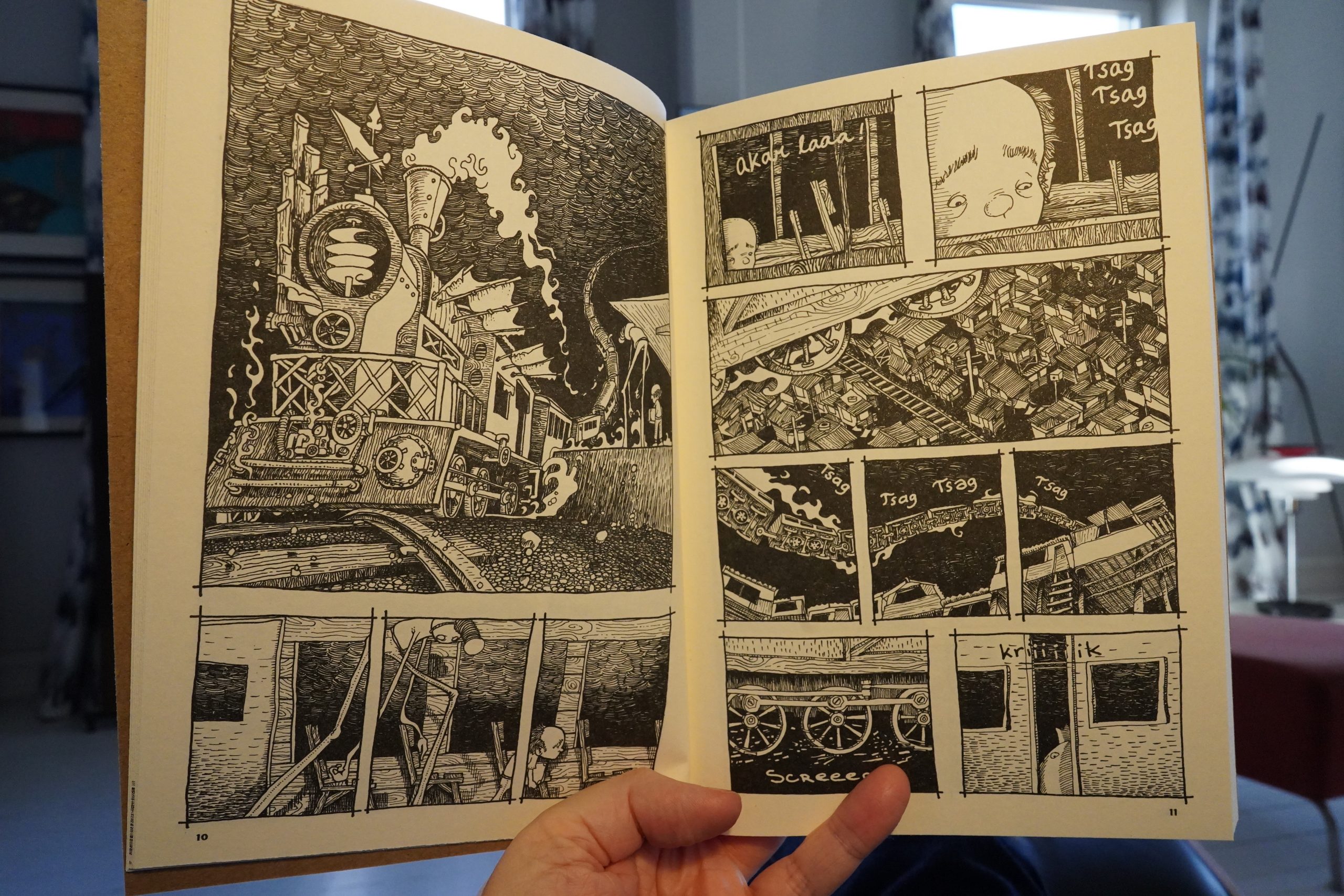
This is a series of tender vignettes about childhood memories and stuff… and there’s two introductions, a postscript and a page after every vignette that explains what we just read.
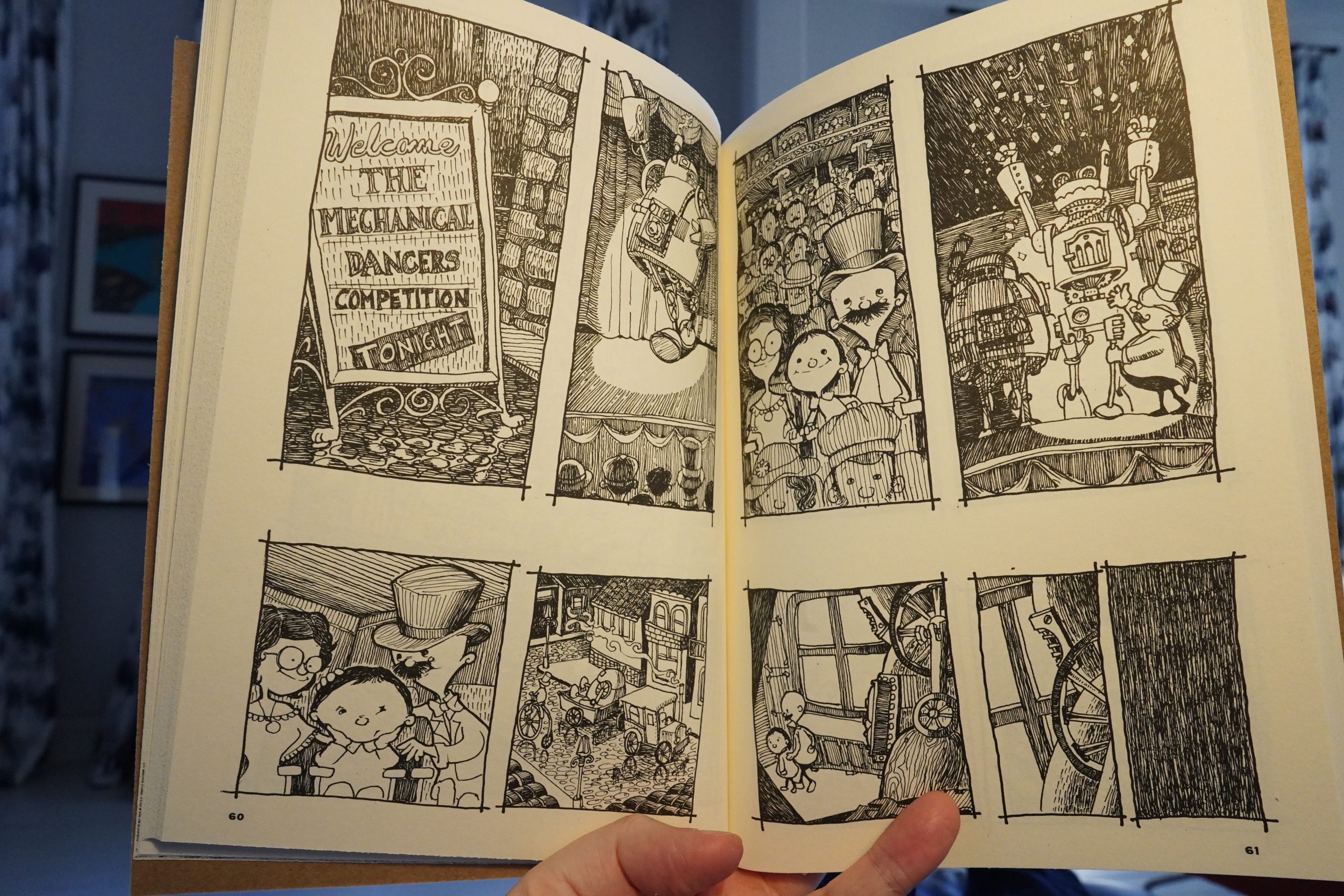
And I skipped all the text pieces. Because I can. And… these vignettes were not my thing, so I’ll just leave it at that.
| No Bra: Love & Power |  |
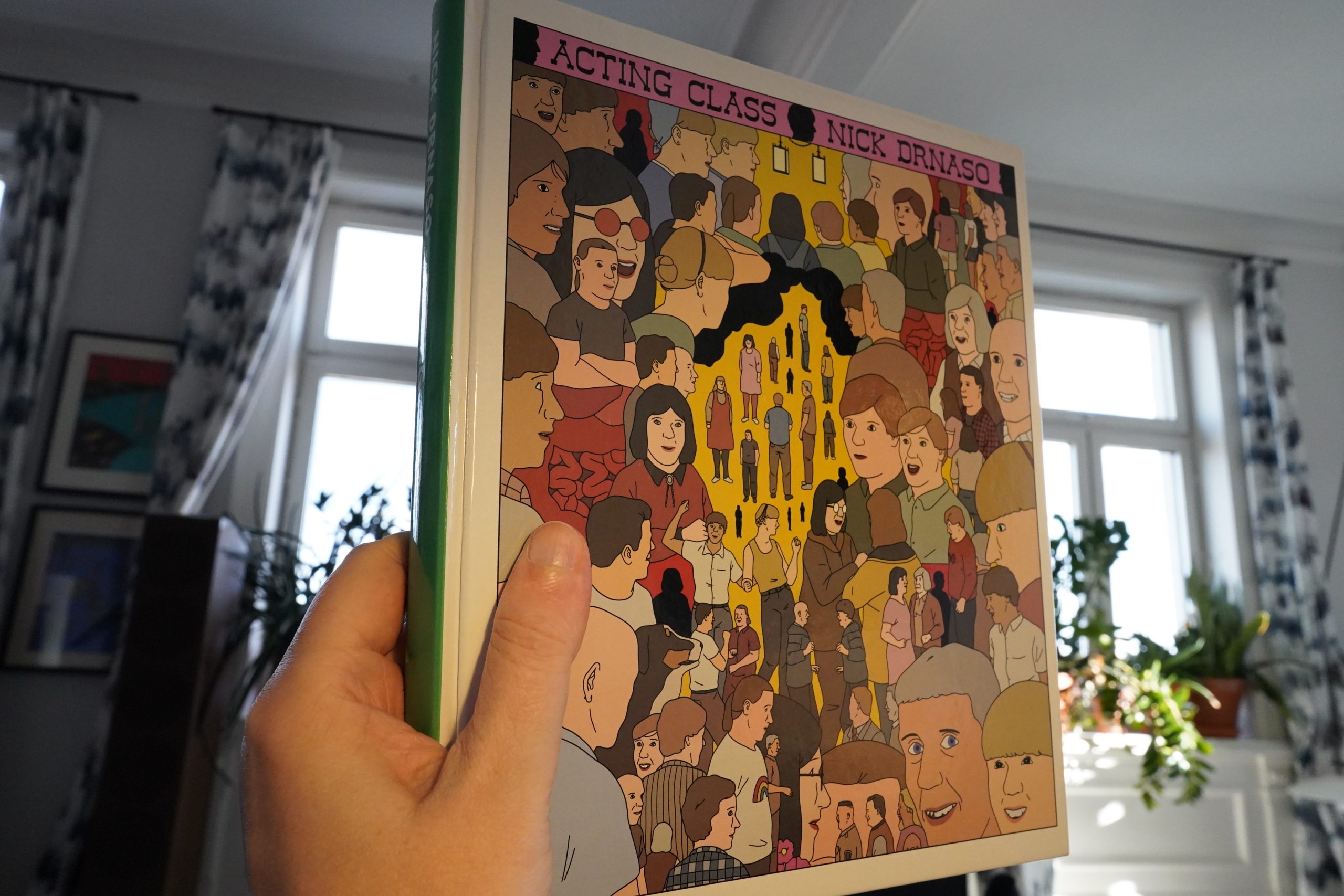
17:37: Acting Class by Nick Drnaso (Drawn & Quarterly)
This is going to be on all the Best Of lists in December, right? Instead of Time Zone J? So I’m dreading reading this a bit, because Drnaso has become so synonymous with Middlebrow Quality Comics and I hate that stuff.
But perhaps this is gonna be awesome? Let’s find out.
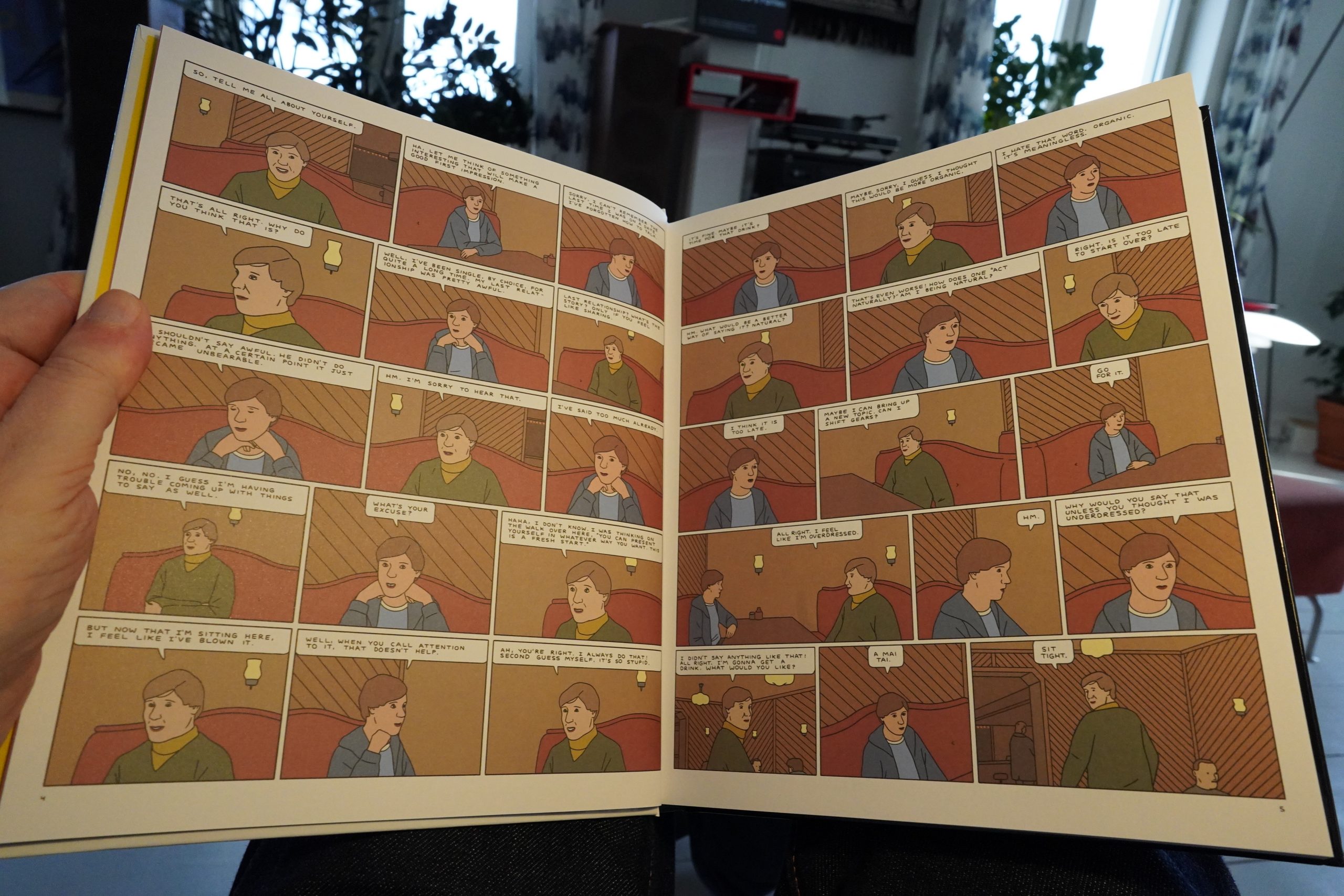
As expected, this is relentlessly ugly — an art style designed as if to denude any interest in the drawings themselves.
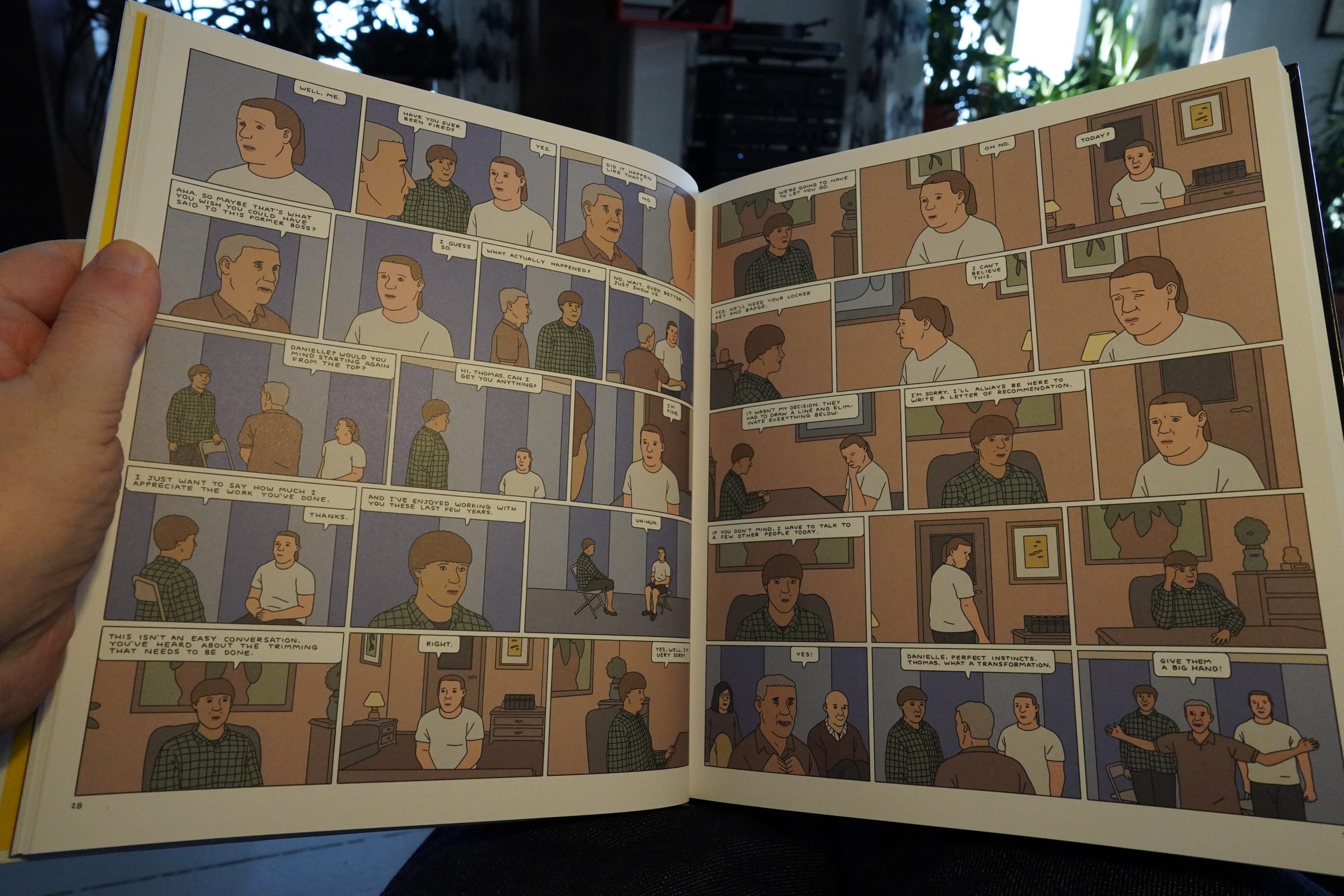
And SPOILERS DON”T READ ANY MORE IF YOU”RE GOING TO READ THIS:
| Bobbie Gentry: The Girl From Chickasaw County (7): Patchwork |  |
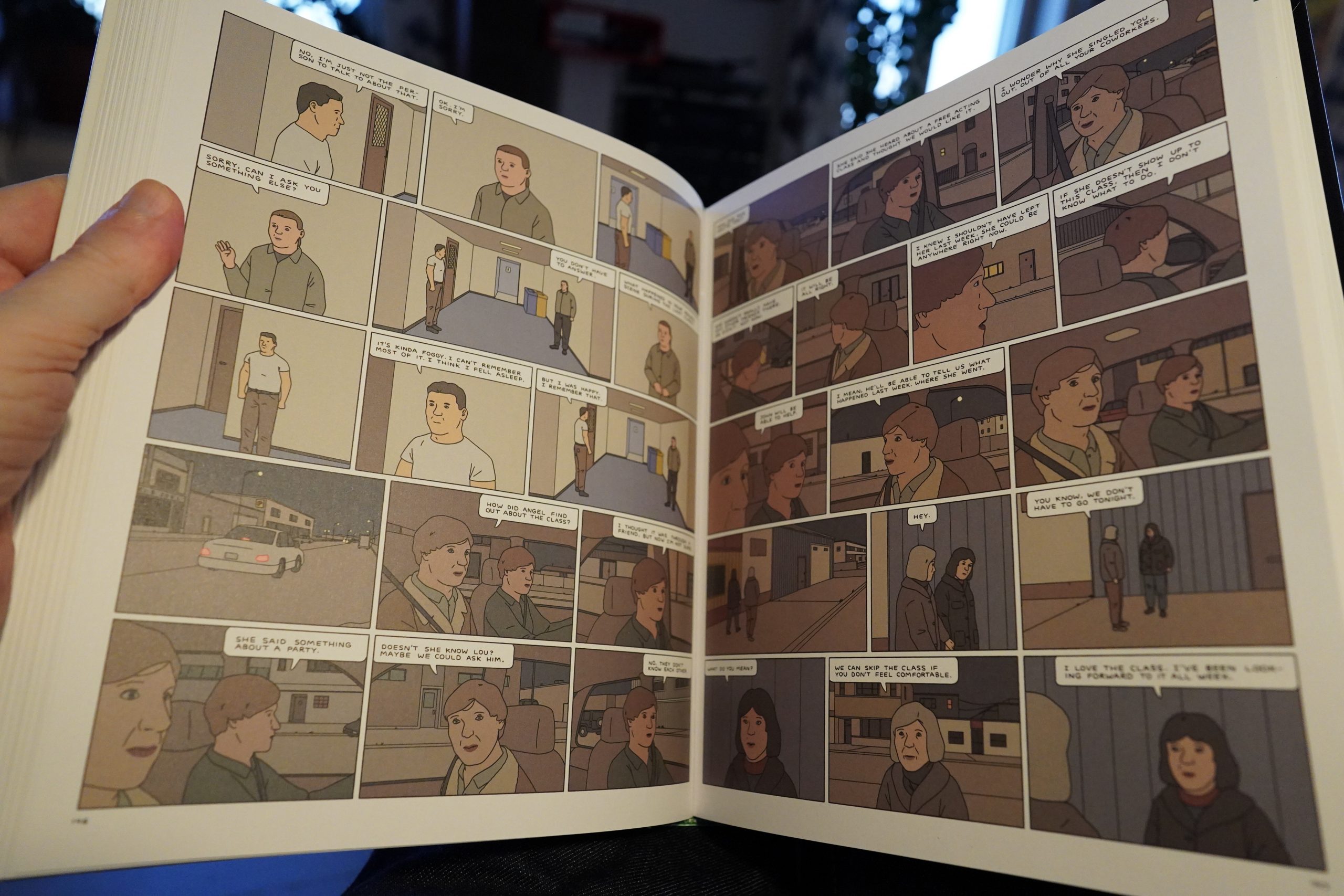
It was clear about one third in that the book is “what if eXistenZ, but as a six episode series from Apple TV+”. There are scenes that are almost uncanny, but it’s mostly just tedious. There’s way too many characters, so we go over the same stuff again and again. And most of the characters don’t have much. Character.
I wonder whether anybody told him to vary of the artwork, since there’s a lot of talking heads here, but he’s opted to never have to panels in a row that shows a character from the same angle. Perhaps he’s going for a bewildering quality? But as the characters are already hard enough to tell apart, it’s just really annoying.
It’s not a horrible book, it’s just… not very good? So now I’m curious about what mainstream critics are saying about it — are they hedging their bets, or are they disgusted at having to read a Cronenberg retread?
Can’t get more mainstream than this:
Drnaso masterfully digs into the group’s psyches, unearthing their deepest desires, anxieties, and troubled backstories
Looks like TCJ loathed it, but doesn’t dare to actually say it in so many words:
That difference is ultimately in the eye of the beholder, like most are. But if an artist reopens a seam of gold that led a previous work to “advance beyond the comics that preceded it,” then it’s fair to ask whether the new comic built on that hot frontier is making you think, or just making you read.
I like the expression “performative respectability”, though.
The Guardian also hedges their bets:
Thanks to this, my stomach lurched a bit when I picked up Acting Class, Drnaso’s first full-length outing since Sabrina. Is it as wildly successful as its predecessor? In truth, I’m not sure that it is.
So there you go — looks like people didn’t like the book. It doesn’t do performative respectability as well as Sabrina did.
| Espen Reinertsen: Forgaflingspop | 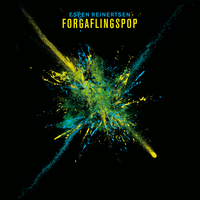 |
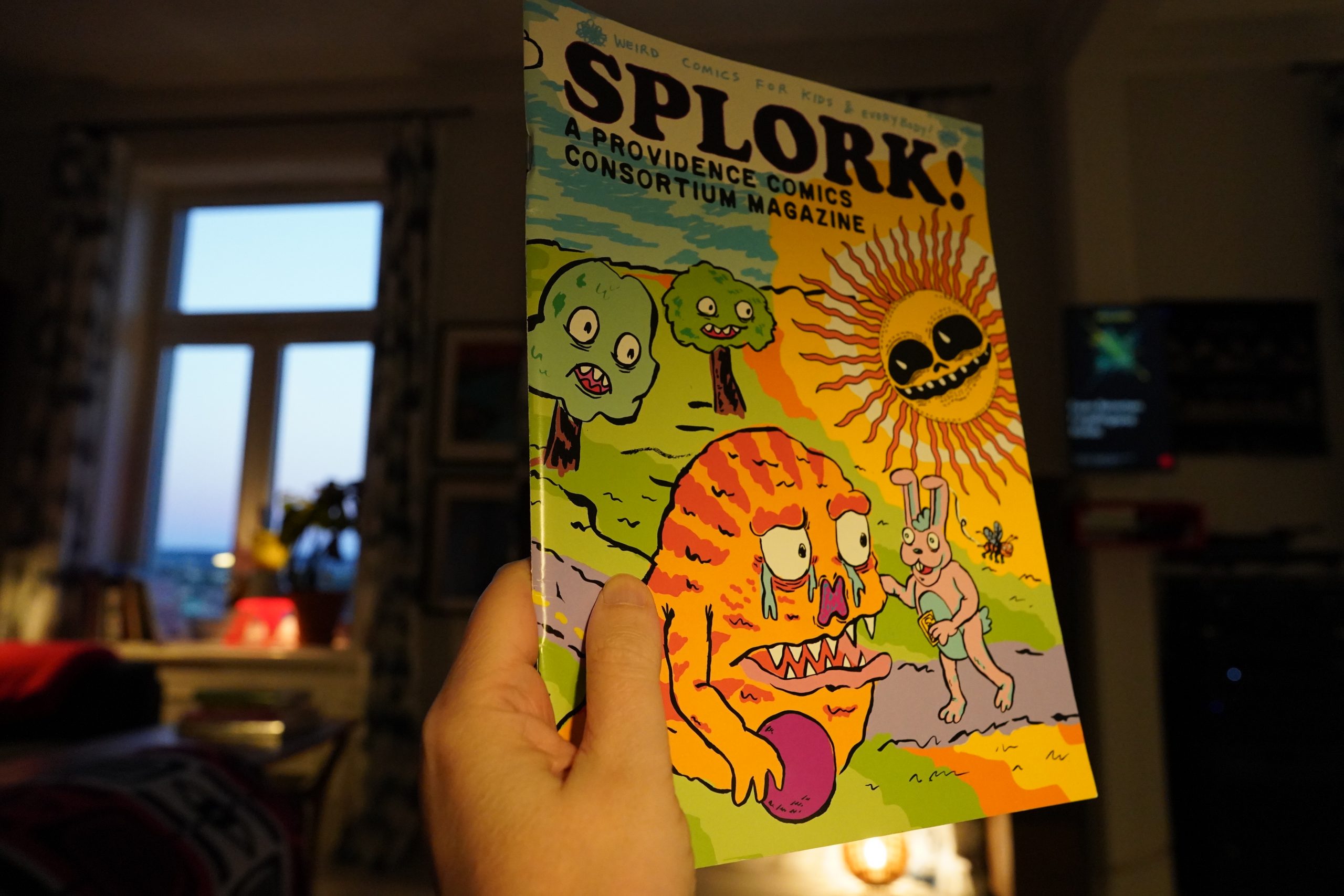
20:06: Splork! by Caitlin Cali & Walker Mettling
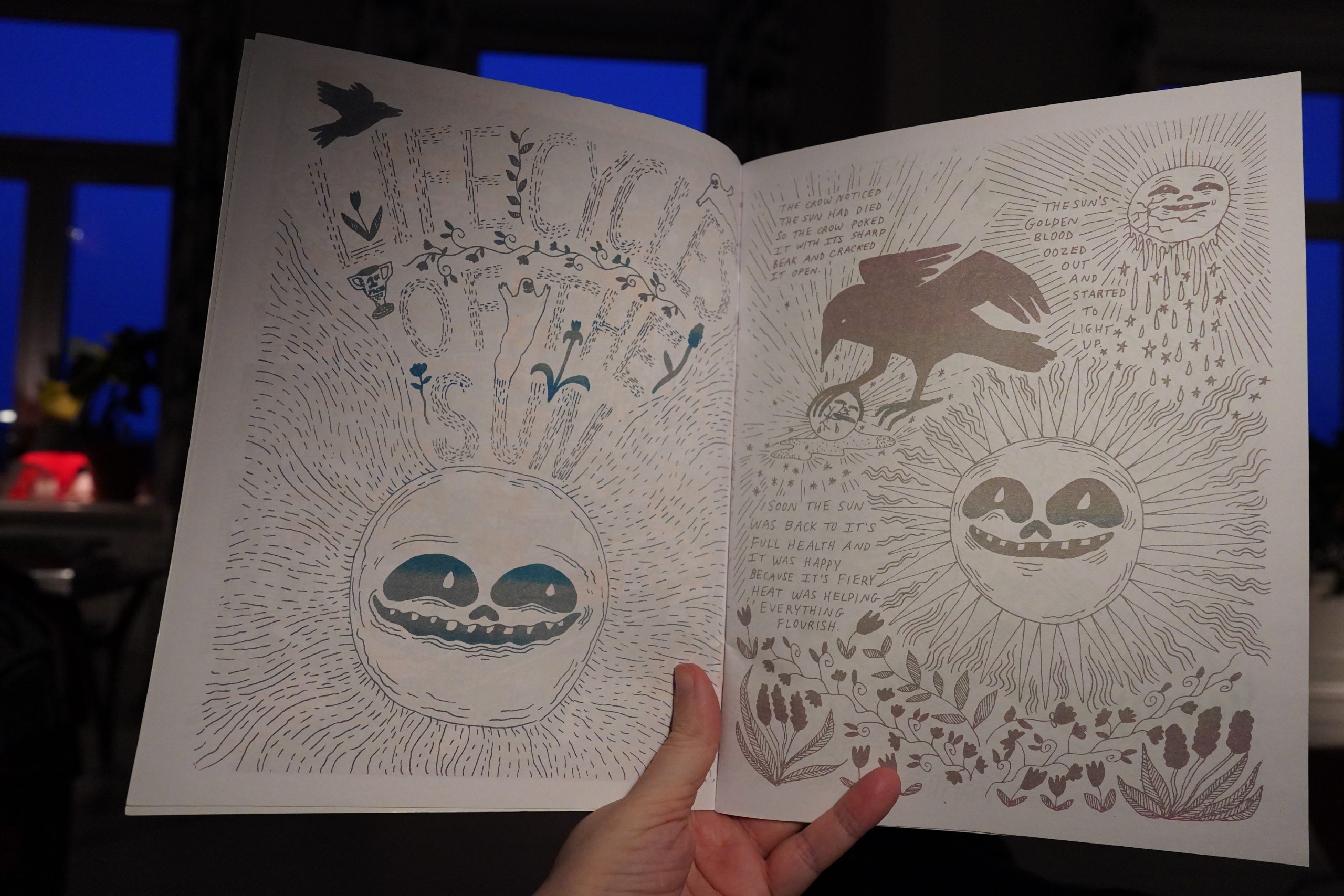
This is great! I think it’s a magazine for kids? Very straightforward, but odd stories, if that makes sense. Lots of different artwork approaches, and all good.
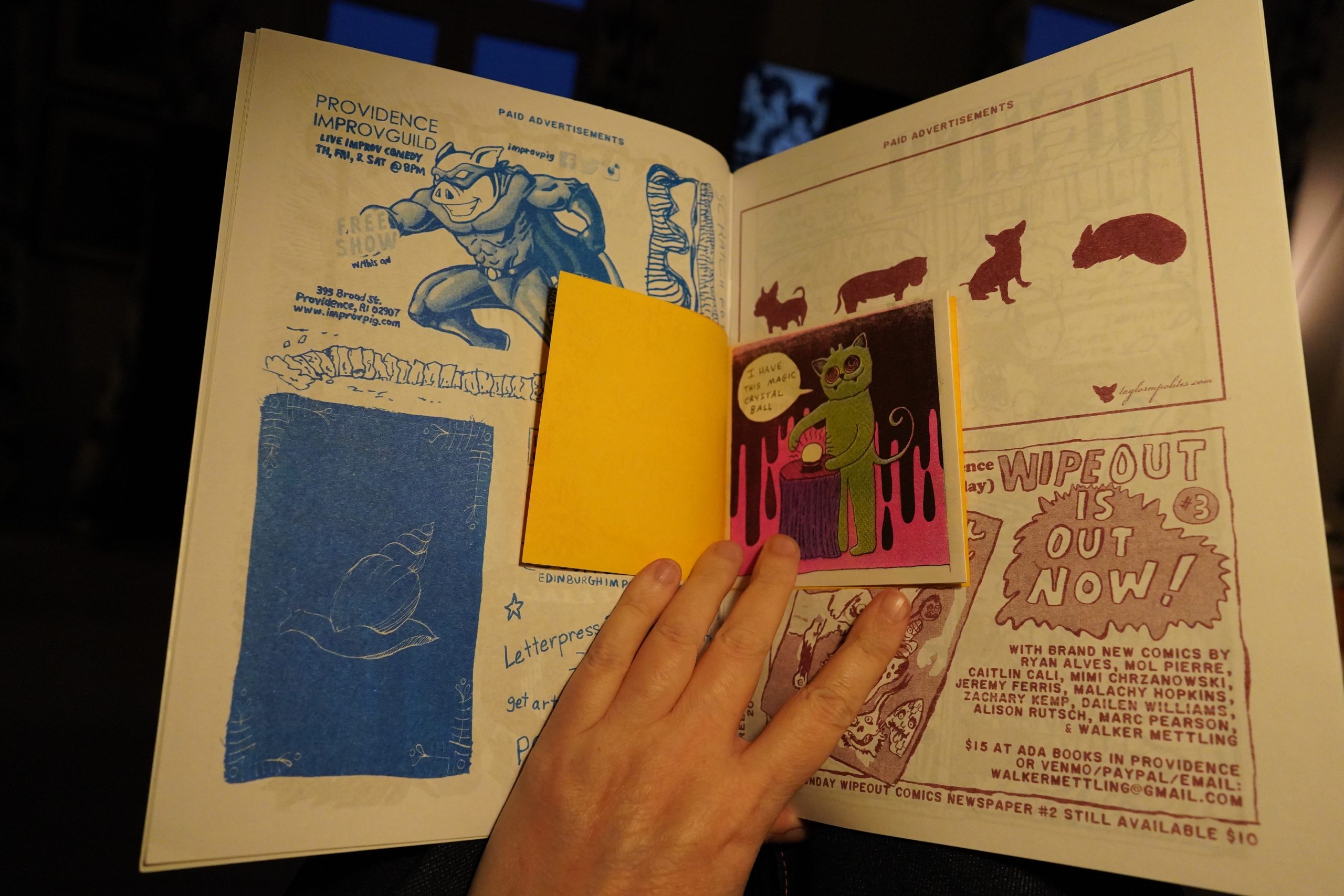
And there’s a little booklet inside. And a whole lot of ads — pages and pages of ads… is this a free magazine, perhaps? I don’t recall where I got this from…
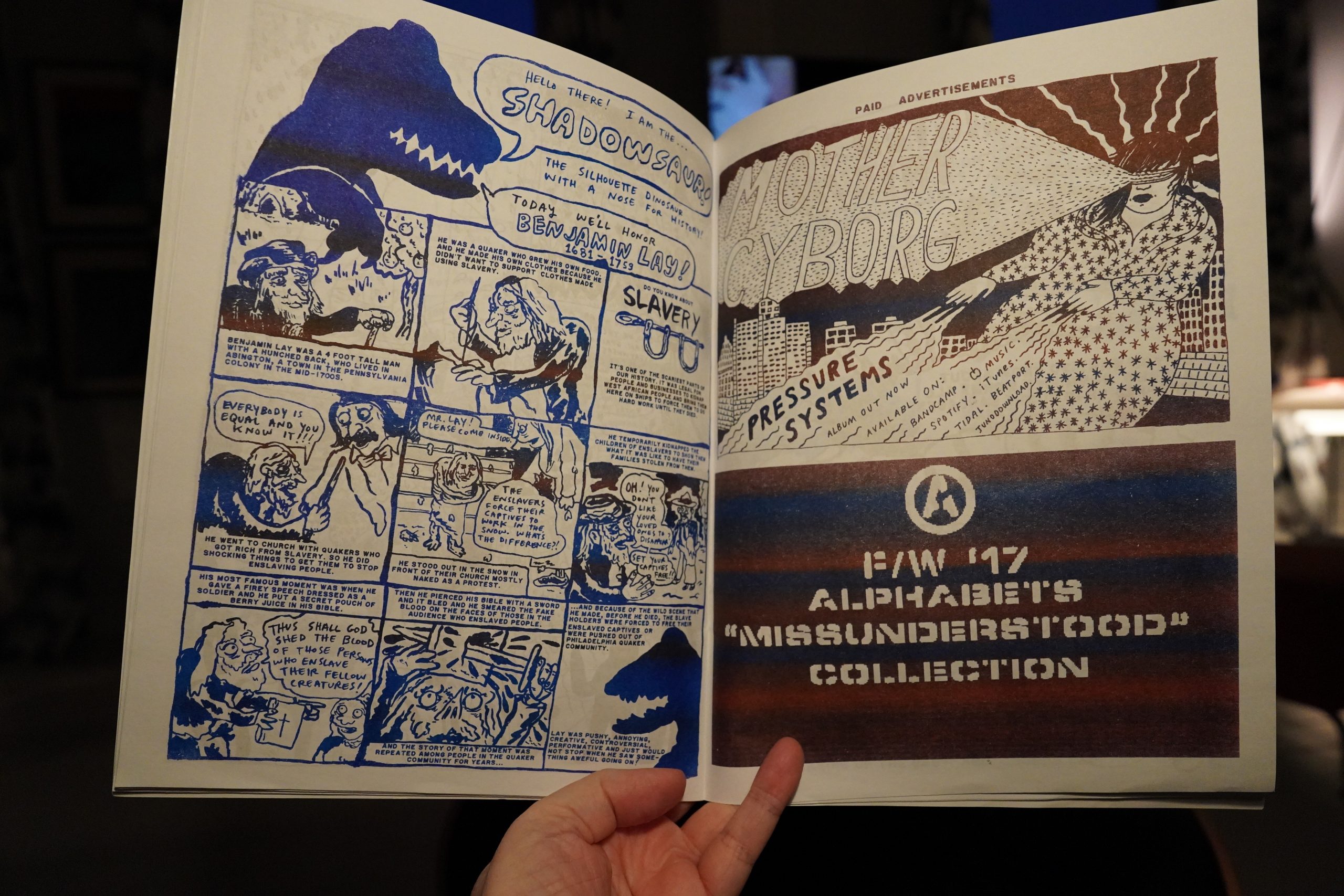
Very edumacational, too.
| John Lennon & Yoko Ono: Unfinished Music No. 2: Life With The Lions | 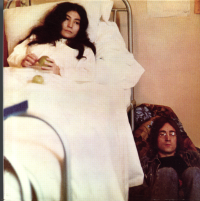 |
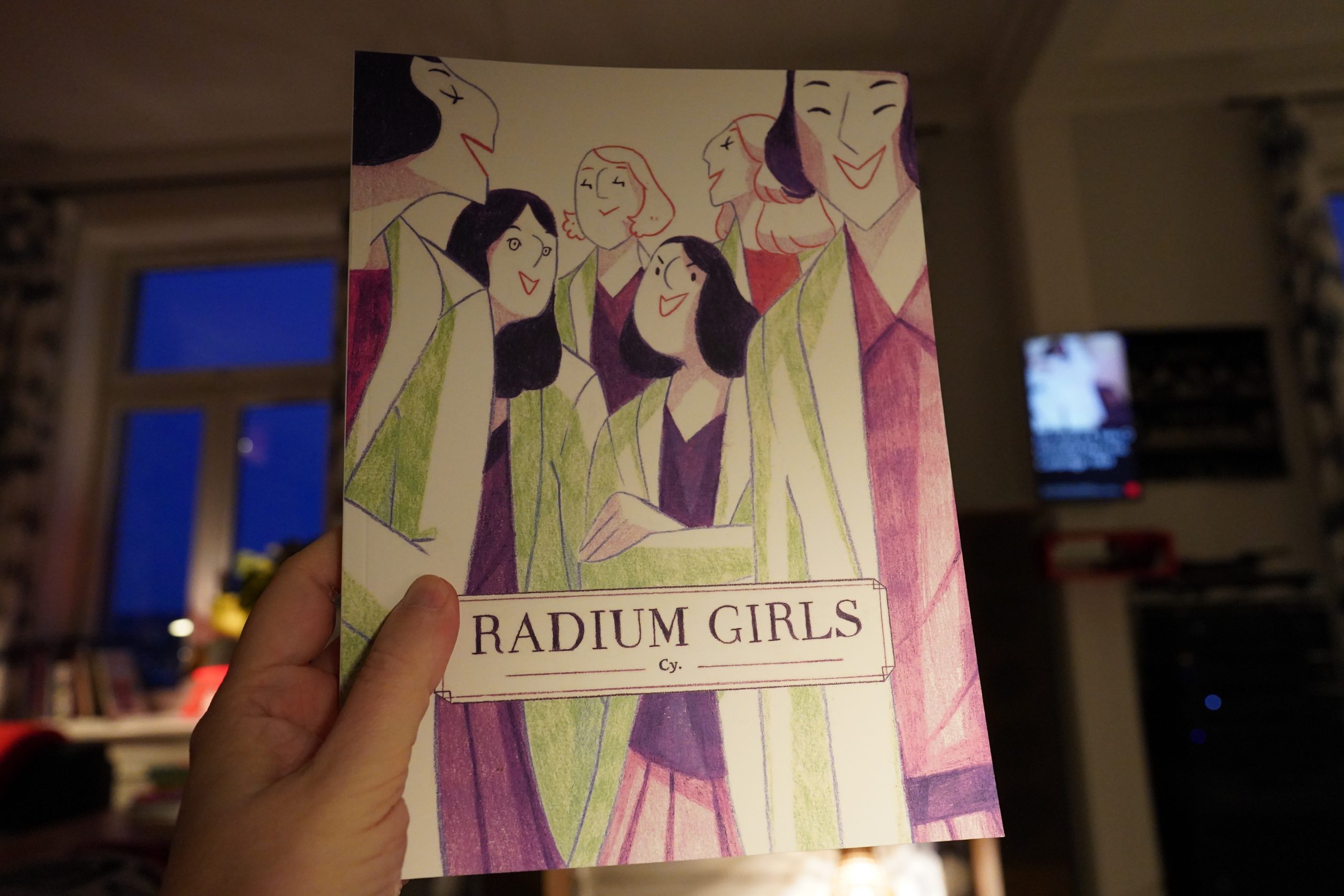
20:34: Radium Girls by Cy (Iron Circus)
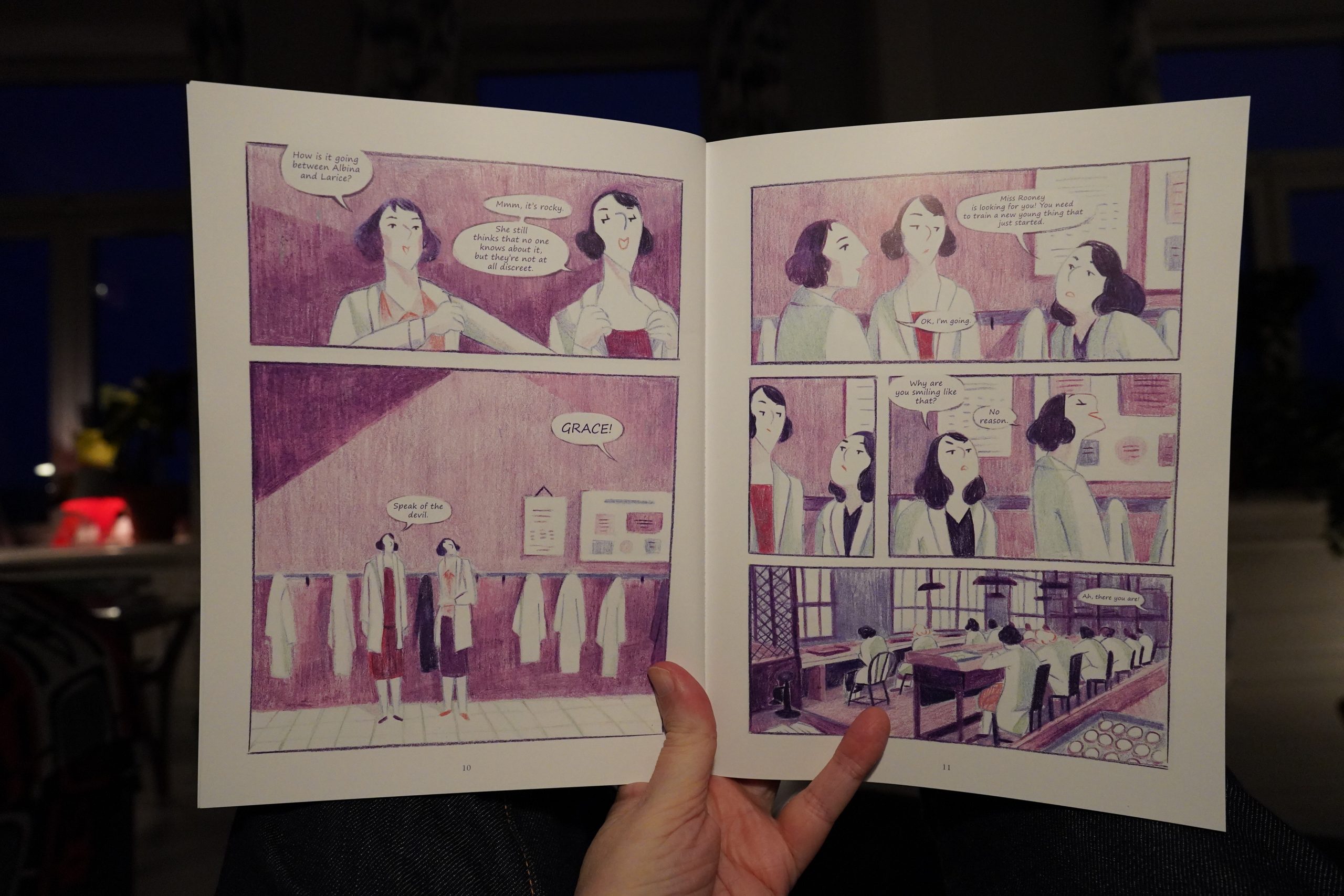
The artwork is really appealing, and the story (about the women who worked at a place where they used radium paints in 1918) should have been easy to make something interesting out of.
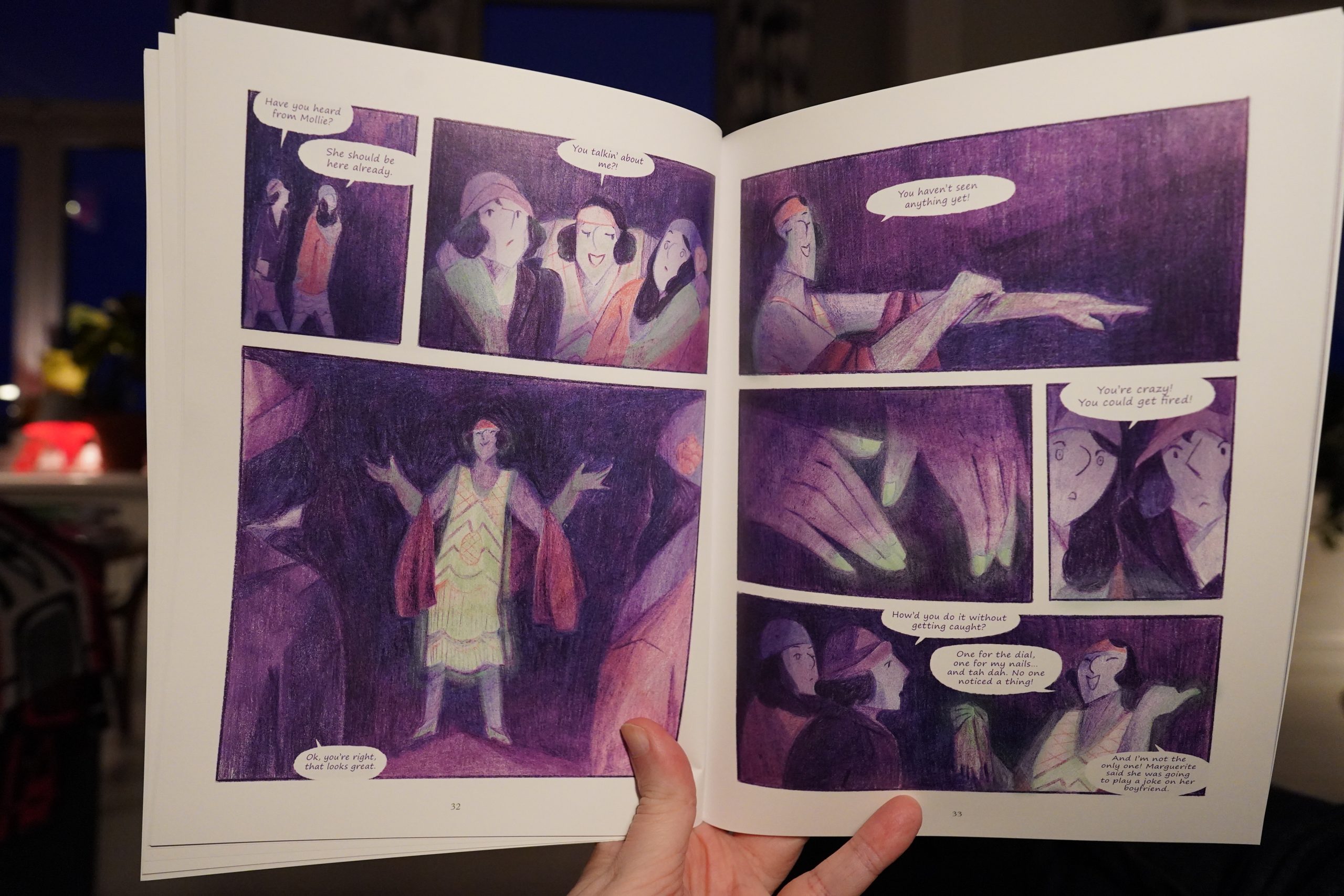
But nope. It tries to avoid the Wikipedia Page As A Comic Book horrors, but instead we get the Wikipedia treatment with lots of stuff that just seems like random fantasy instead.
It’s just not interesting at all, unfortunately.
| John Lennon & Yoko Ono: Unfinished Music No. 2: Life With The Lions | 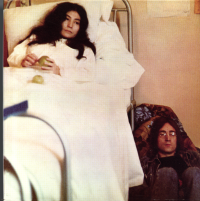 |
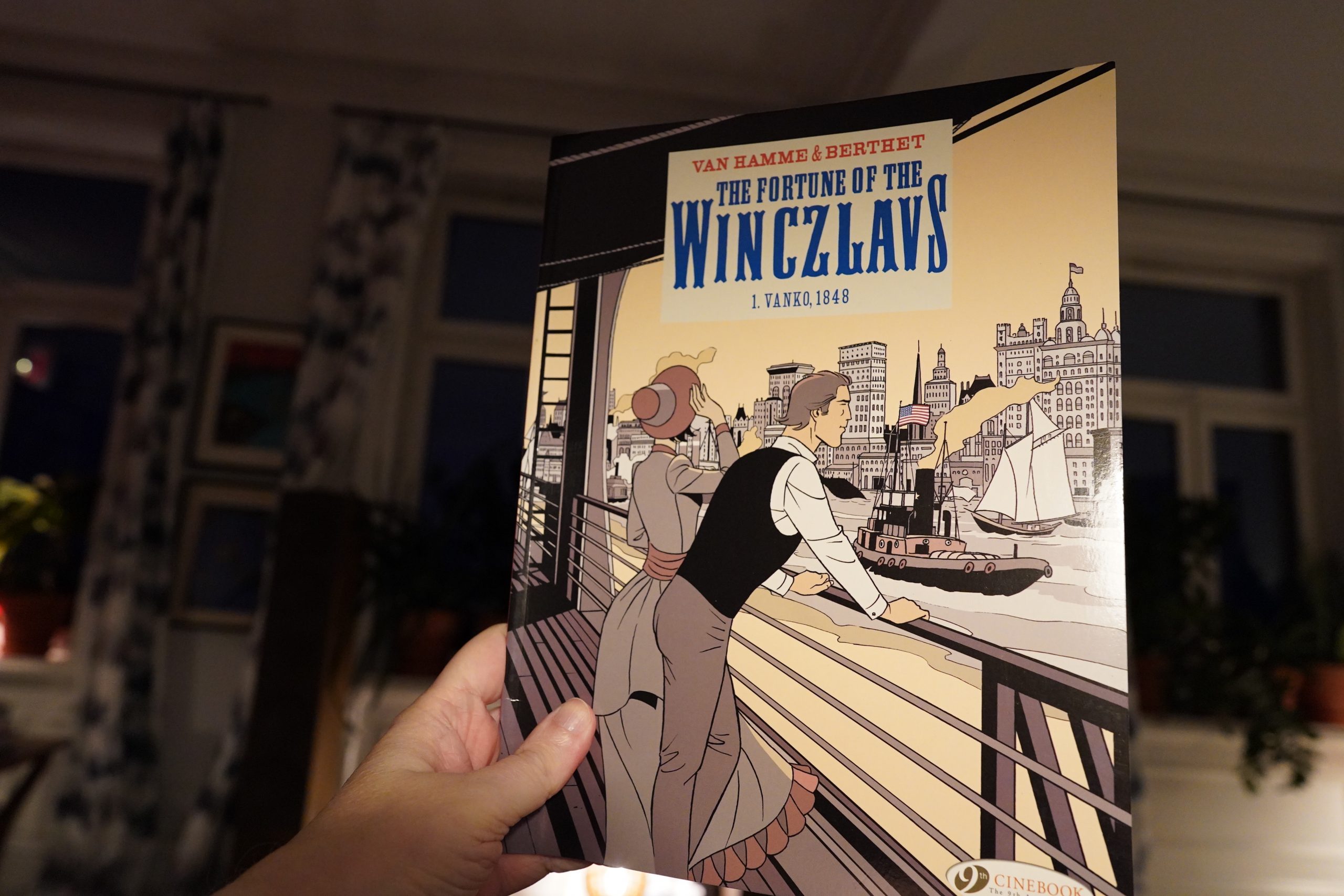
20:56: La fortune des Winczlav – 1. Vanko 1848 by Van Hamme & Berthet (Cinebook)
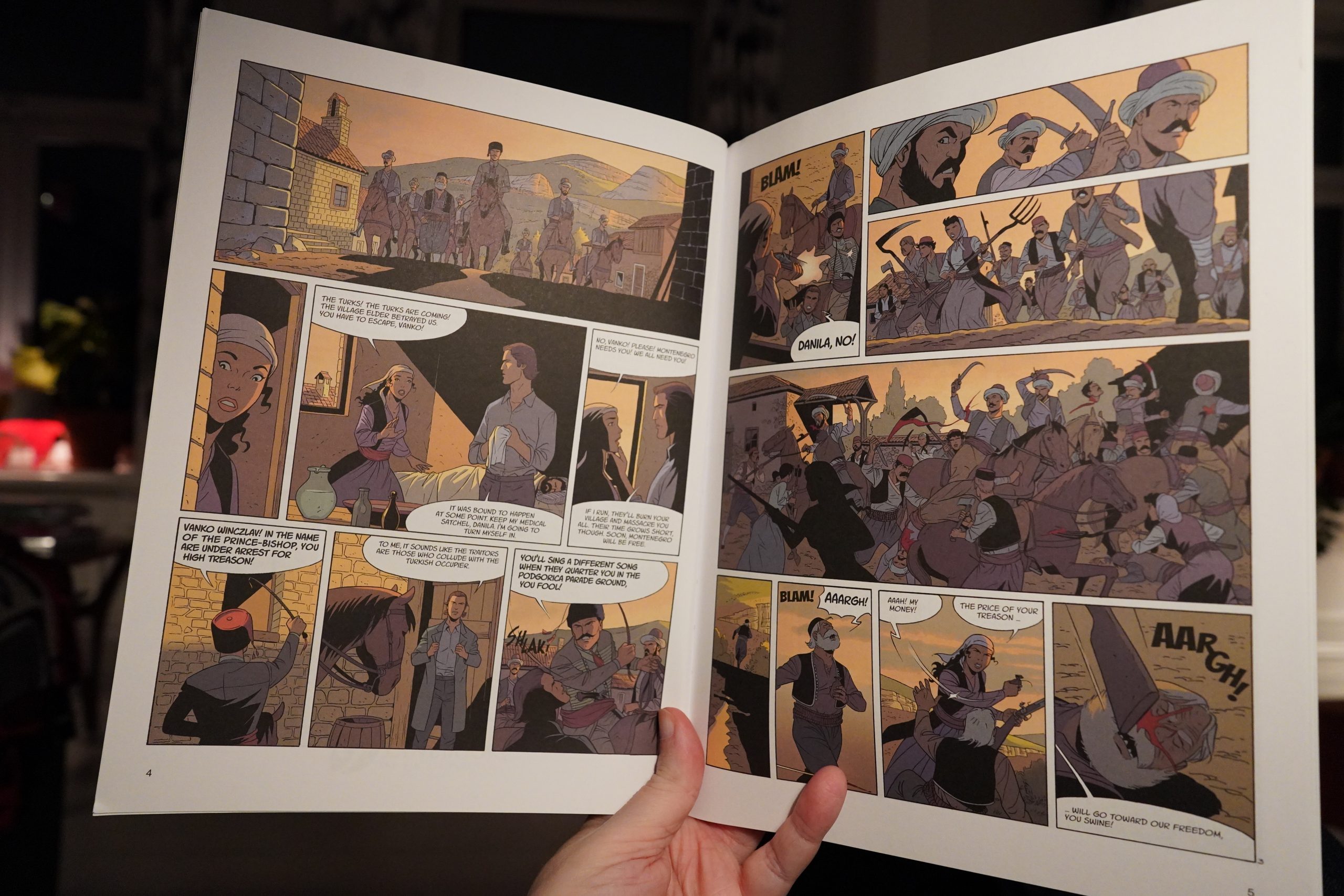
This is bizarre. It’s professionally made, even if the artwork’s pretty stiff and uninspiring.
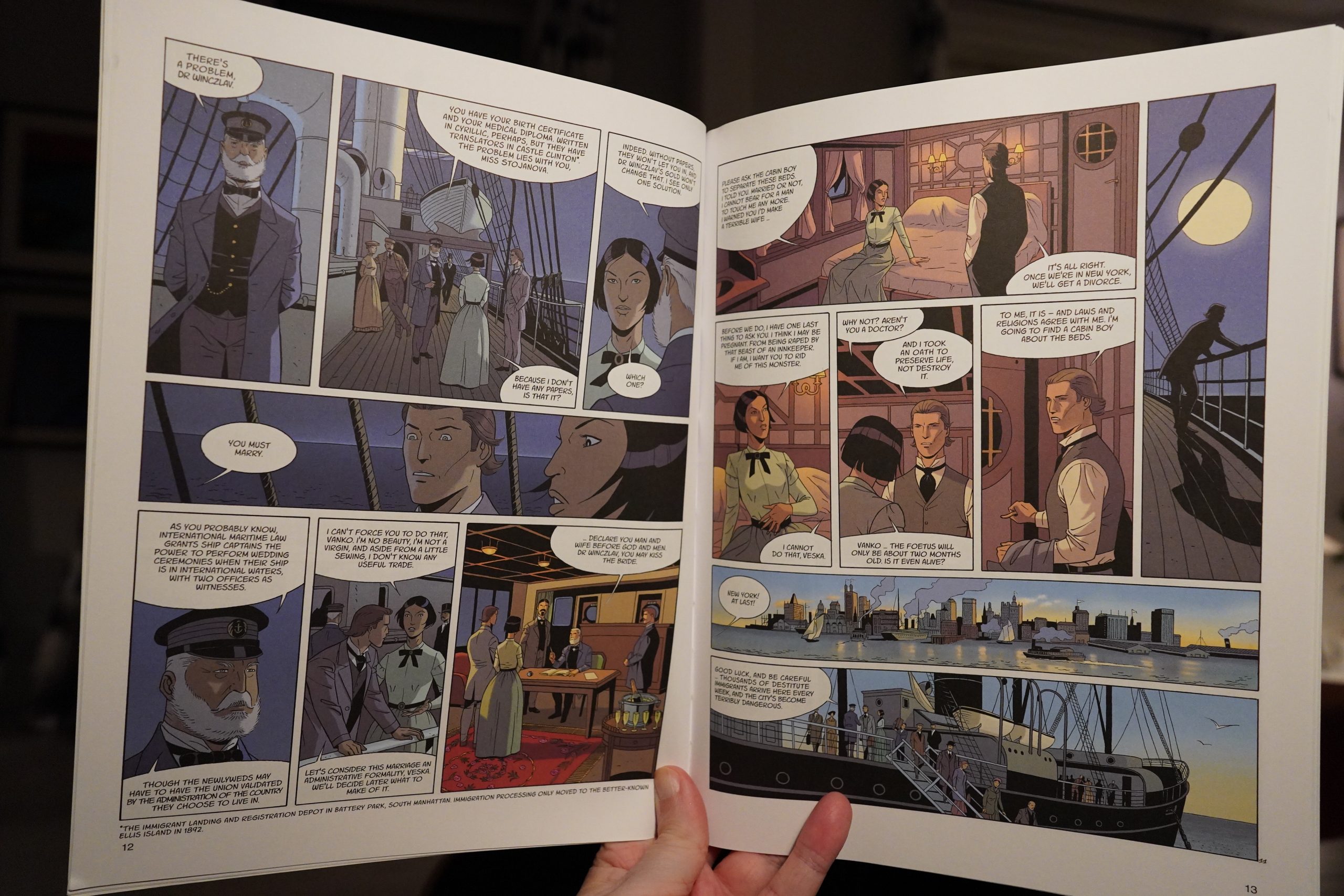
But the storyline (which covers about… 50 years?) is like “and then this happened, and then this, and then this”. It’s like reading a recap of a story instead of reading the story. It’s not totally without charm, but it’s weird.
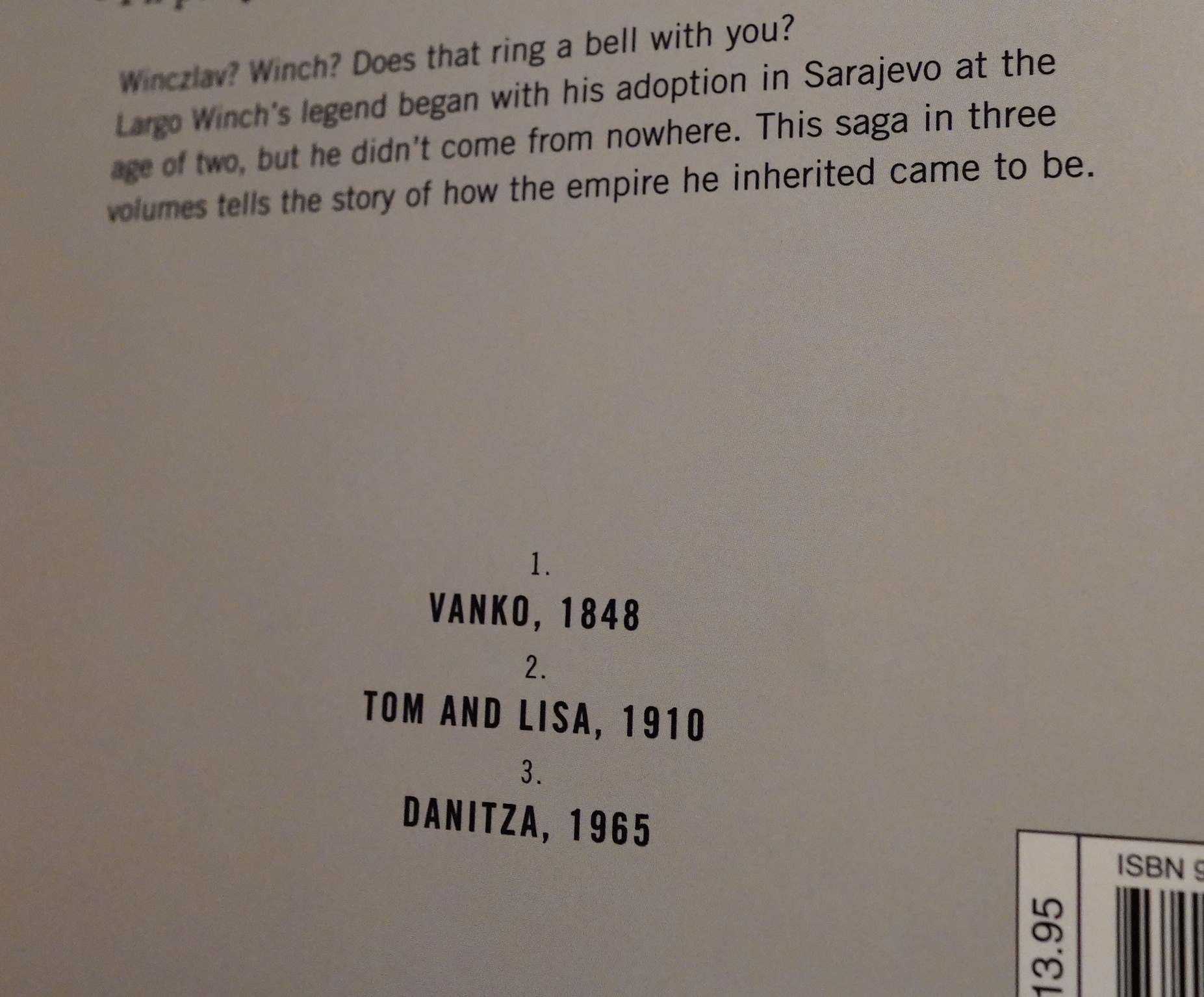
Oh! This is telling the story of Largo Winch’s family! That explains that it’s covering so much territory in this extremely shorthand fashion. I’ve barely read Largo Winch myself — I’ve probably happened upon an album or two over the years — but I didn’t make the connection.
Oh well. I think even if I were a Largo Winch fan, I’d have found this to be pretty boring.
| Kanye West: Yeezus |  |
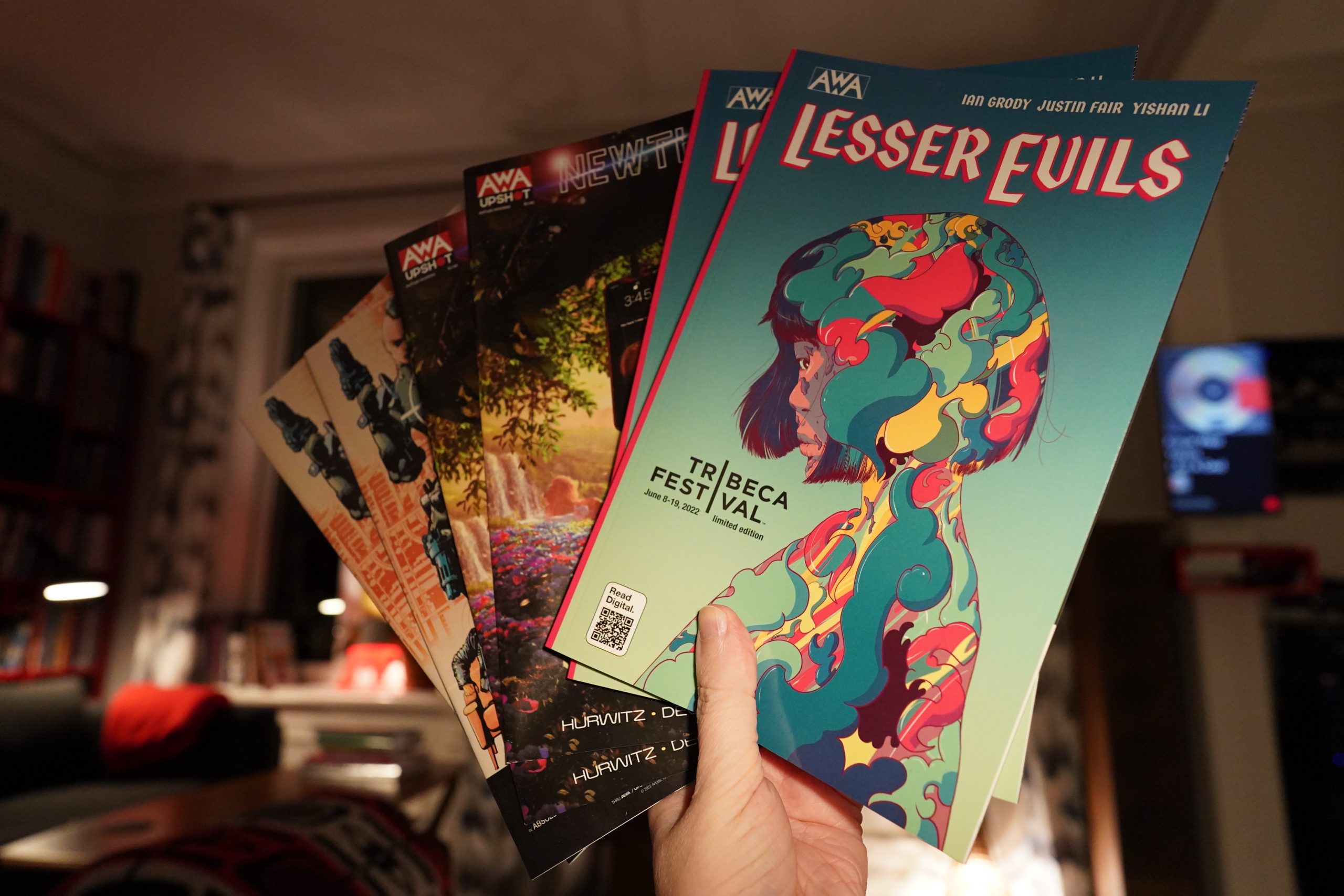
21:36: Some AWA Comics by (AWA)
In last month’s package from DCBS there were some comics from AWA, and I assumed that I’d ordered them and forgotten all about it. (It’s happened before. Oops!) But this time around I figured out what’s going on — these are promotional comics? Given away to DCBS customers? And this time they’ve sent me two copies of each book. Promotional money from AWA not ideally spent…
But let’s have a look.
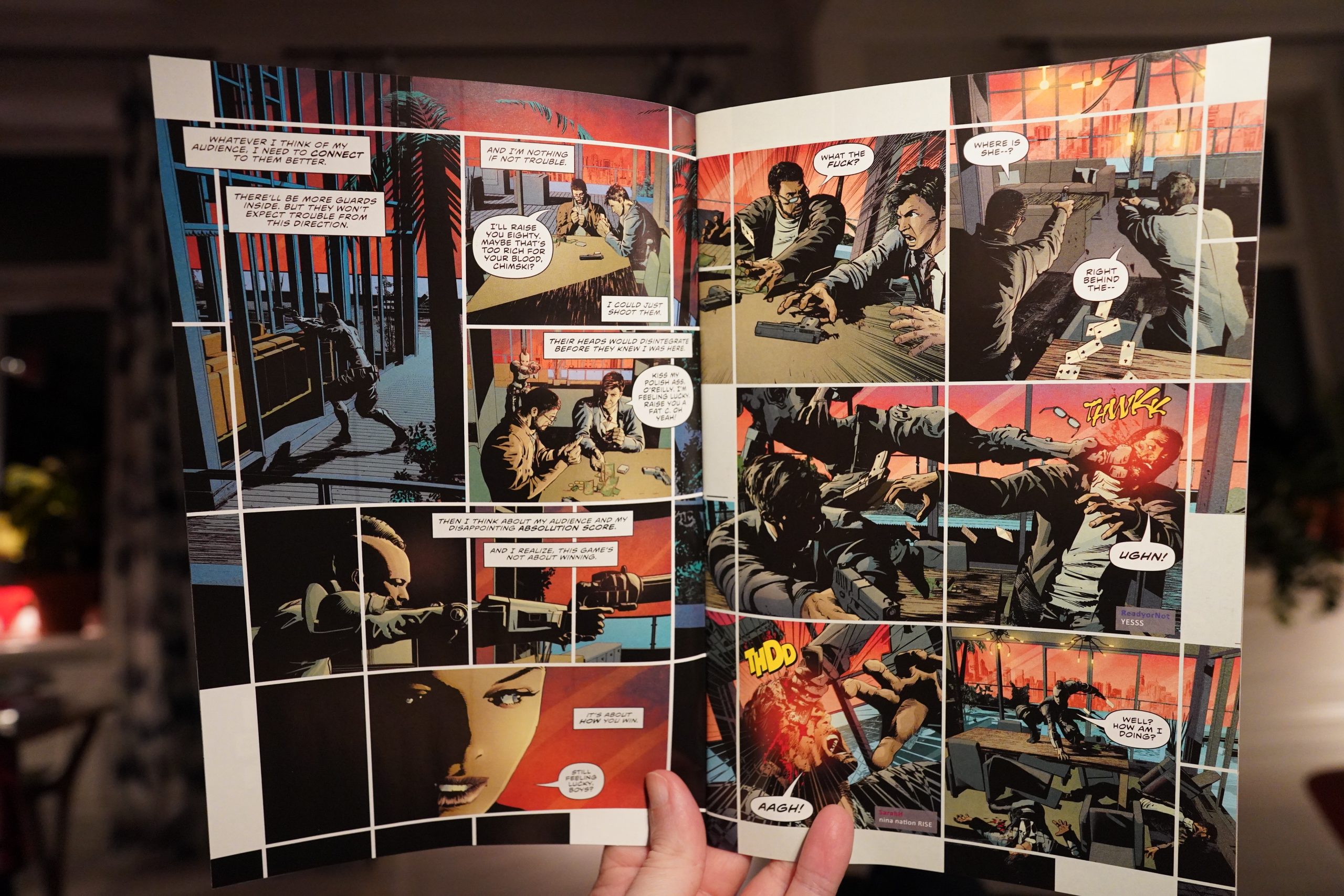
Absolution by Peter Milligan (!) and Mike Deodato looks pretty good (if extremely photo-referenced), but it’s just so boring. It’s about ex cons with bombs in their heads participating in reality TV assassinations. Hasn’t this been done nine dozen times before?
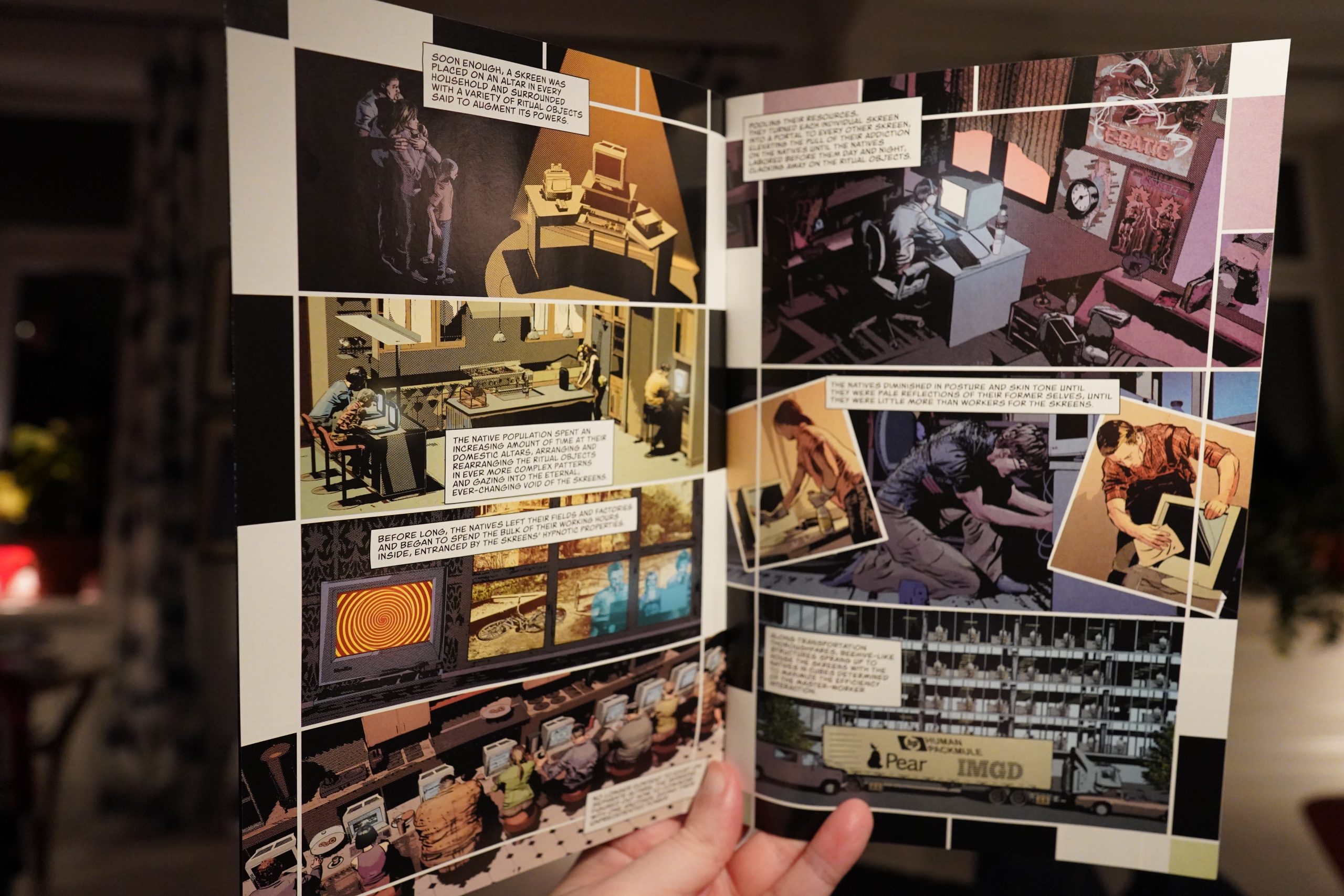
Much satire.
Newthink has the same artist as the previous book, but is written by Gregg Hurwitz. It’s not very original in theme (it’s the “Funny How People Use Those Mobile Phones So Much, Eh?” one), but it’s certainly original in approach to telling a story. That is, there is no story.
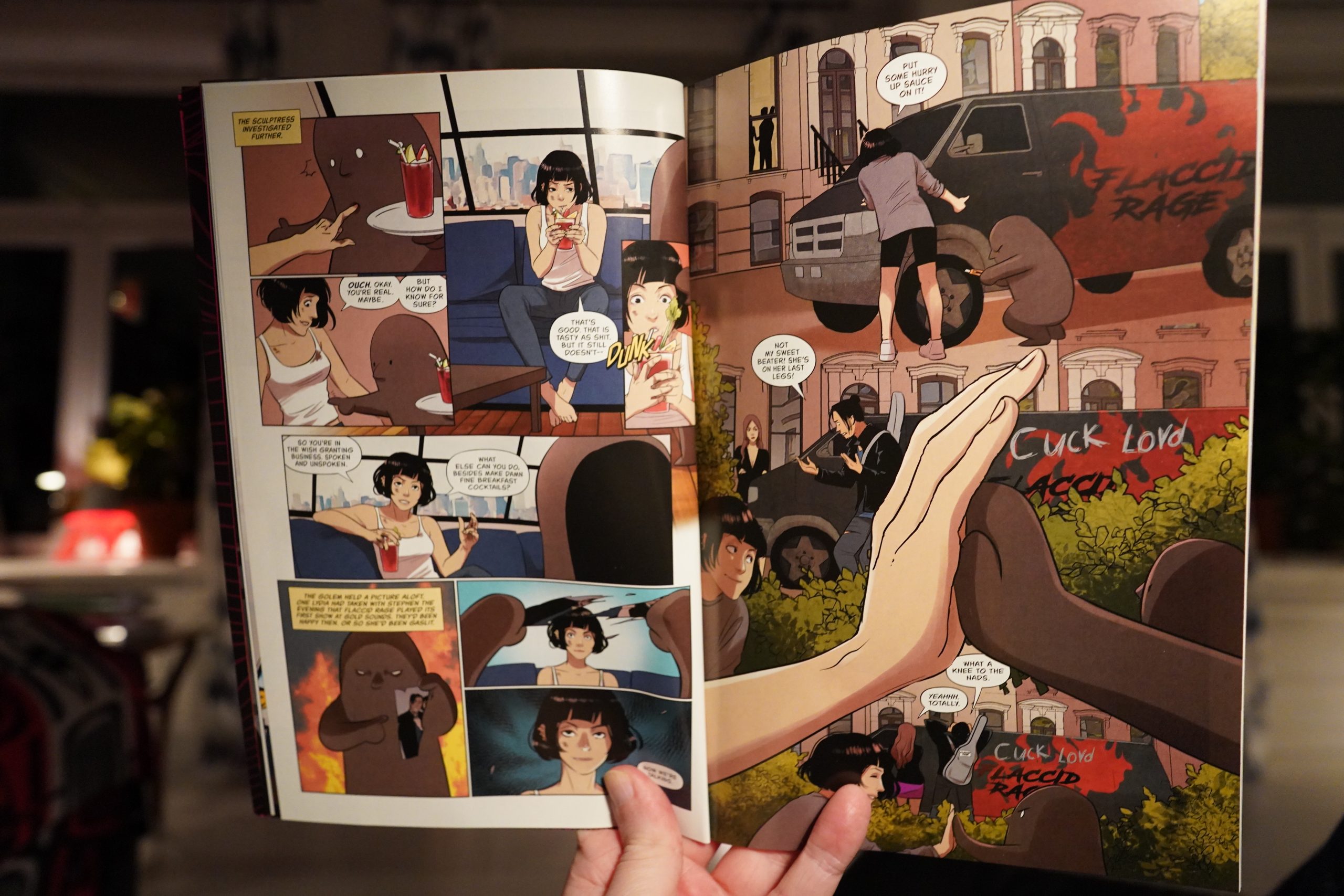
The last book collects four issues by Ian Grody and Justin Fair — three #1s and one #2.
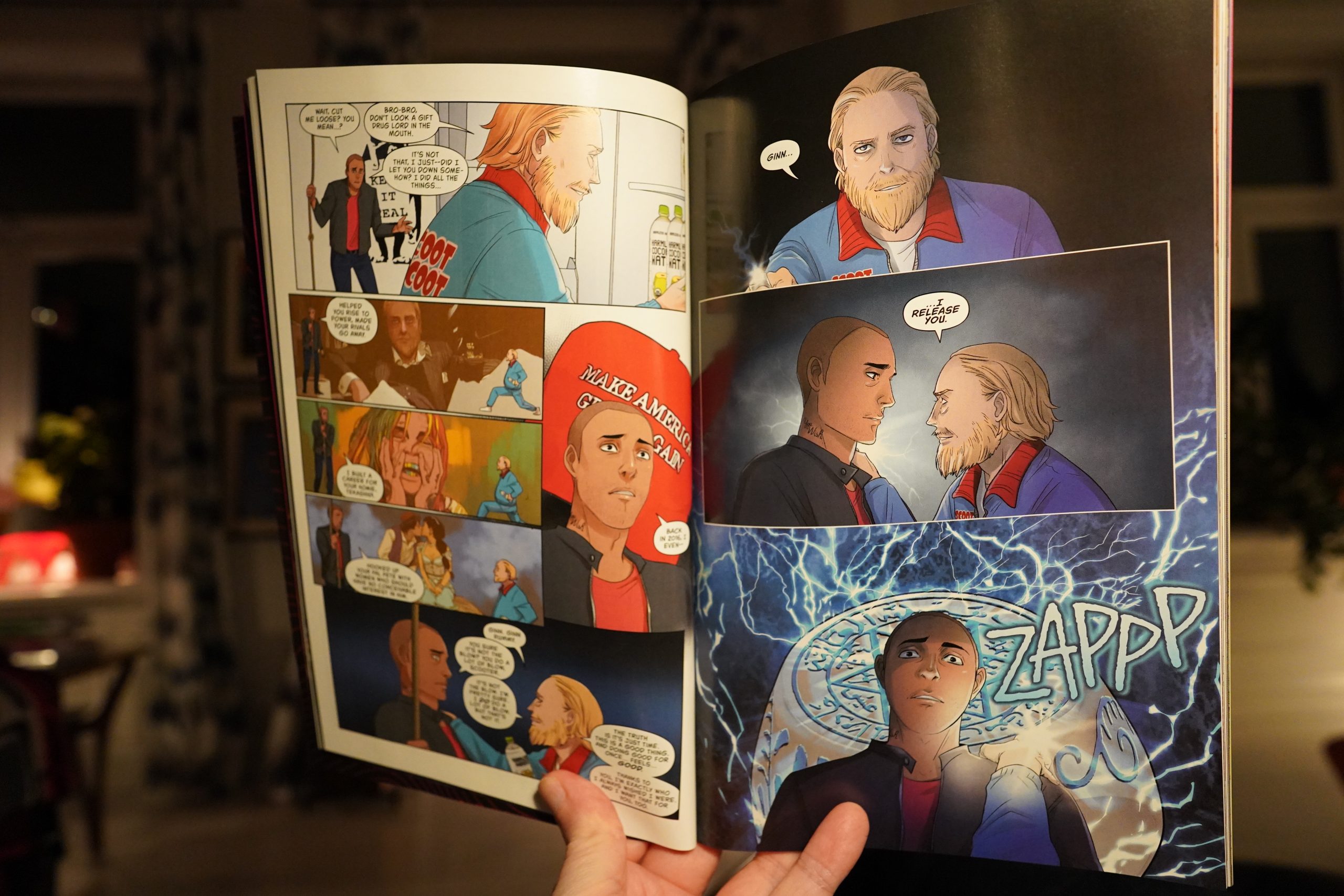
And… it’s fine? It’s a bit wobbly in the storytelling, but I think it’s meant to be that way.
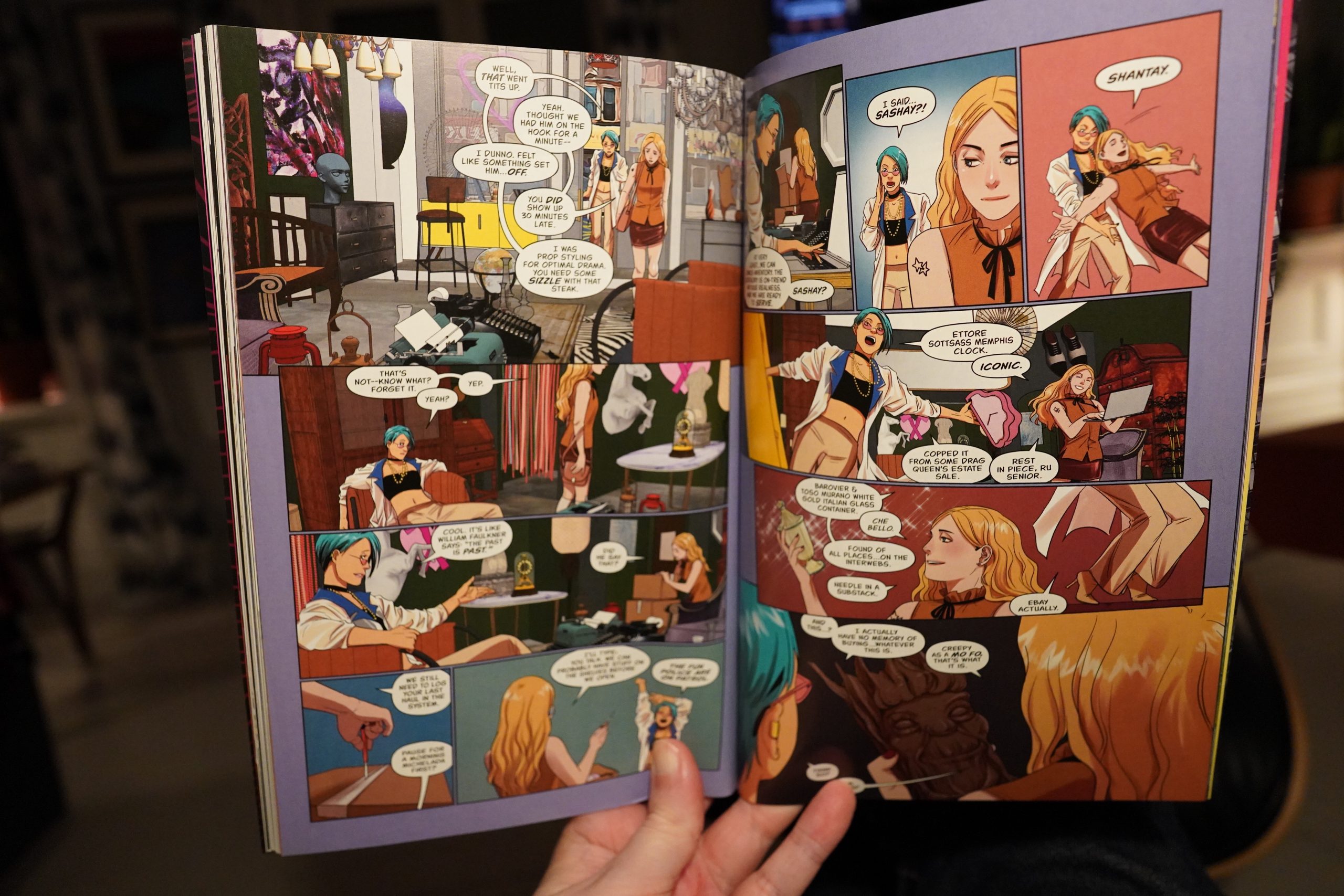
But it’s not really my kind of thing.
| The Lounge Lizards: Voice of Chunk |  |

22:31: Boris The Potato Child by Anne Simon (Fantagraphics)
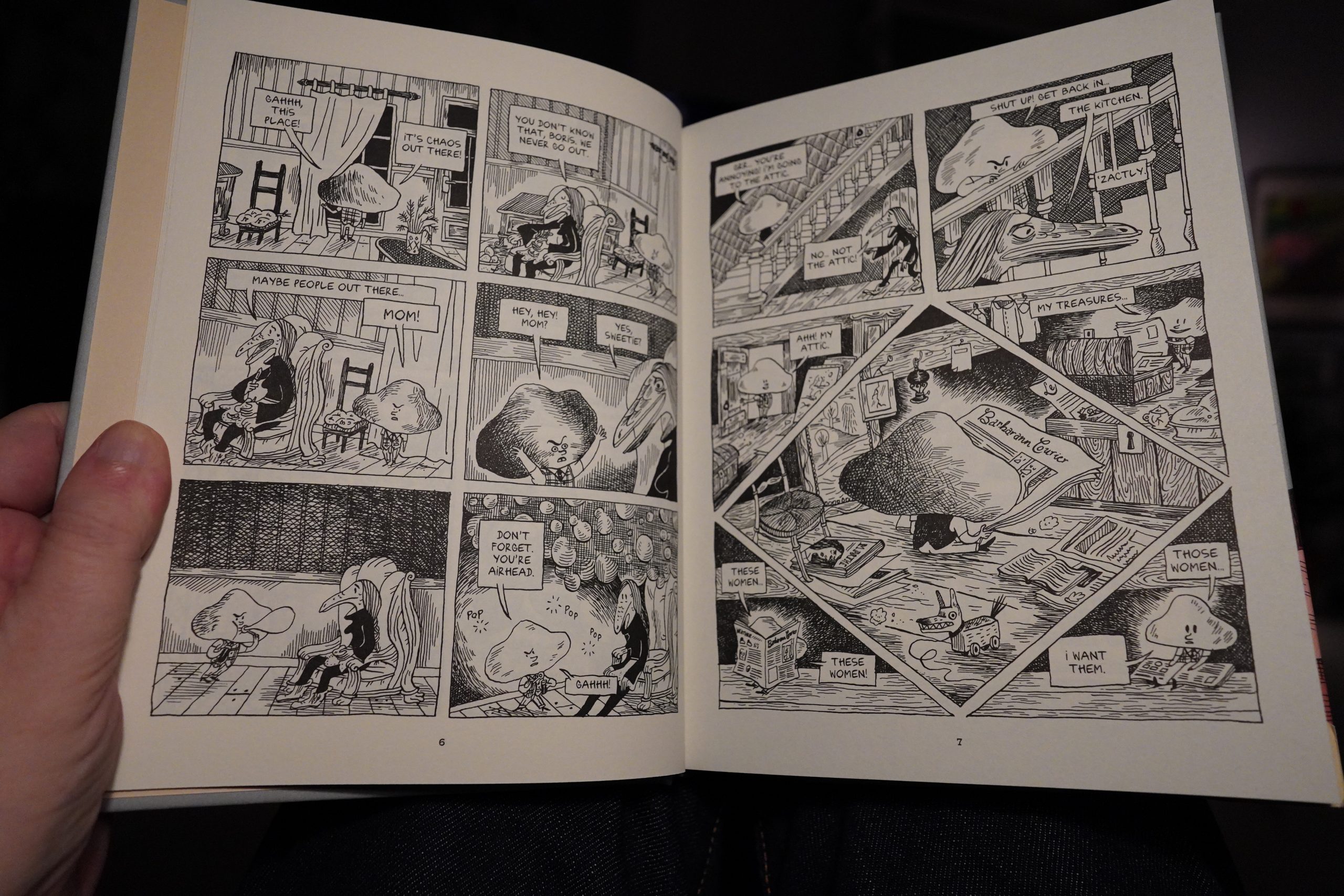
This series has always been pretty weird, but things take a turn for the exhausted here. After giving birth, Queen Aglaia turns into a total zombie, only caring for her son, who turns out to be a total and utter asshole.
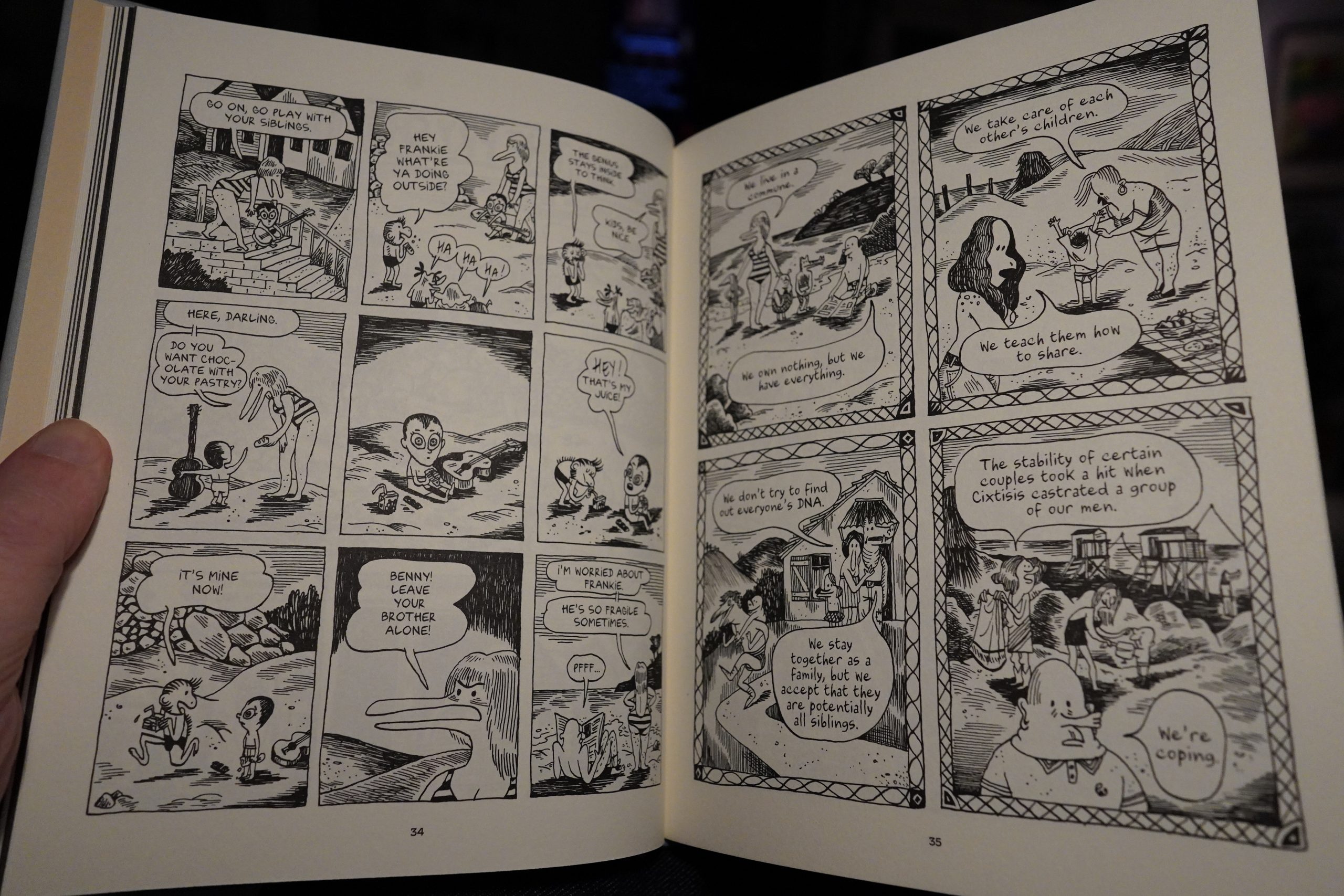
I guess he’s modelled after Trump? The book was originally published in France in 2018, so I guess the timeline fits.
It’s just such a depressing book.
The artwork’s lovely, though.
| Alice Coltrane: Kirtan Turiya Sings |  |
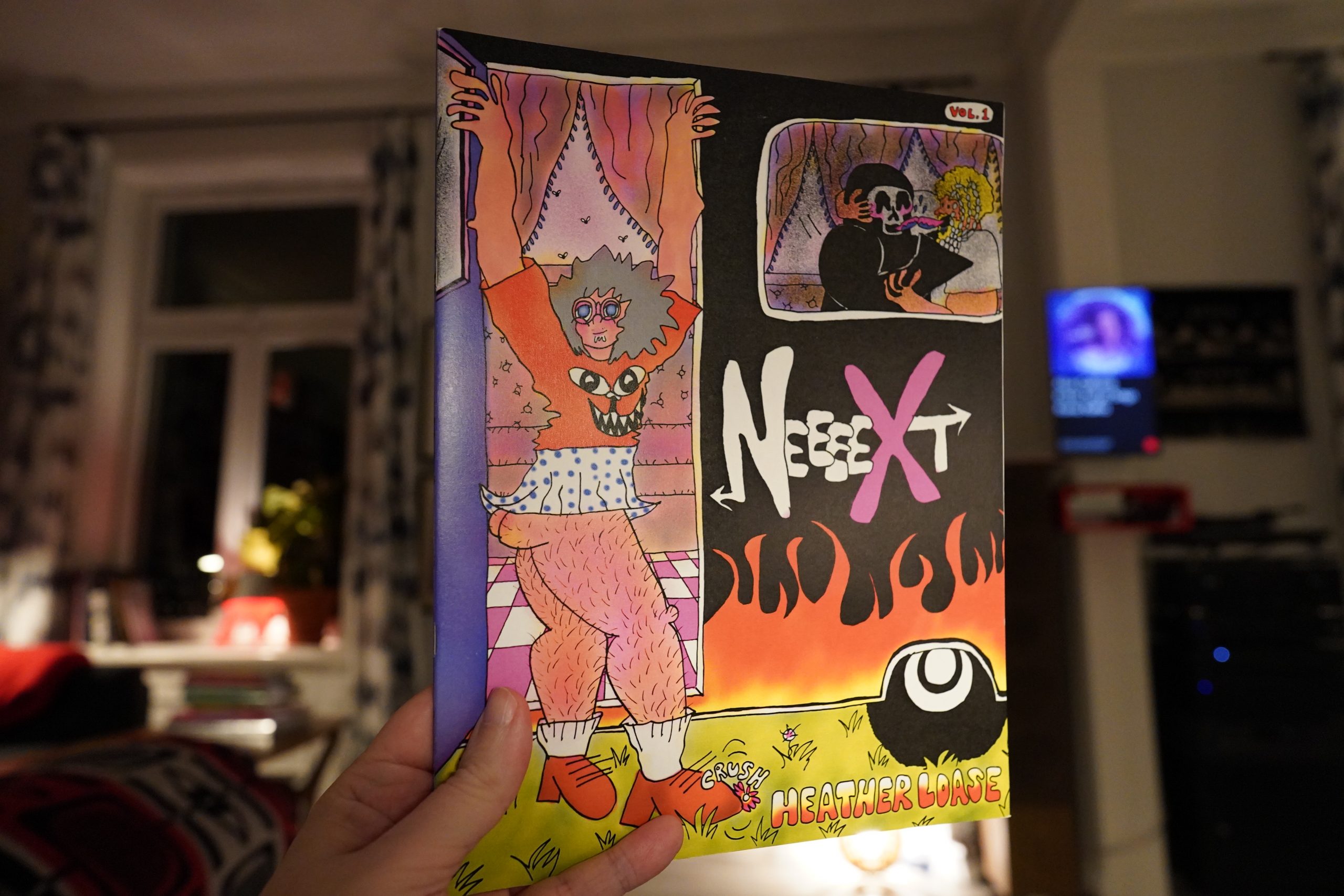
23:14: Neeeext by Heather Loase
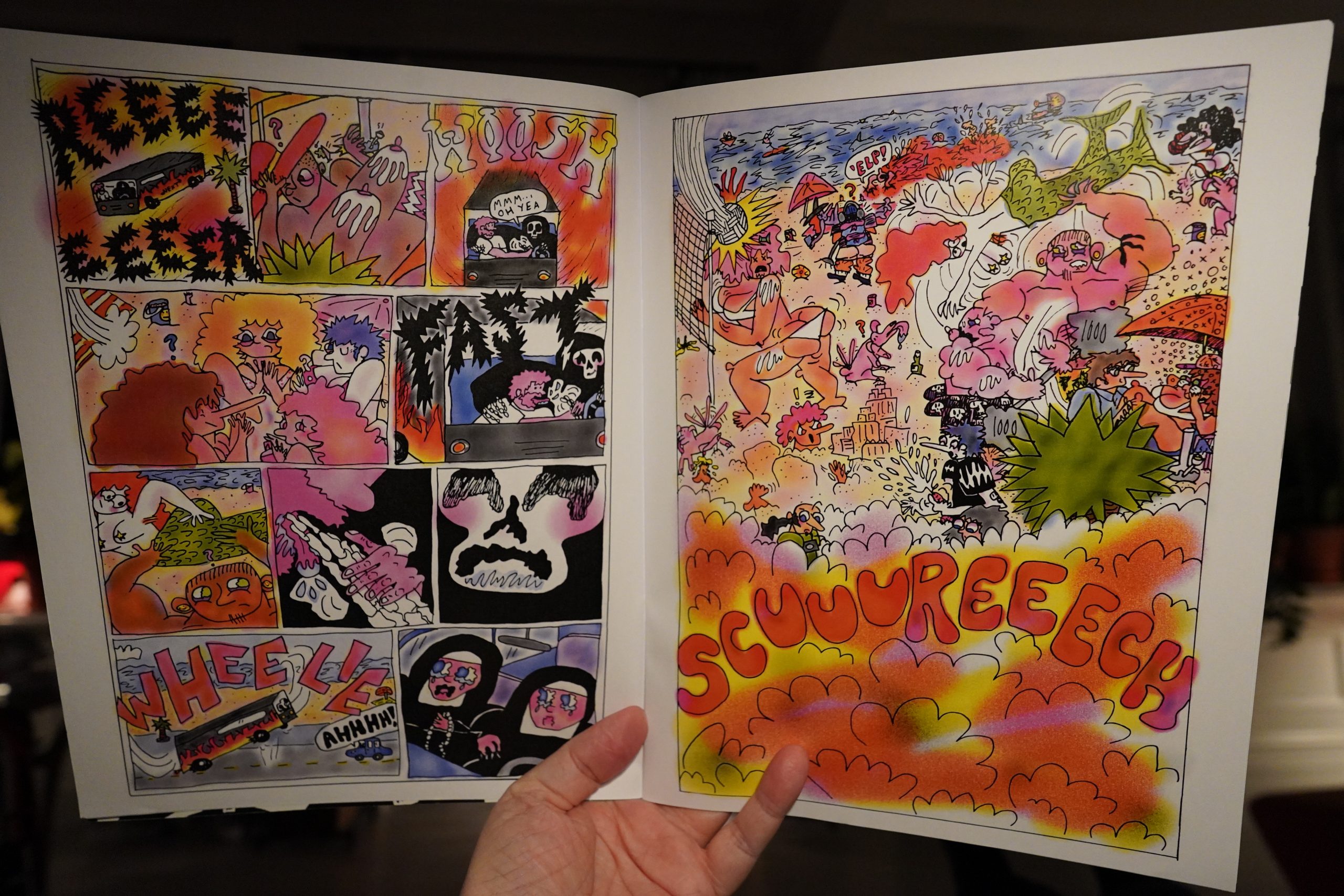
Wow, this is amazing. So messy, and makes so much sense.
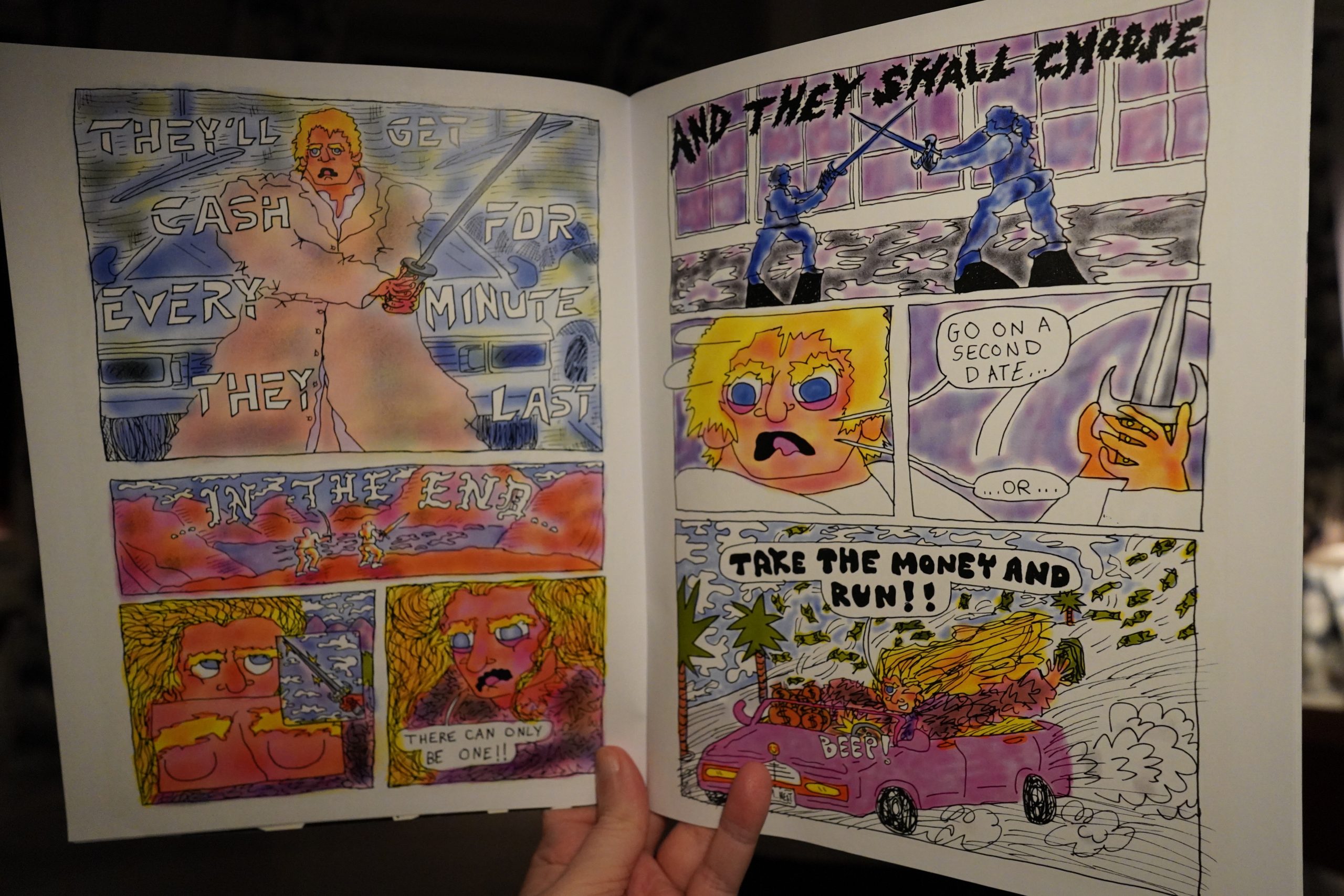
I love everything about this. Totally original, really funny and kinda heartbreaking?
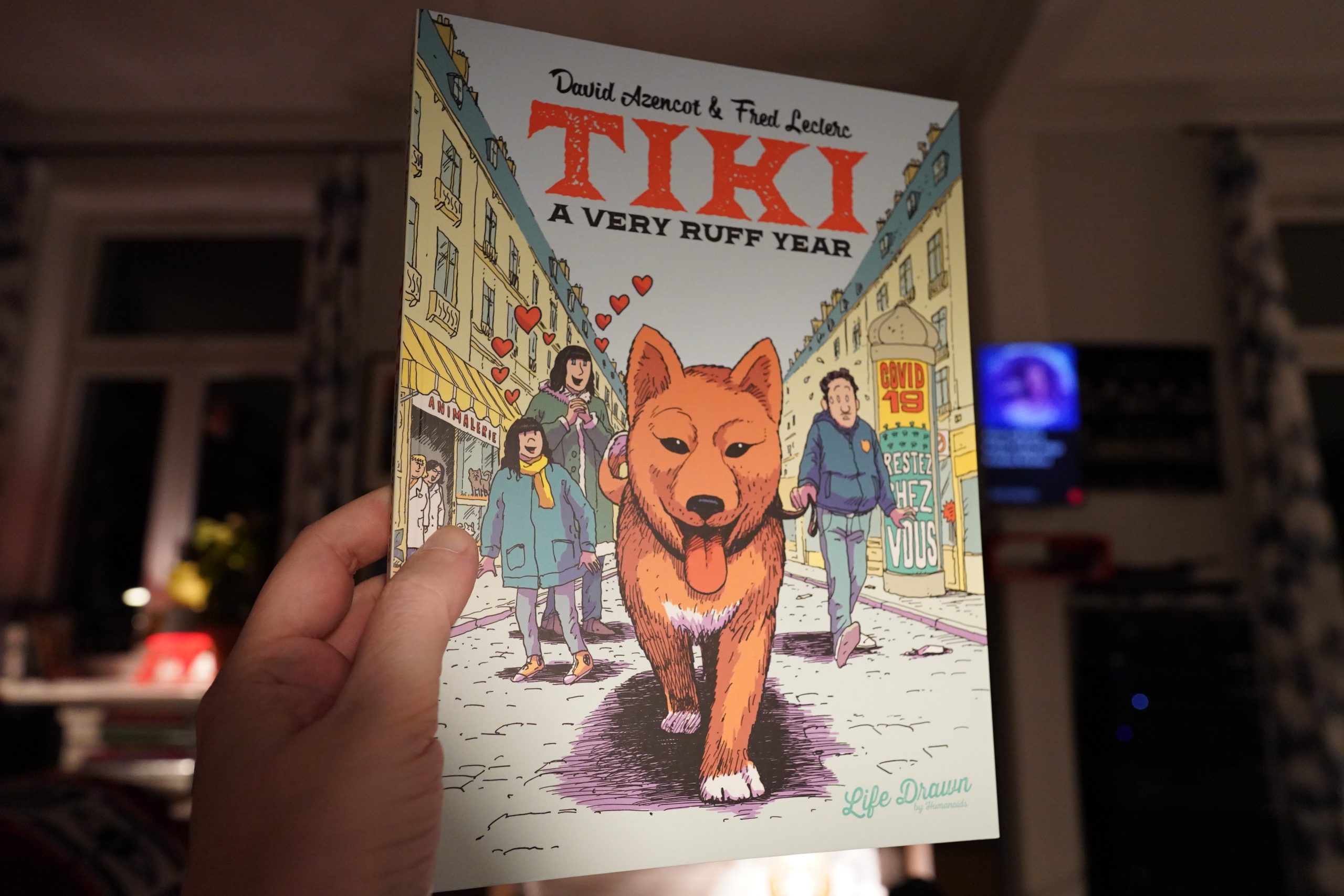
23:32: Tiki: A Very Ruff Year by David Azencot & Fred Leclerc (Humanoids)
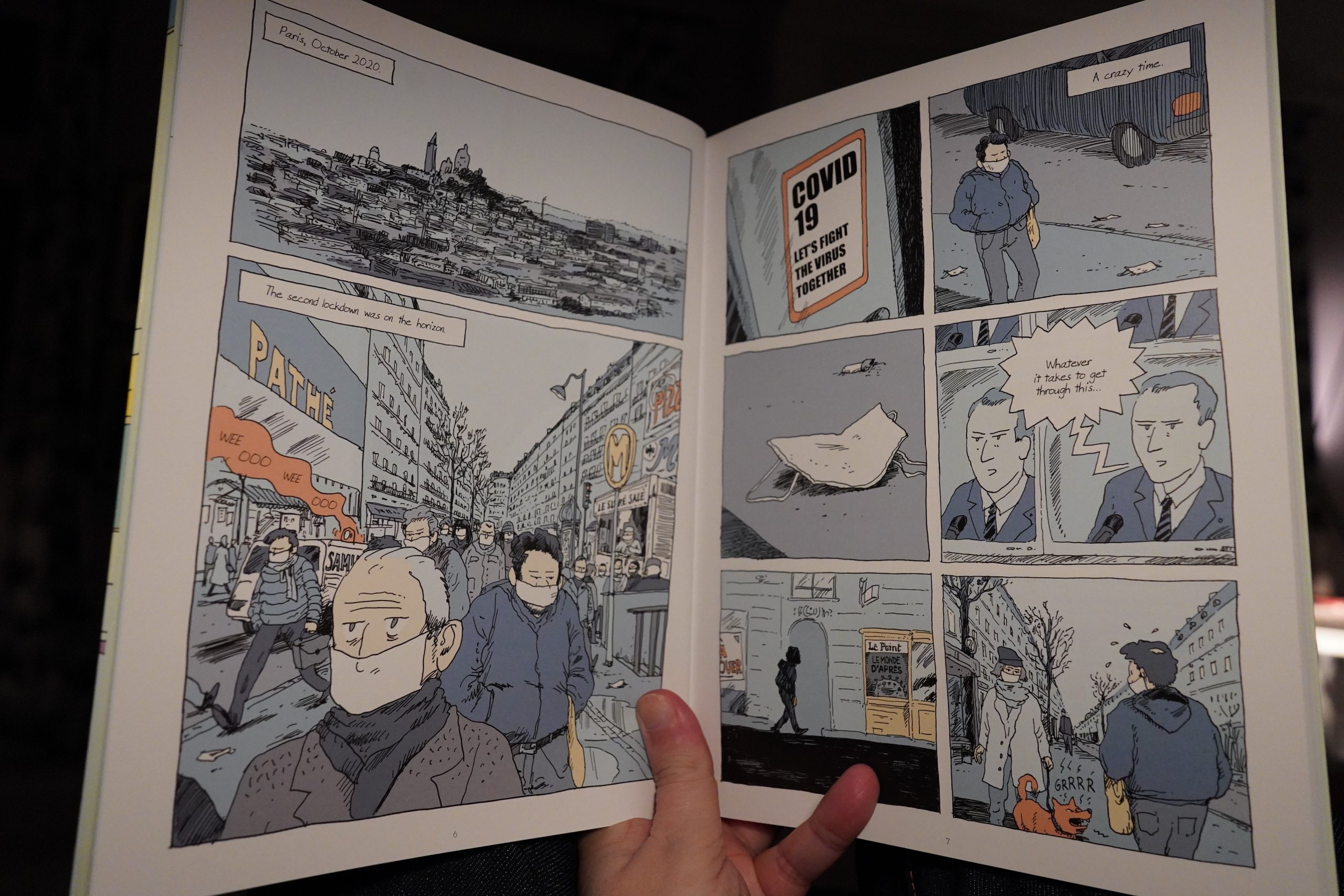
We’re now getting books that treat the pandemic as a historical subject, I guess.
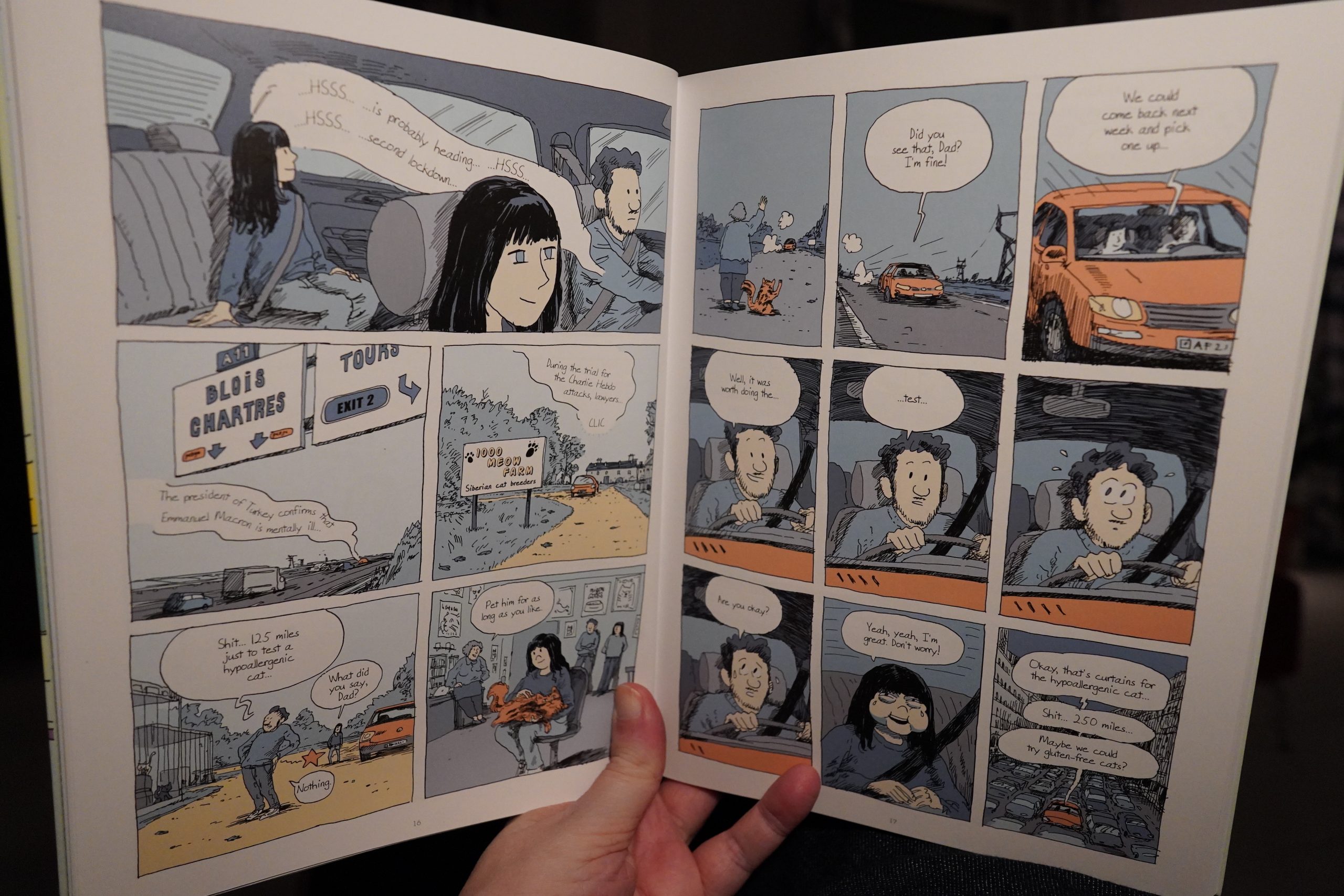
This book is about buying a dog, but it doesn’t go where you’d expect that to go. Instead the author has a breakdown of sorts and they have to give the puppy away.
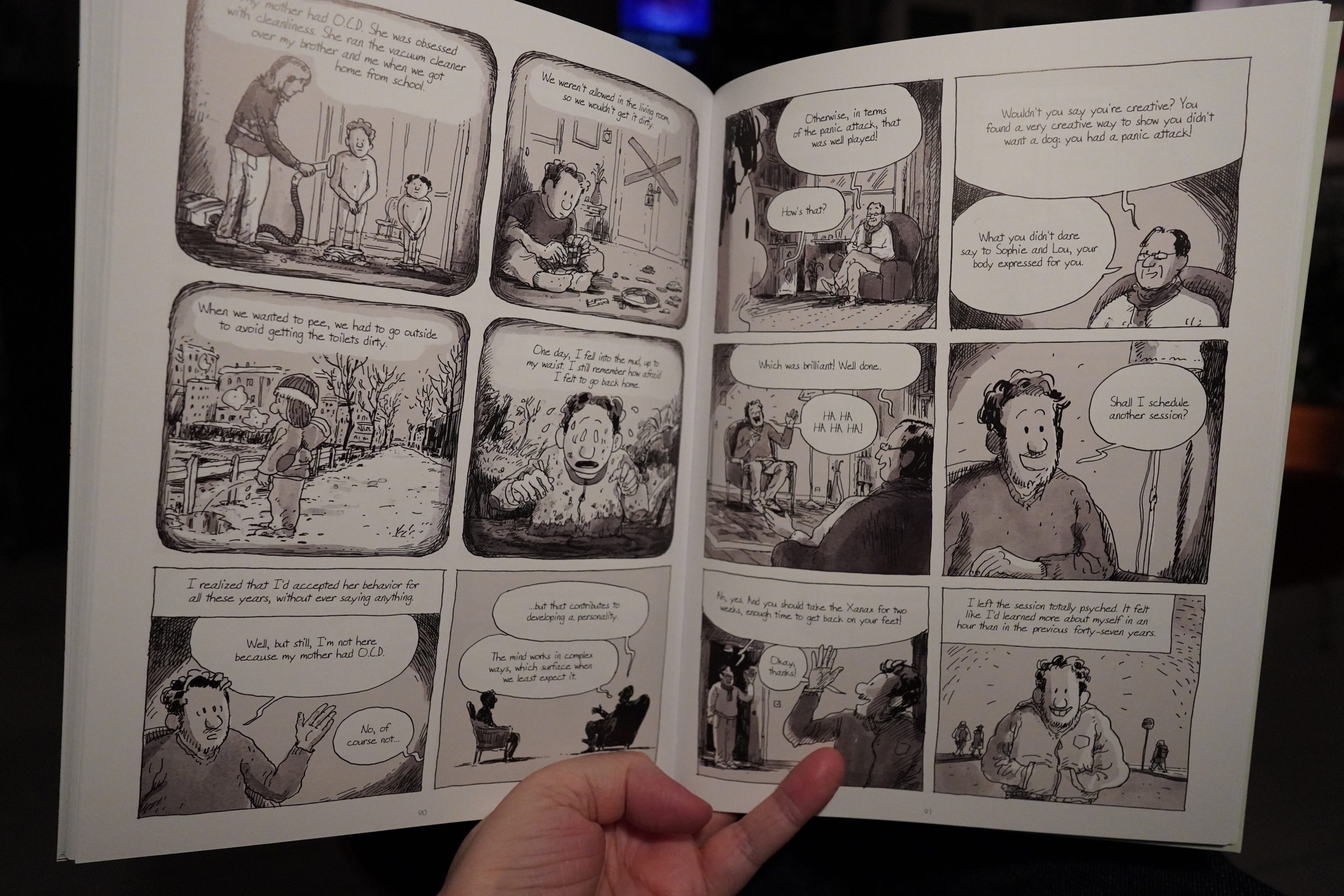
It’s well-made and a interesting glimpse into somebody’s life. (And it turns out that his mother’s fault, of course.) But while there’s some eyebrow-raising bits here, it’s an interesting book.
| Alasdair Roberts og Völvur: The Old Fabled River | 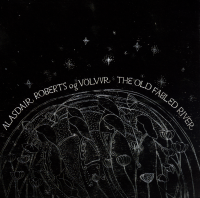 |
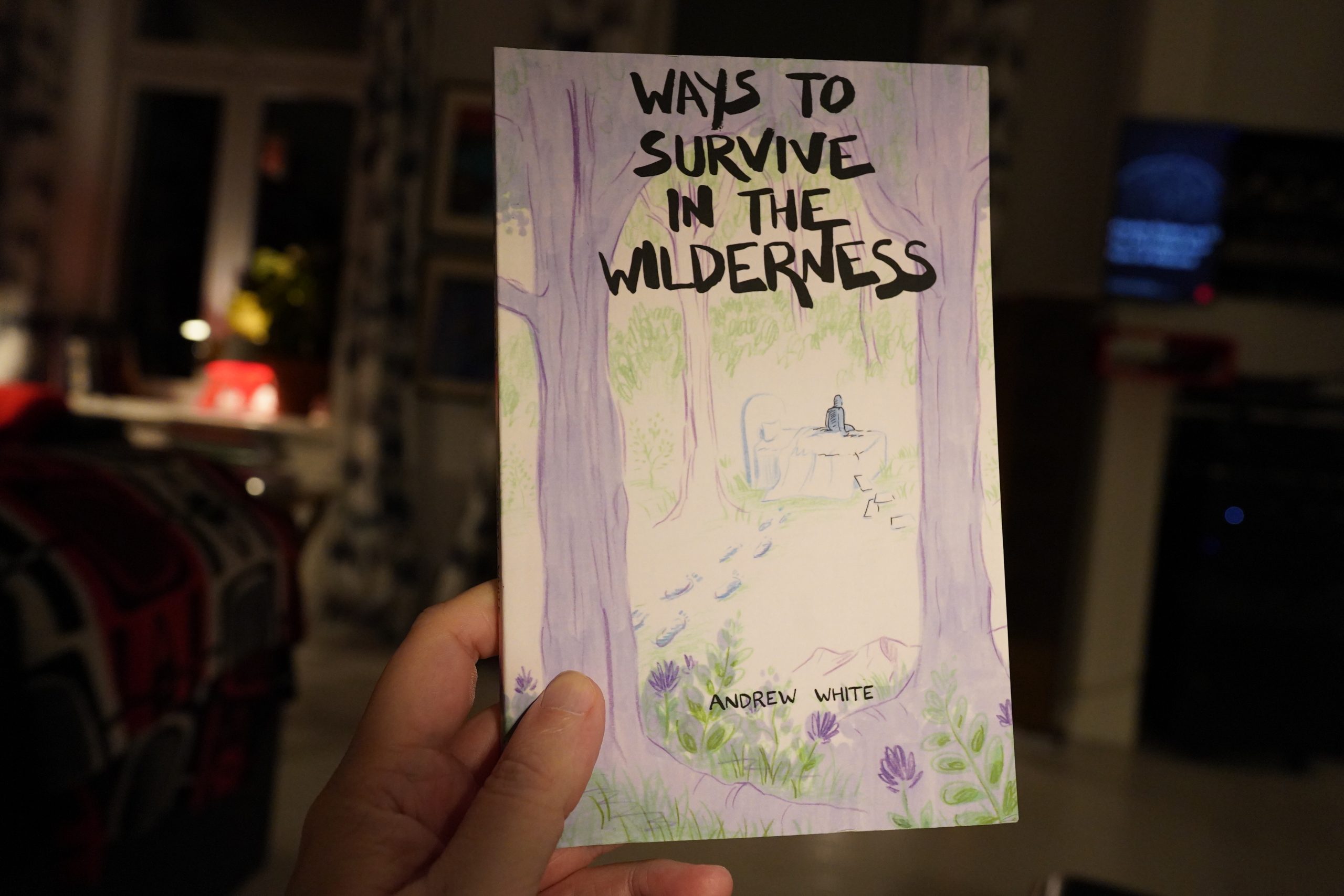
00:01: Ways to Survive in the Wilderness by Andrew White
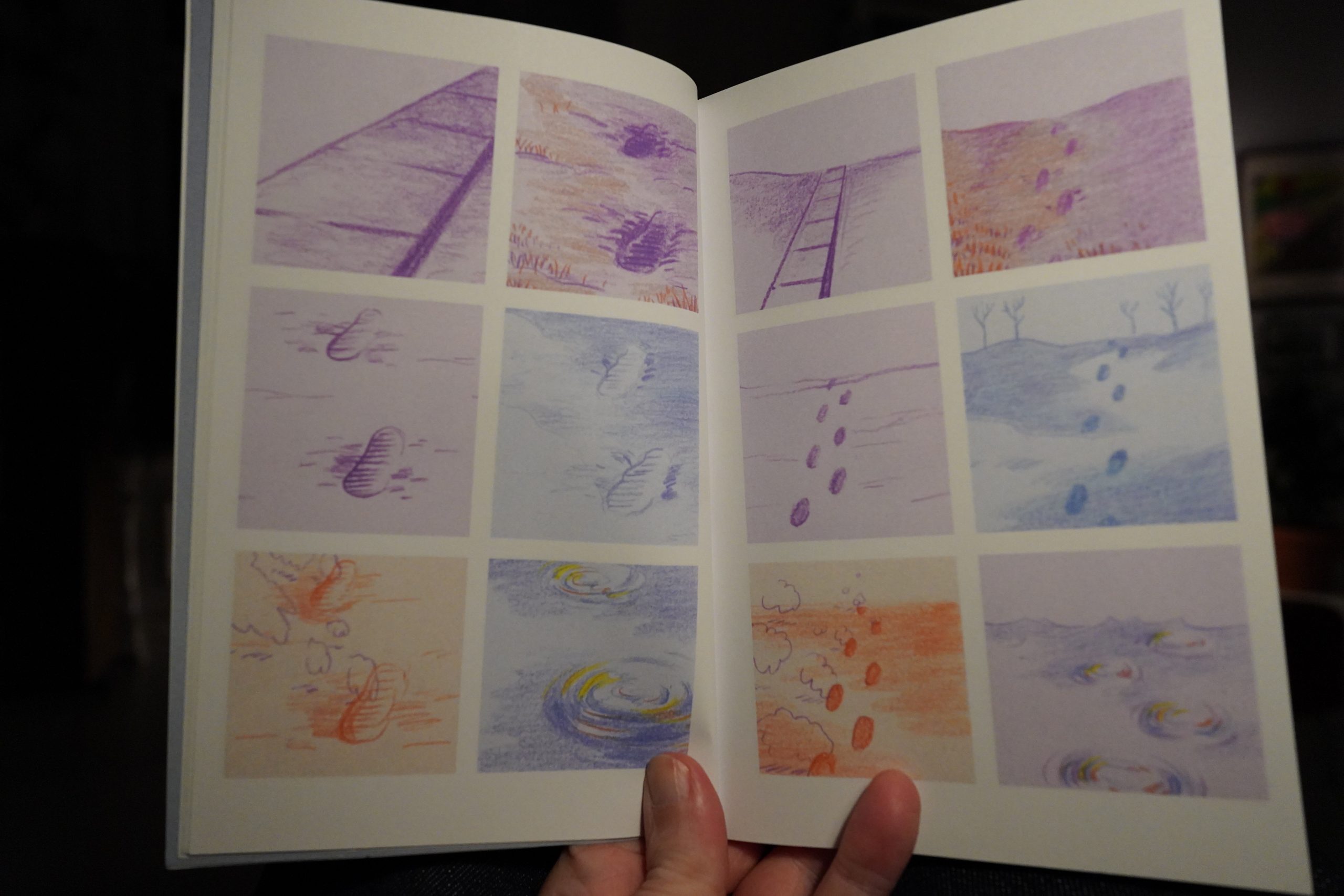
Wow, this is a beautiful book.
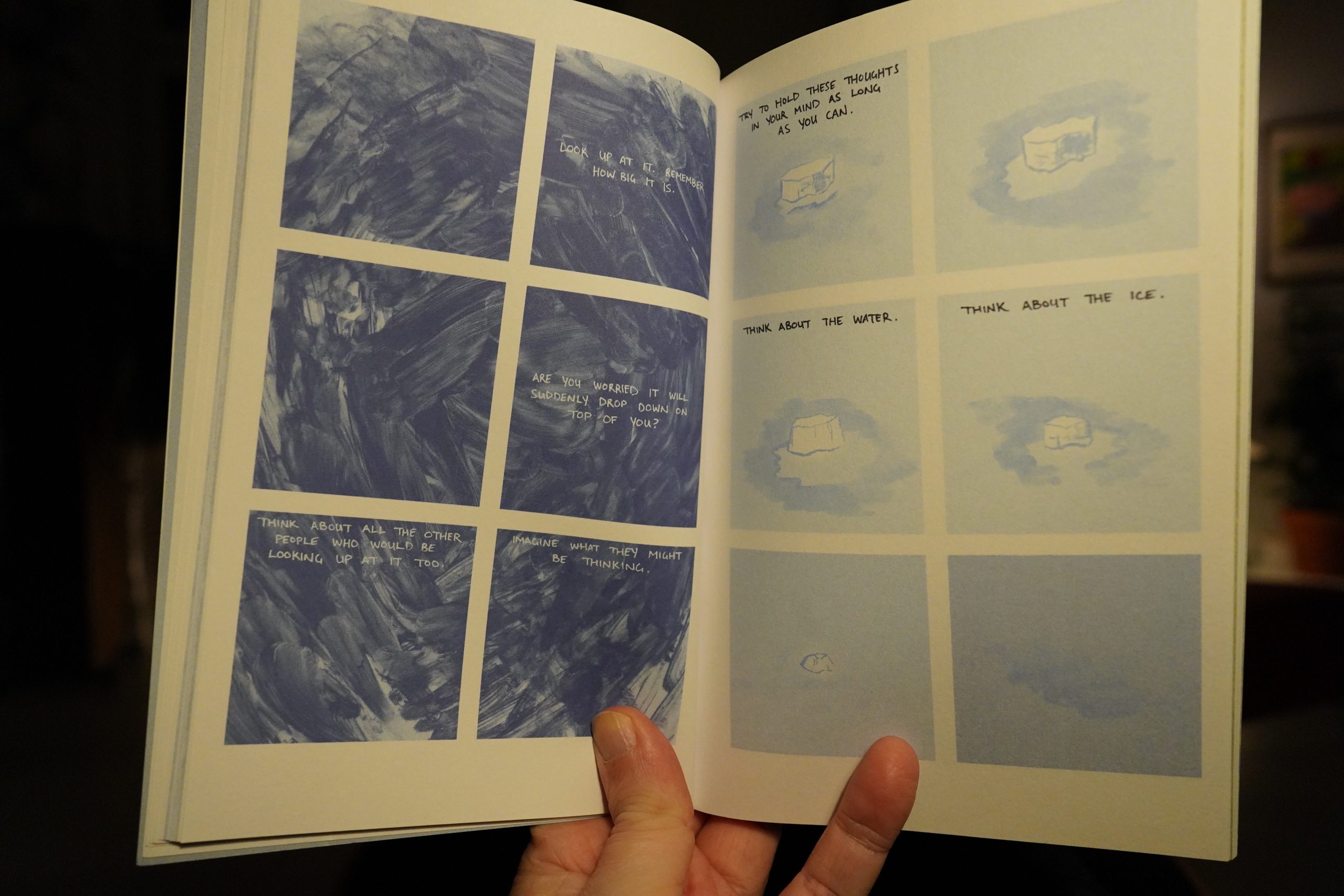
I mean, not just the artwork (which is beautiful), but reading it, too.
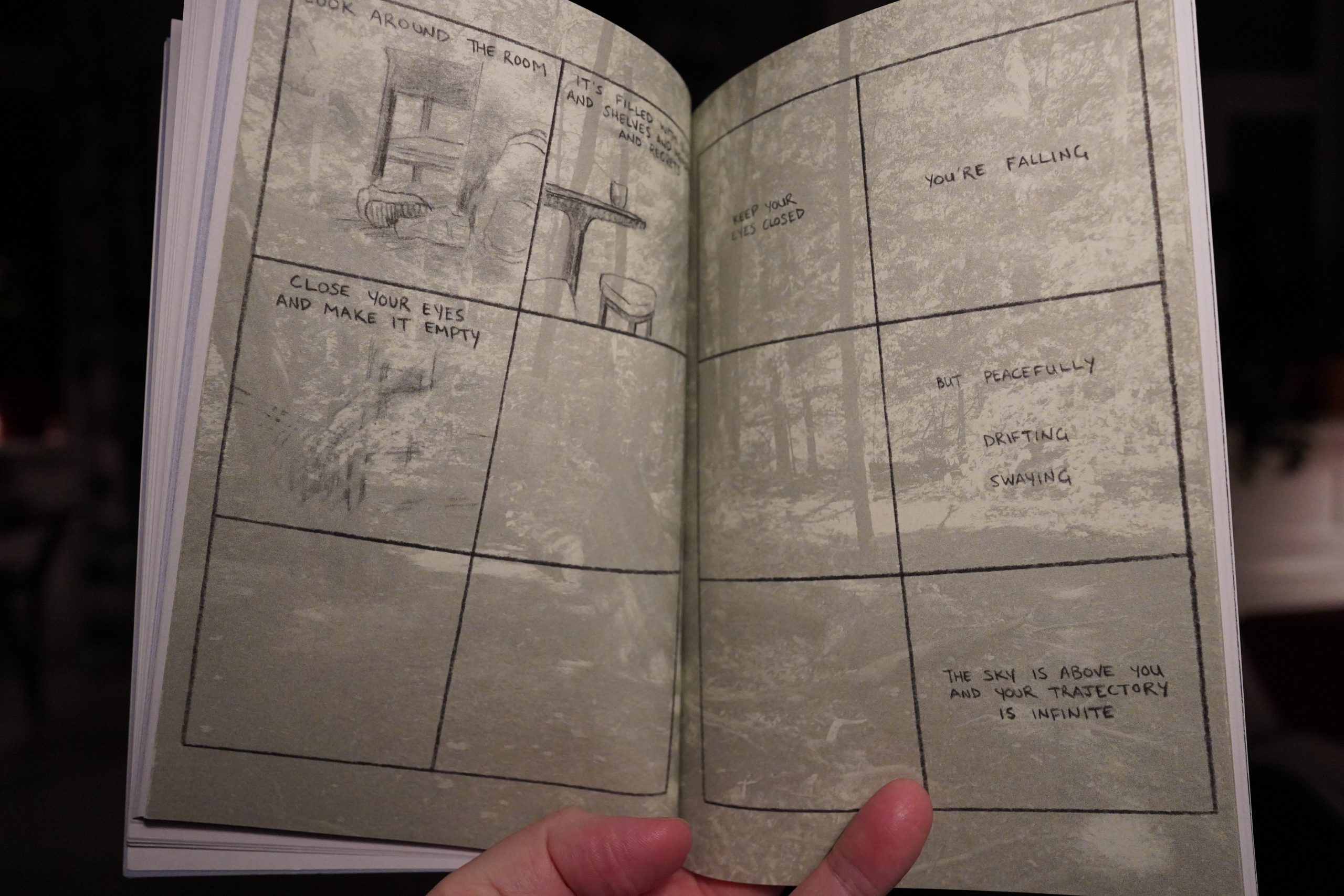
Lovely and calm and it all works together as one single work (even if bits of this has been published before in anthologies).
Wonderful.
| Alasdair Roberts og Völvur: The Old Fabled River | 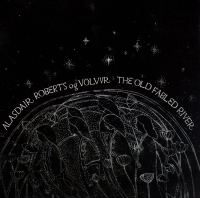 |
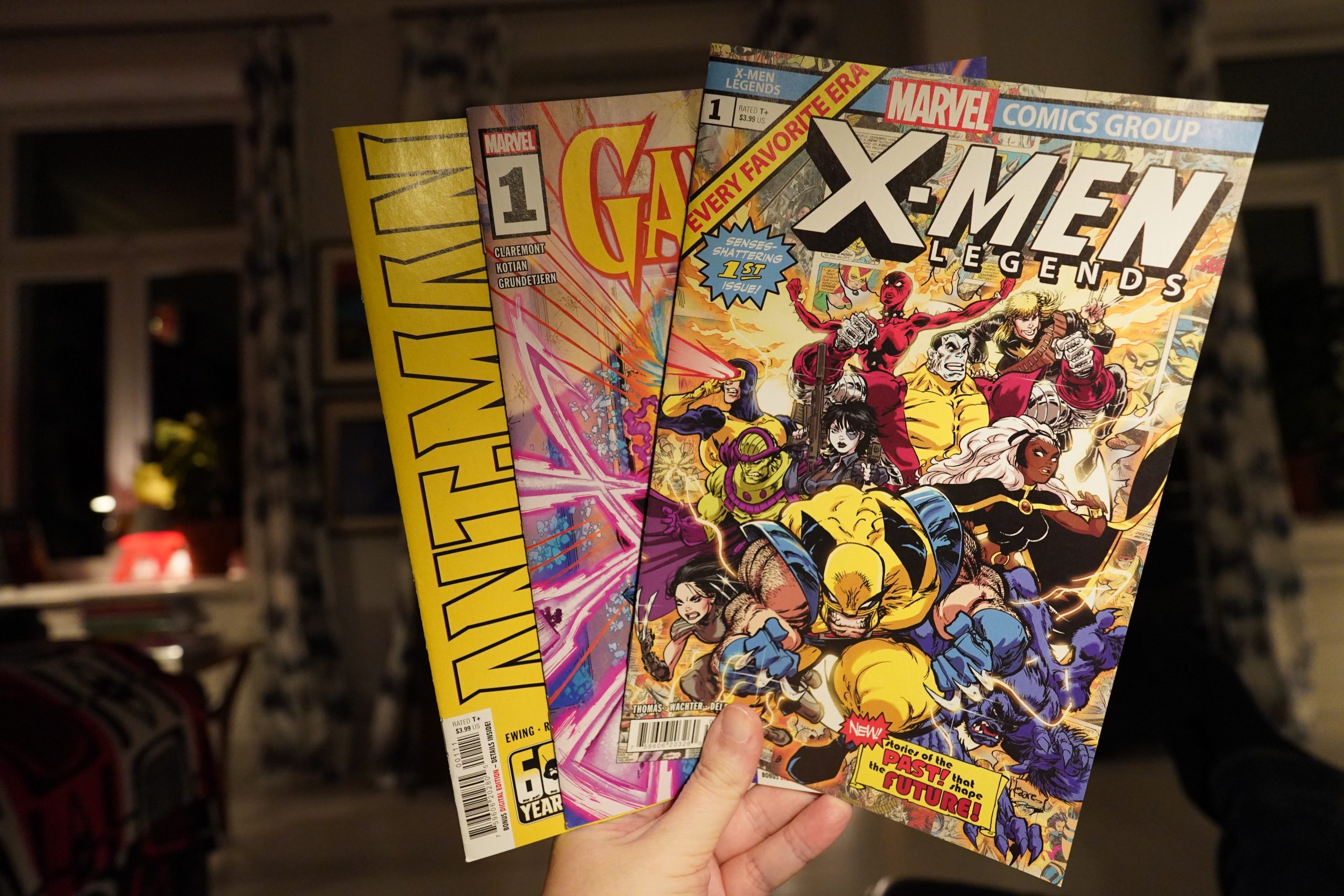
00:20: Three Marvel #1s (Marvel Comics)
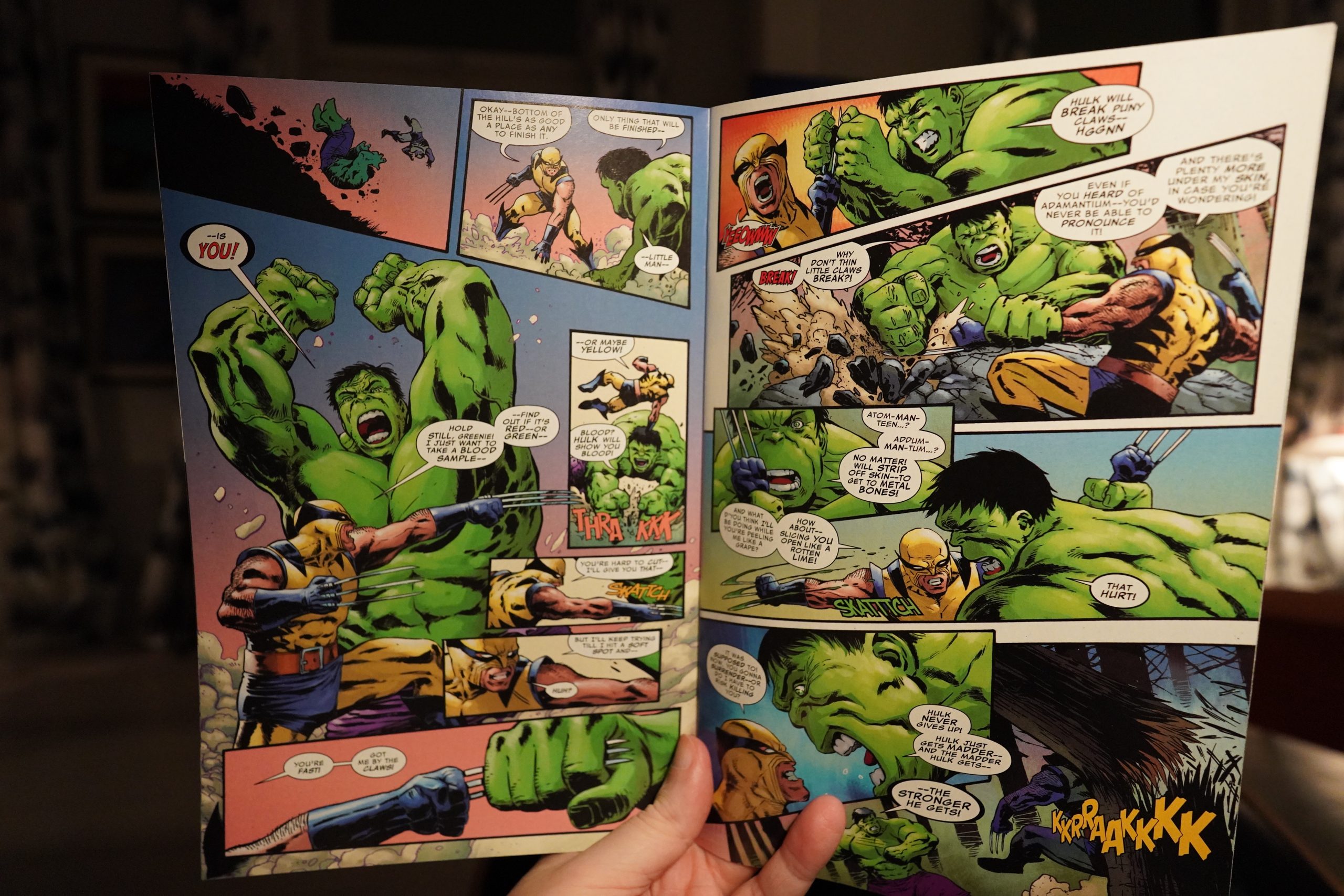
From the sublime to the ridiculous; that’s me. I picked this up because I went “Roy Thomas?? Huh?”
It’s OK.
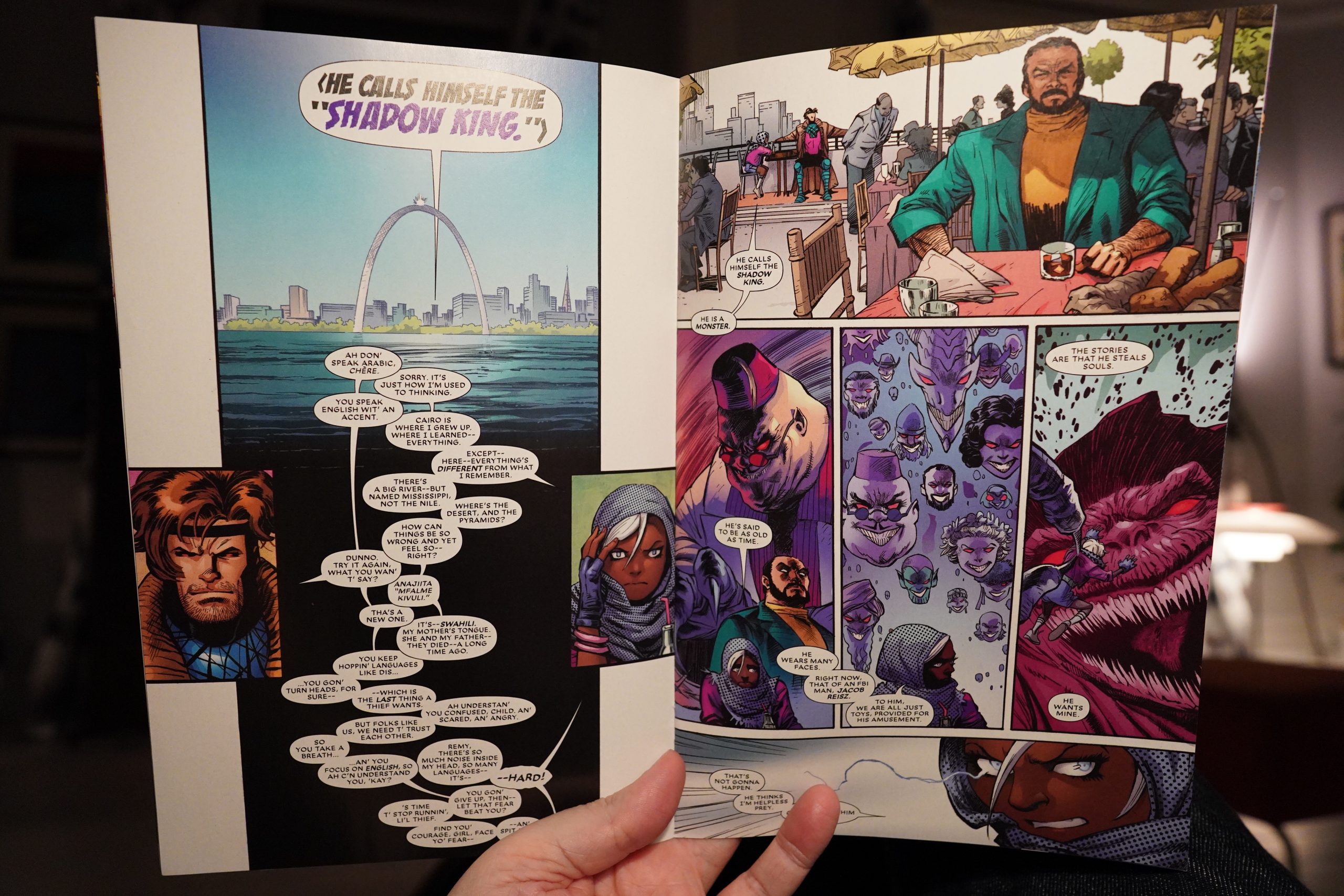
I got this because I went “Chris Claremont?? Huh?”.
It’s not very good.
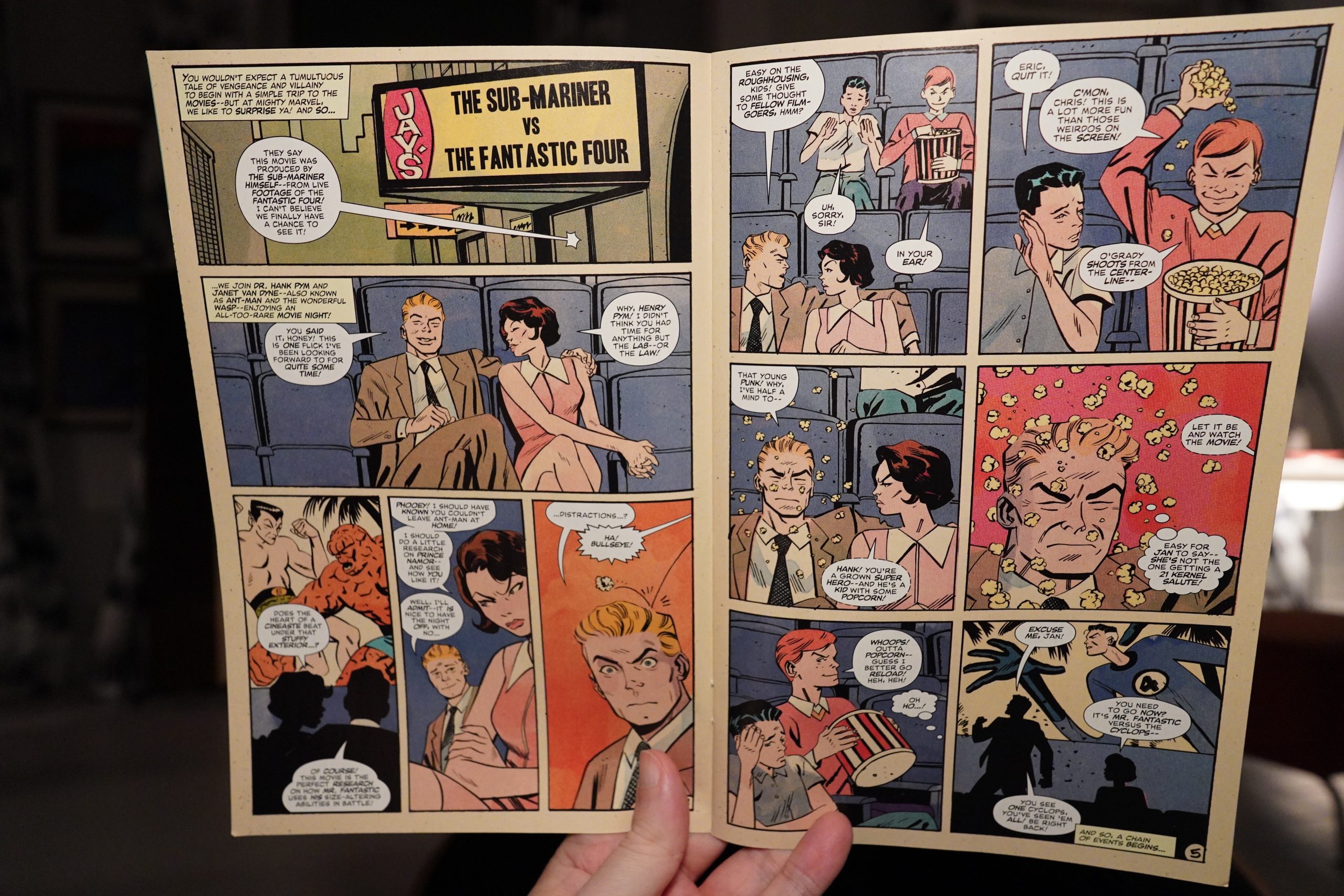
And I got Ant-Man #1 (by Al Ewing and Tom Reilly) because I thought it looked fun. And… it’s kinda fun?
| Sylvester: Sylvester-Step II |  |
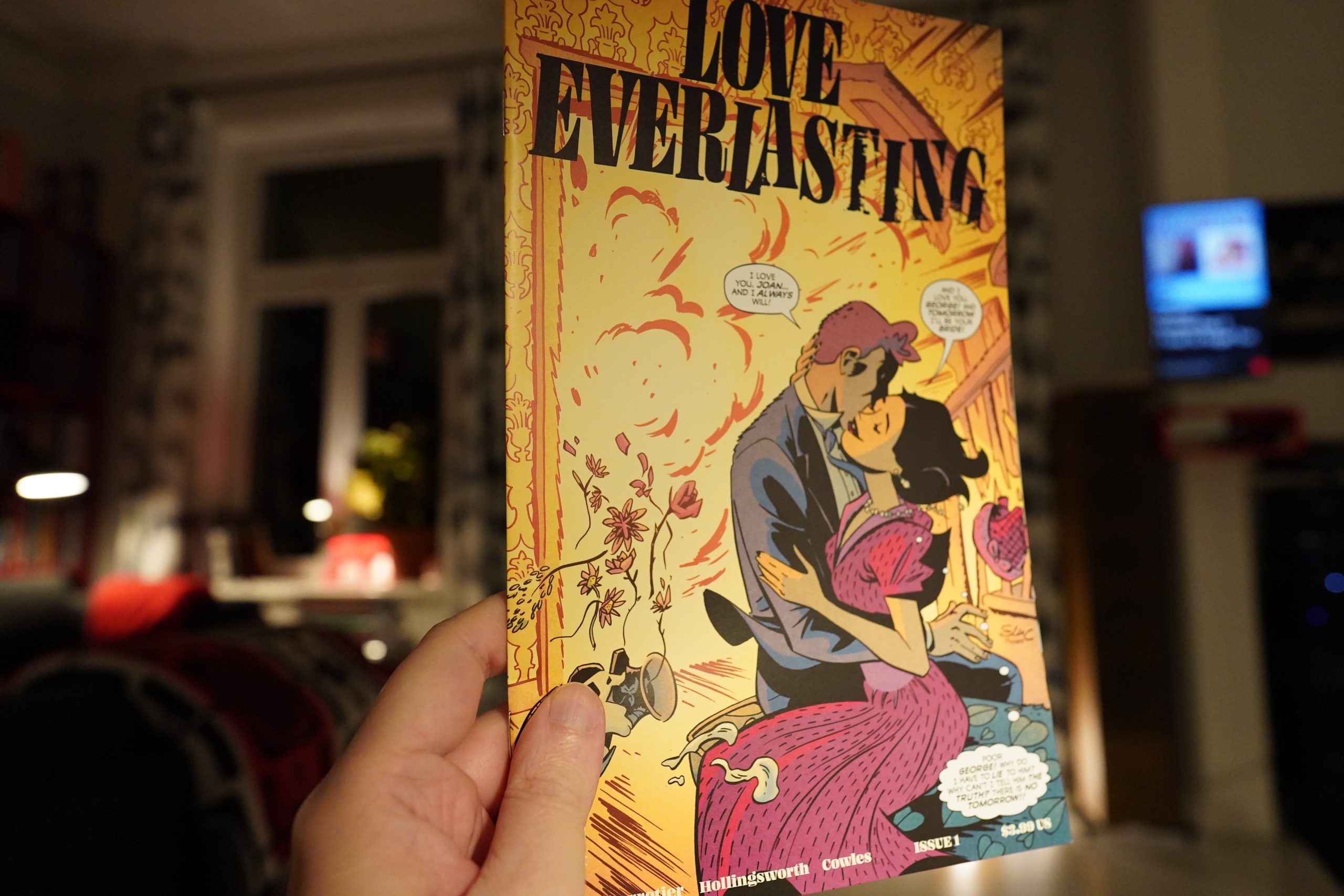
00:49: Love Everlasting #1 by Tom King & Elsa Charretier (Image Comics)
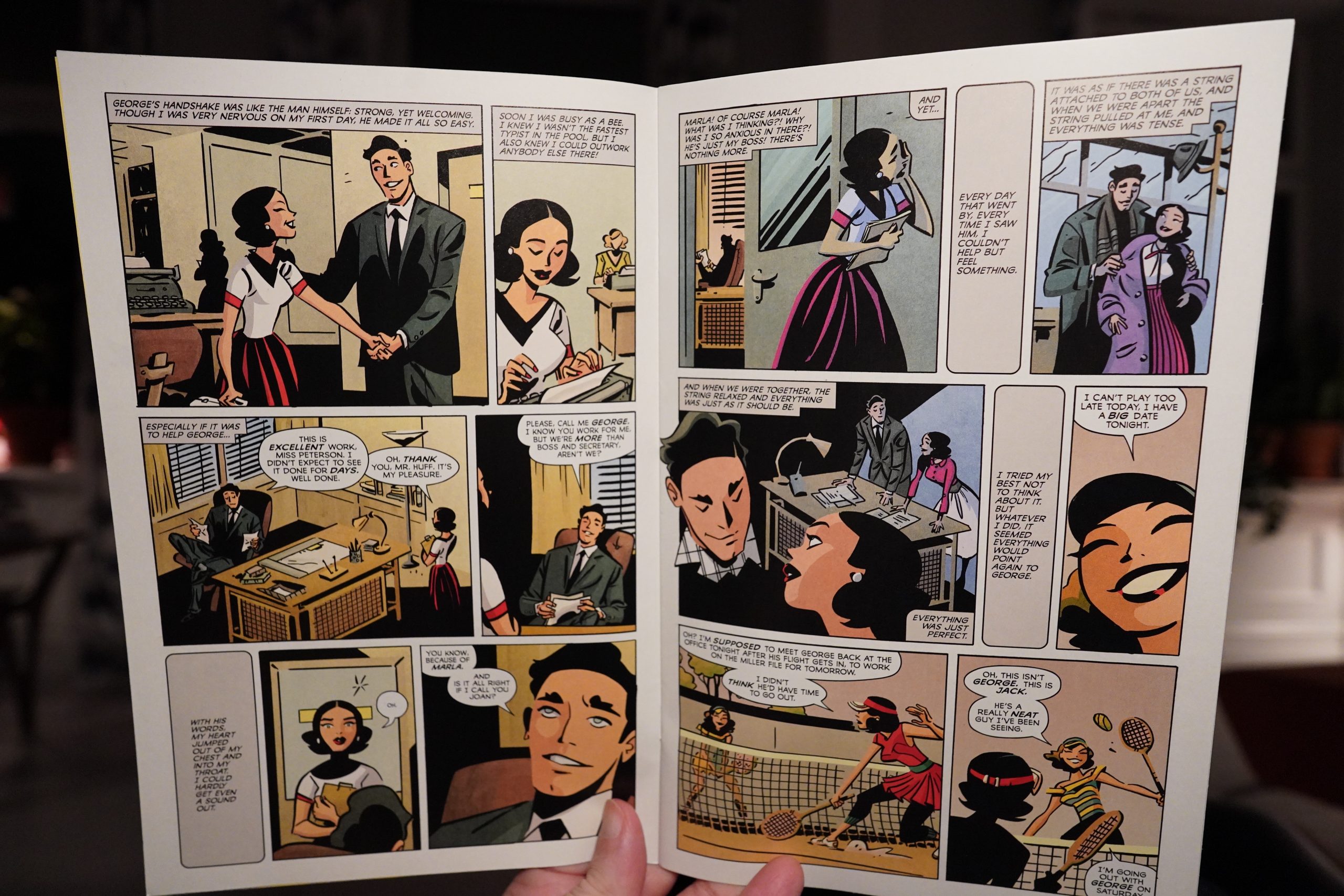
I’m no fan of King, but I read that they were doing a modern romance comic, so I gave it a go. Sure, it’s King, so he’s going to deconstruct the entire thing, right? But perhaps in an amusing way this time?
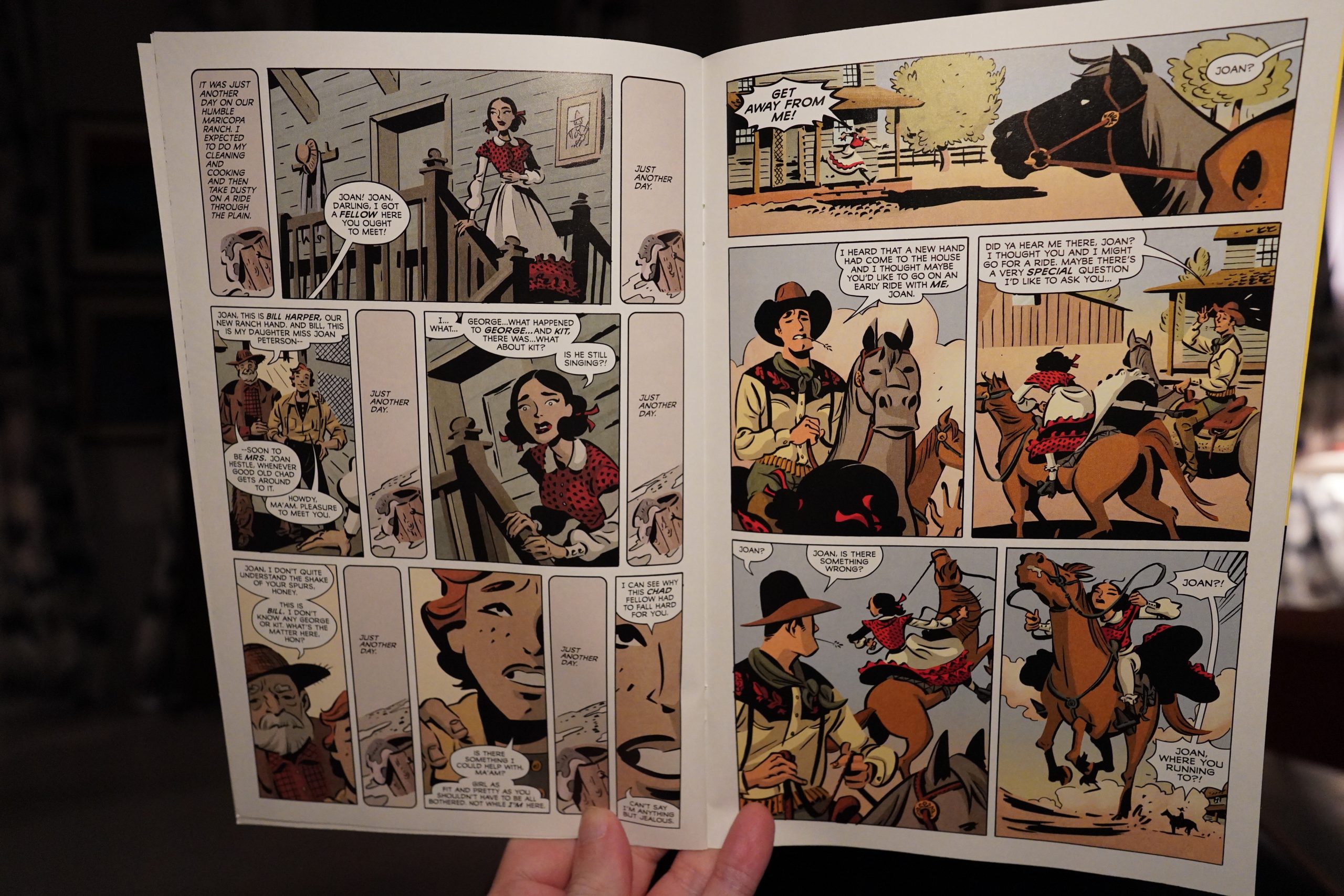
And… it’s pretty much like all his other books. The deconstruction here is indeed kinda amusing, but that’s more down to Charretier’s attractive artwork than anything else.
King’s a one trick pony.
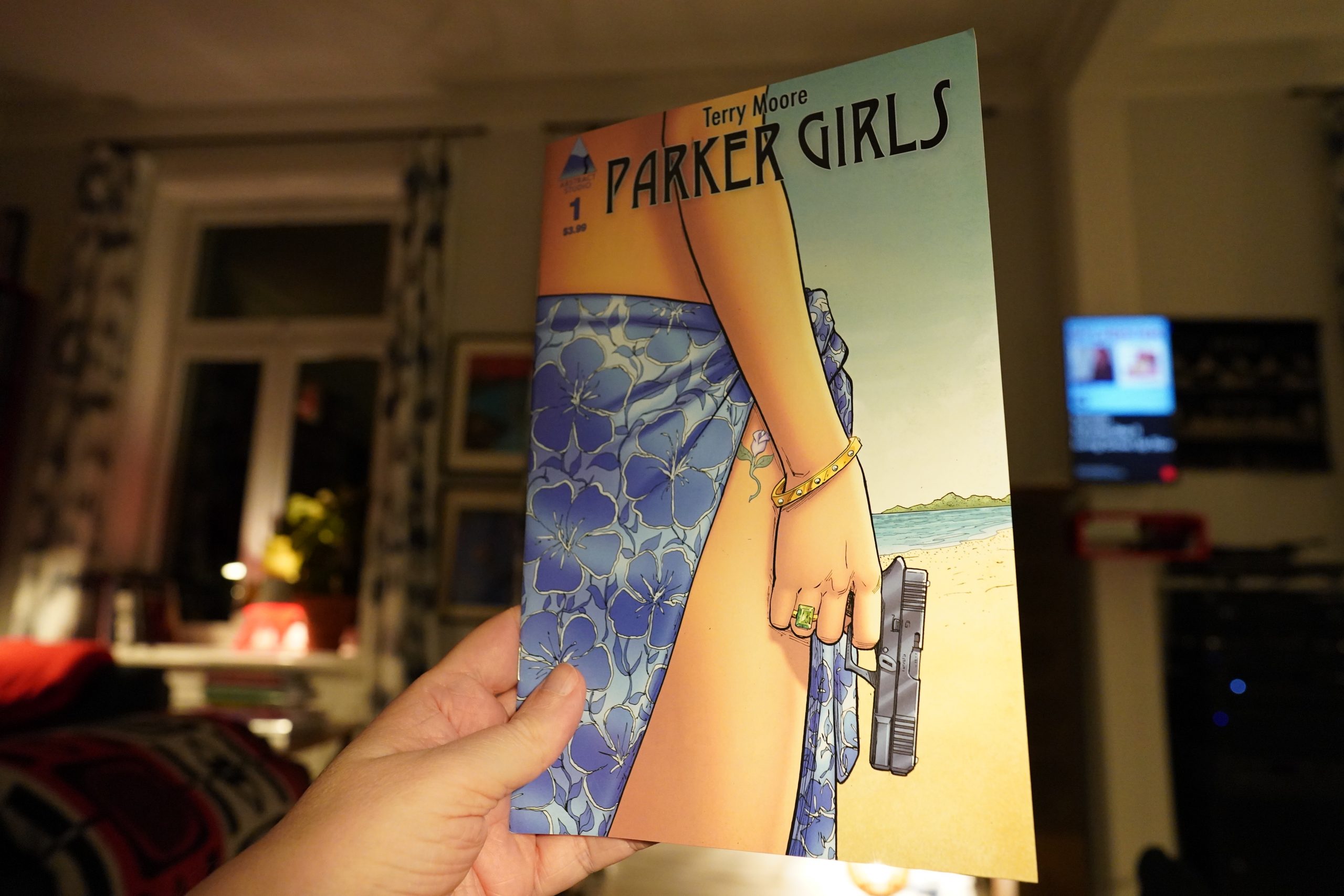
01:04: Parker Girls #1 by Terry Moore (Abstract Studio)
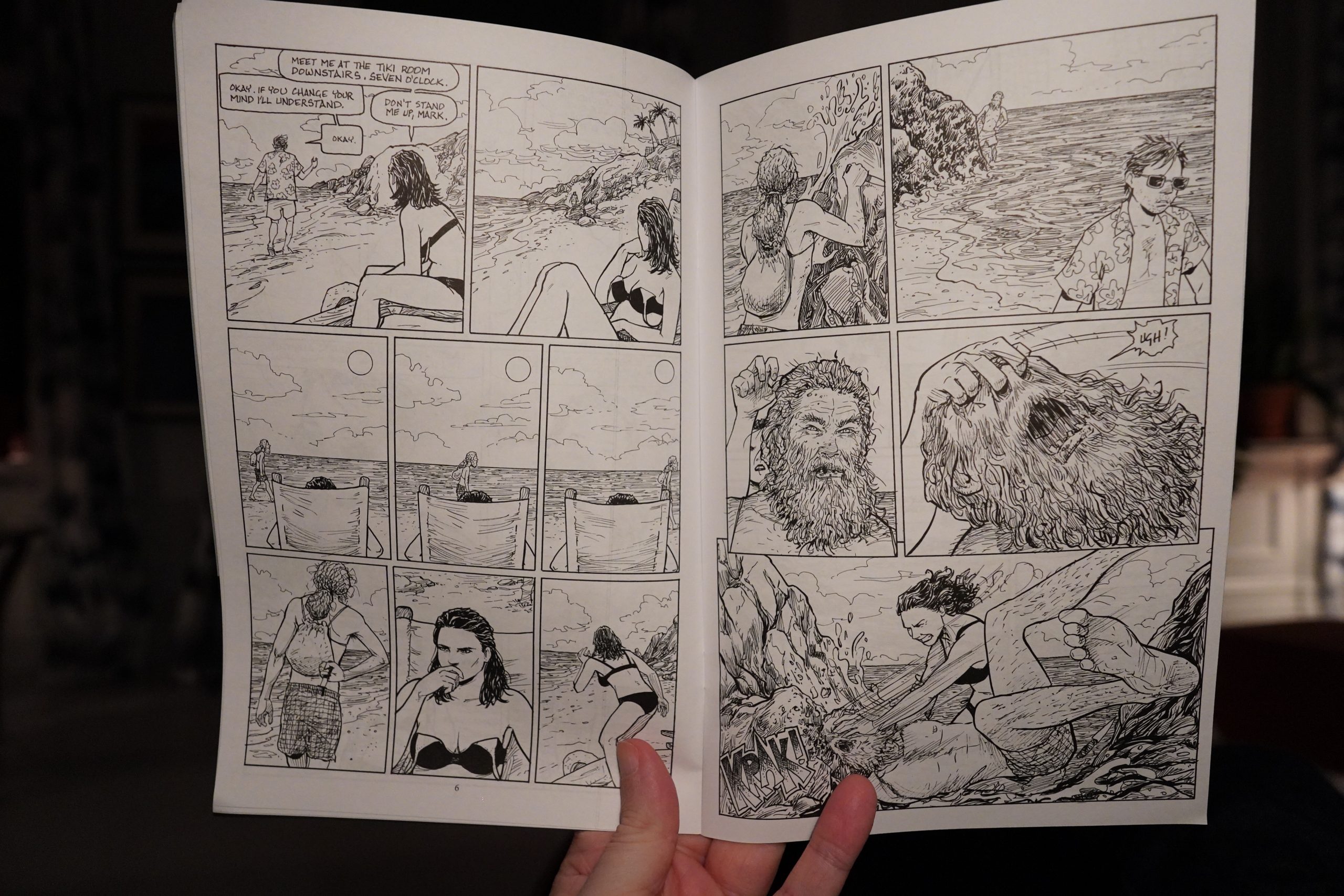
I’ve been buying some of Moore’s newer series, and I’m never quite sure whether they make any sense or not. I’m not sure with this one either, but the issue is only 19 pages, so perhaps it’ll make more sense after a while. But if not, I think this will be the last time I try one of these…
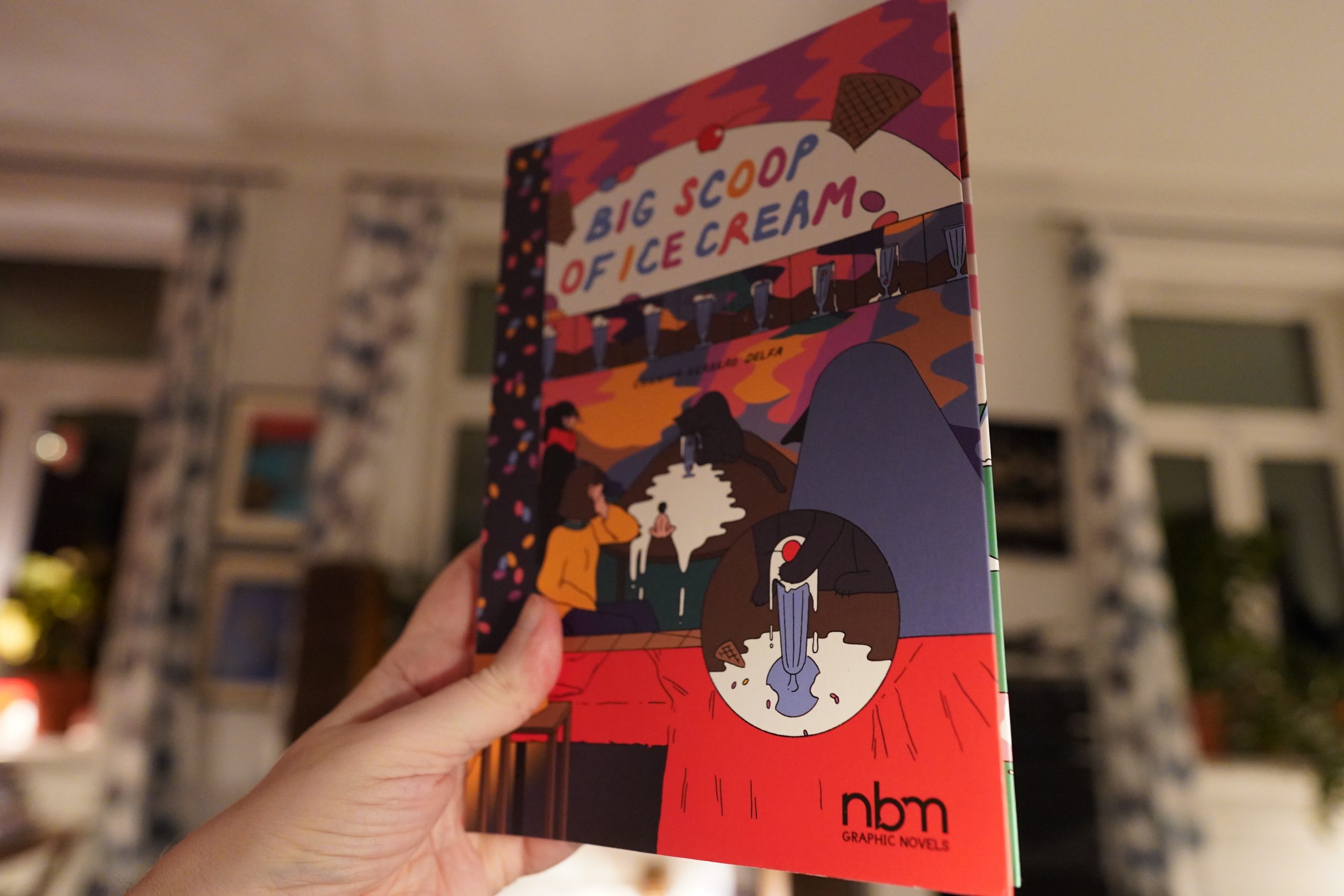
01:13: Big Scoop of Ice Cream by Conxita Herrero Delfa (NBM)
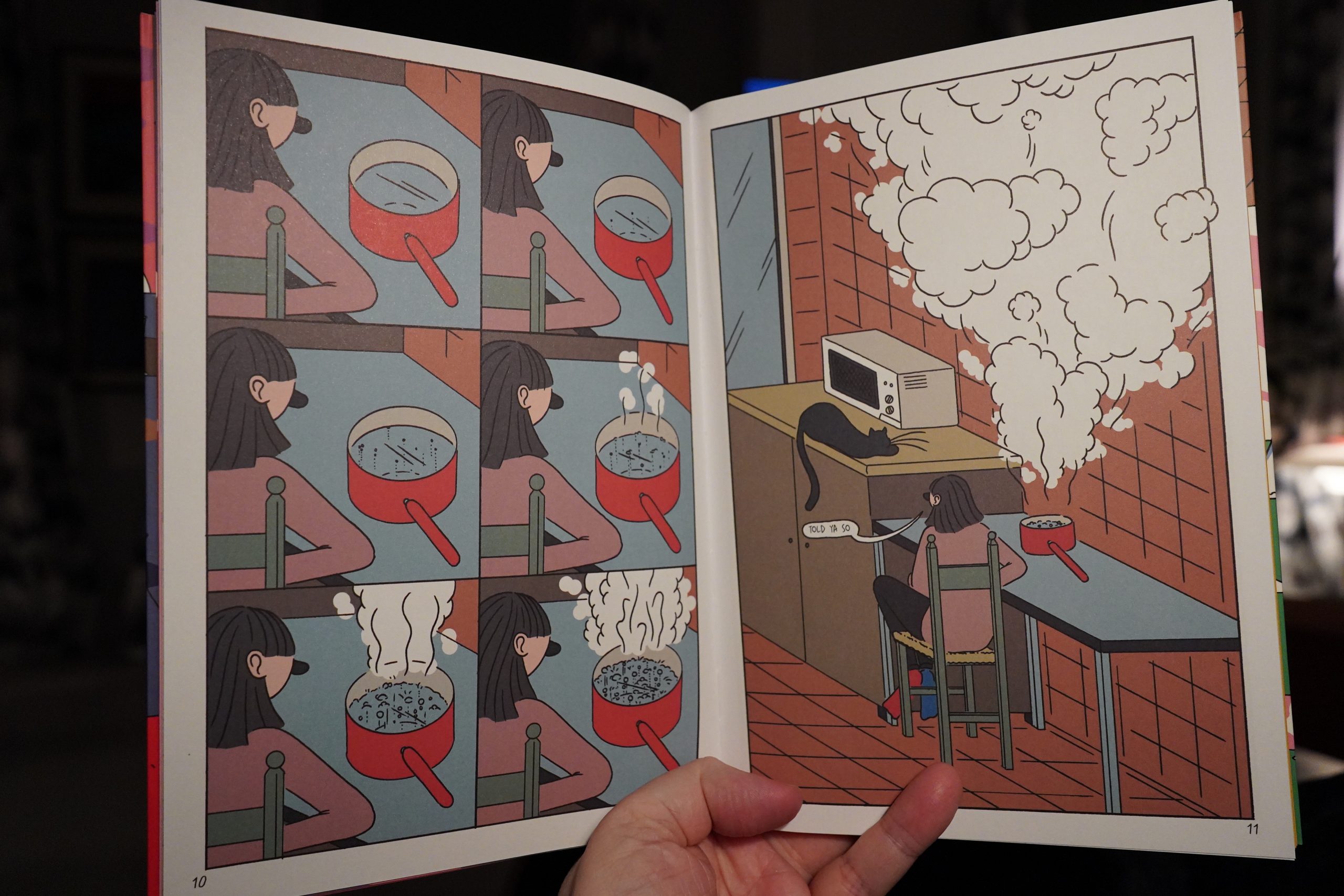
She did it! She watched water boil!
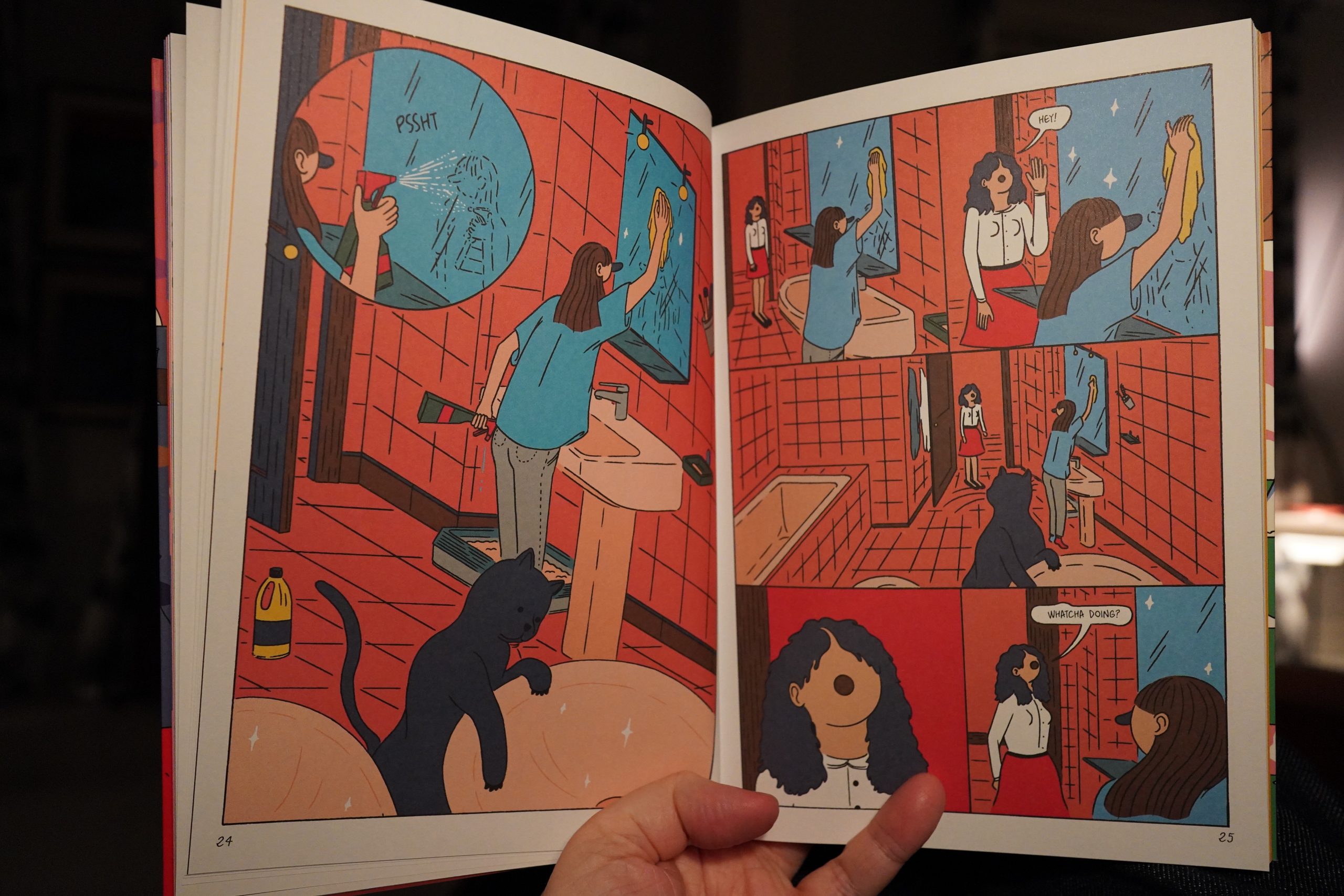
Anyway, this is lovely. It’s a series of vignettes, but they build up to something larger and satisfying.
And I love the playfulness of the artwork.
OK, I should go to bed, but one more.
| Various: Cold Wave Volume 2 |  |

01:31: Michael Logan: Le Trésor + L’intrus by André Beautemps (Forlaget Fabel)
Hm… it’s spelled “Andrè” on the cover, but surely that can’t be right…
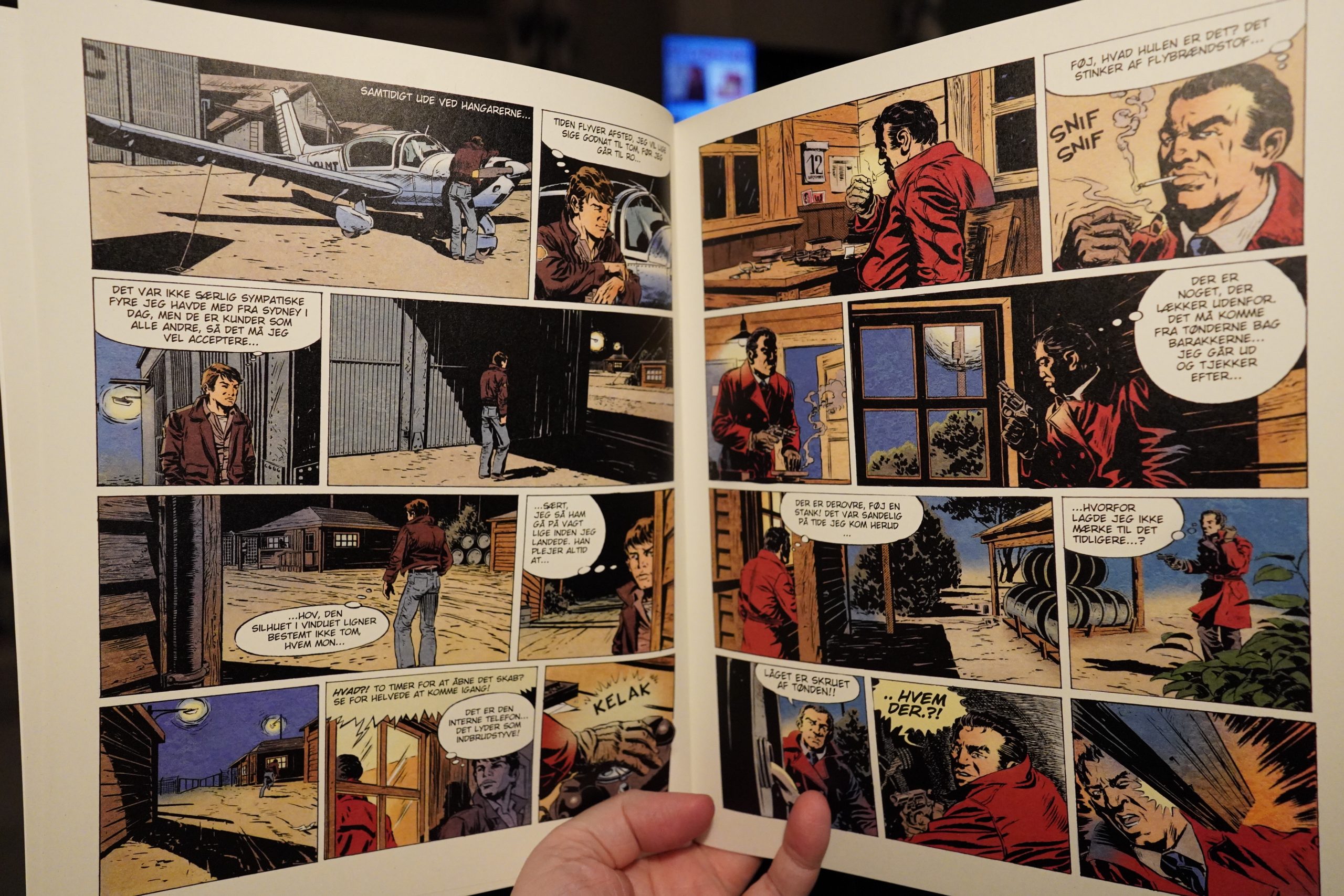
The name “Michael Logan” sounded vaguely familiar to me, but it’s a pretty generic name, isn’t it? And this looks like a pretty generic early-70s French(ey) series, perhaps from Pilote or Tintin or something?
OK, I just have to google this…
Oh, it’s really Michaël Logan… And Beautemps did not have a long career. So why are the Danes publishing this? It seems like a really odd thing to do out of the blue. Perhaps the editors were just fans in their childhoods and wanted to?
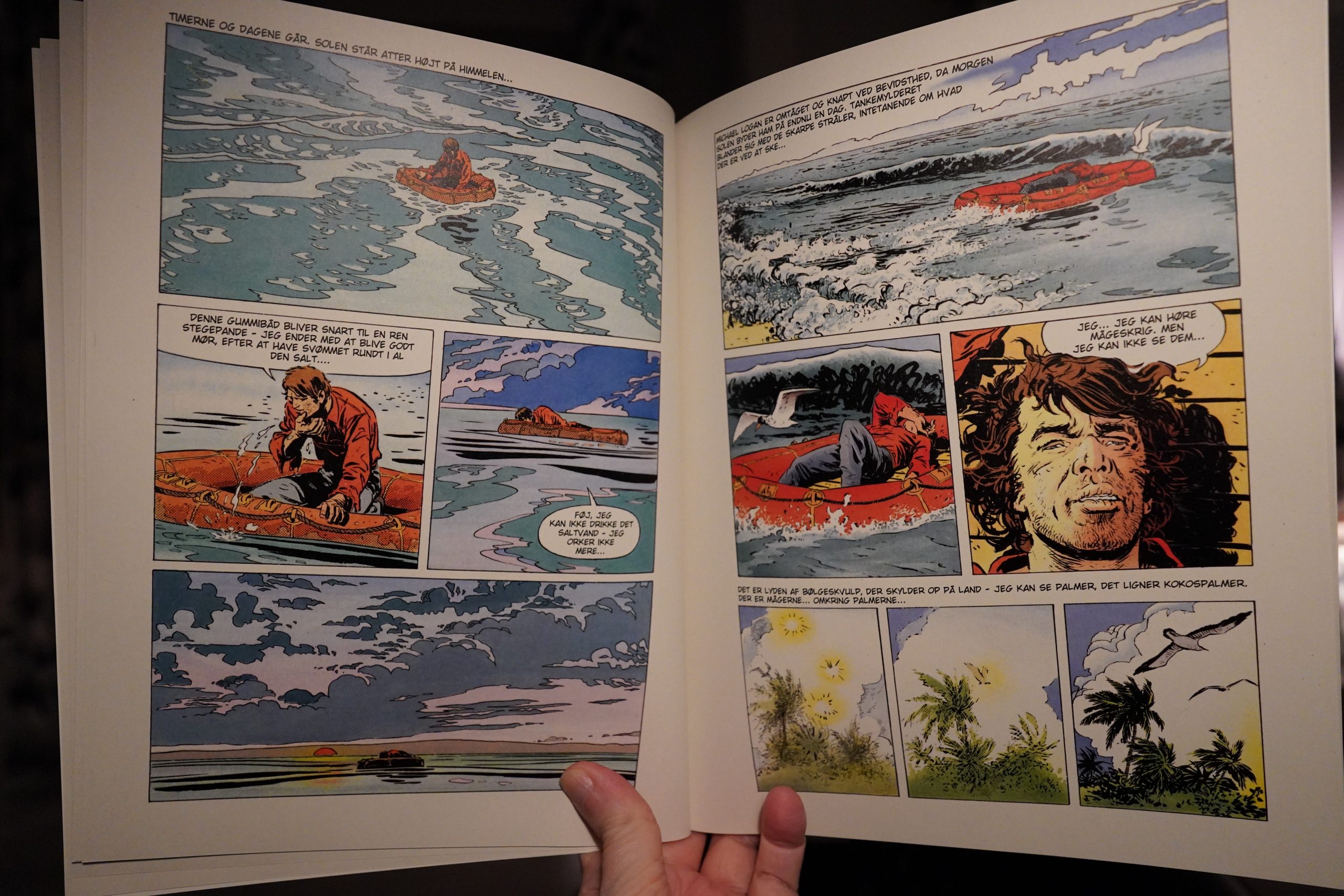
This album has two ~20 page … er… pieces; I hesitate to call them stories. In the first one, some criminals attack some guy, and then our hero makes them run away, and then the piece ends. In the second piece, our hero shipwrecks, meets an elusive hermit, and is then found by some other guys, and the piece ends.
Apparently Beautemps wrote the first few Michaël Logan things himself, and then Van Hamme took over, for reasons that seem pretty obvious after reading this album.
I’m rather intrigued by these non stories — makes me want to buy the other two albums they’ve published in Denmark (also Van Hamme free).
02:03: The End
But now I really have to go to bed.
That was a very varied bunch of comics, and more than a couple were duds. But there were also some brilliant comics in there, so good day, anyway.






